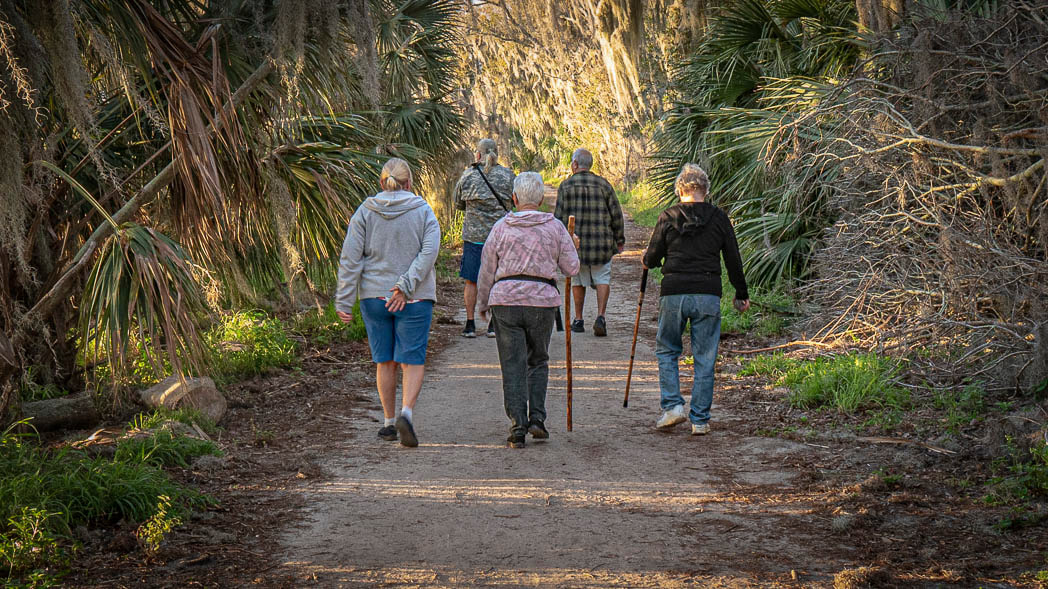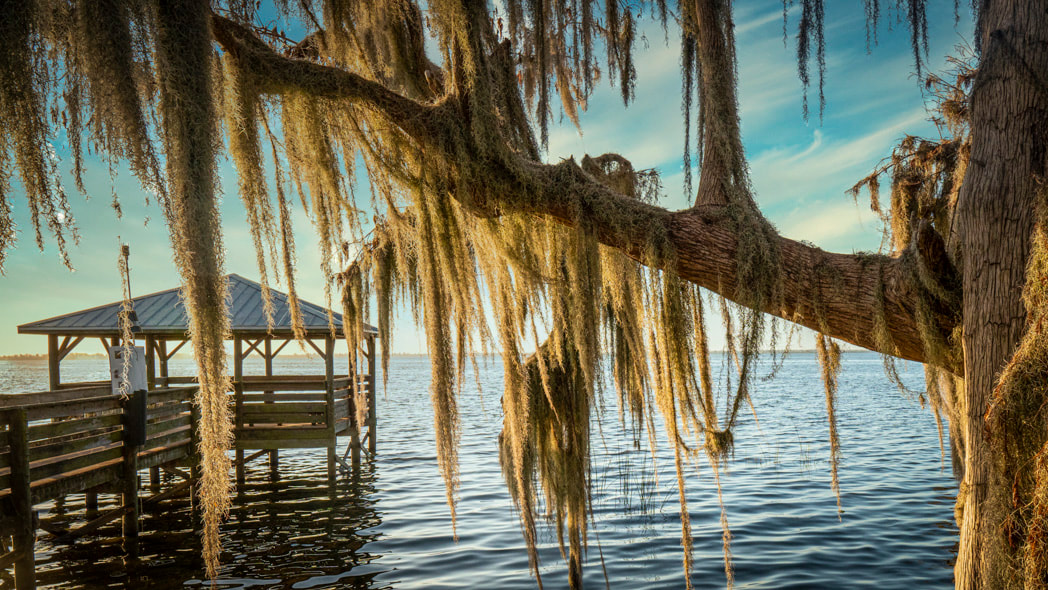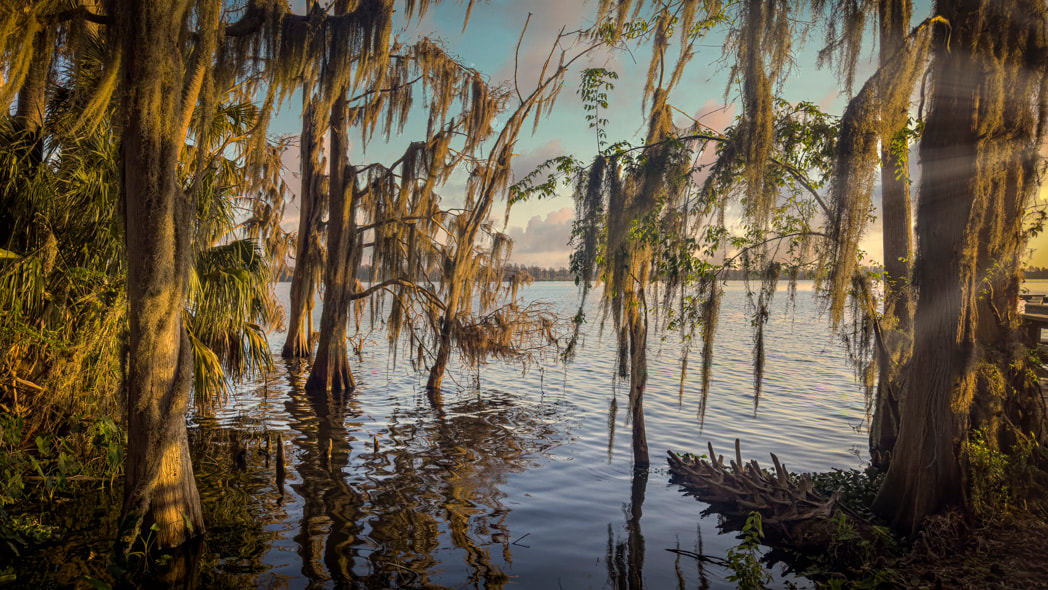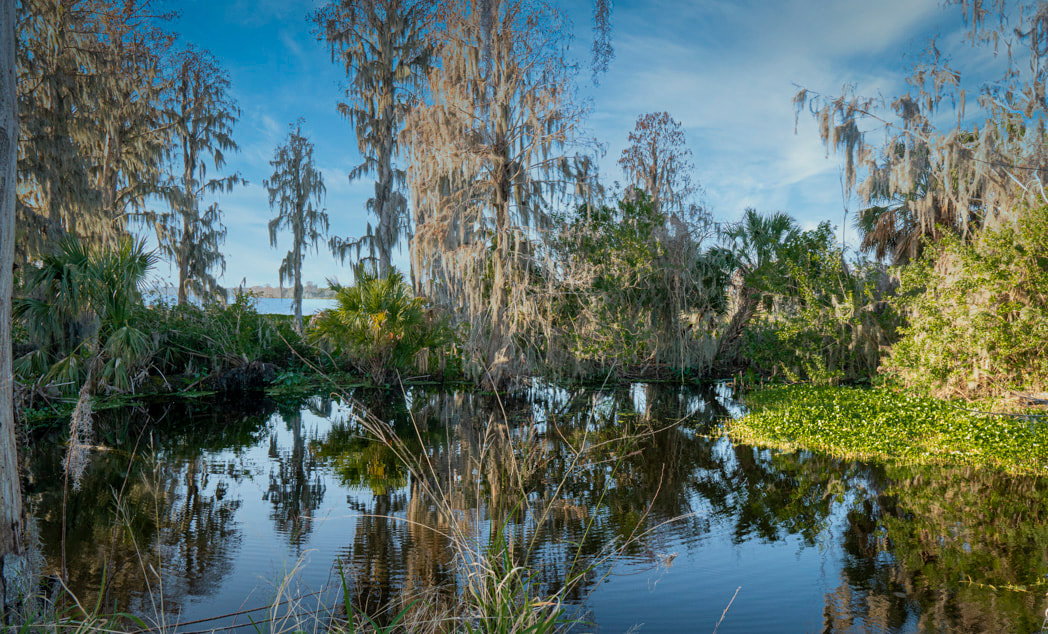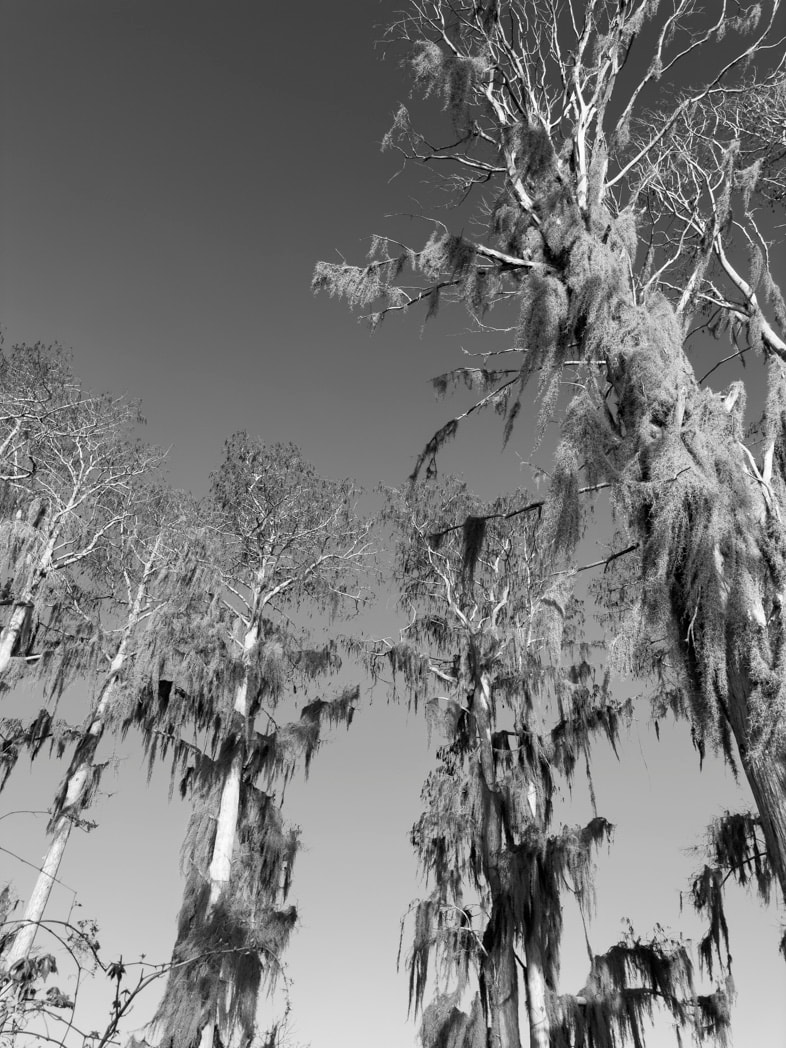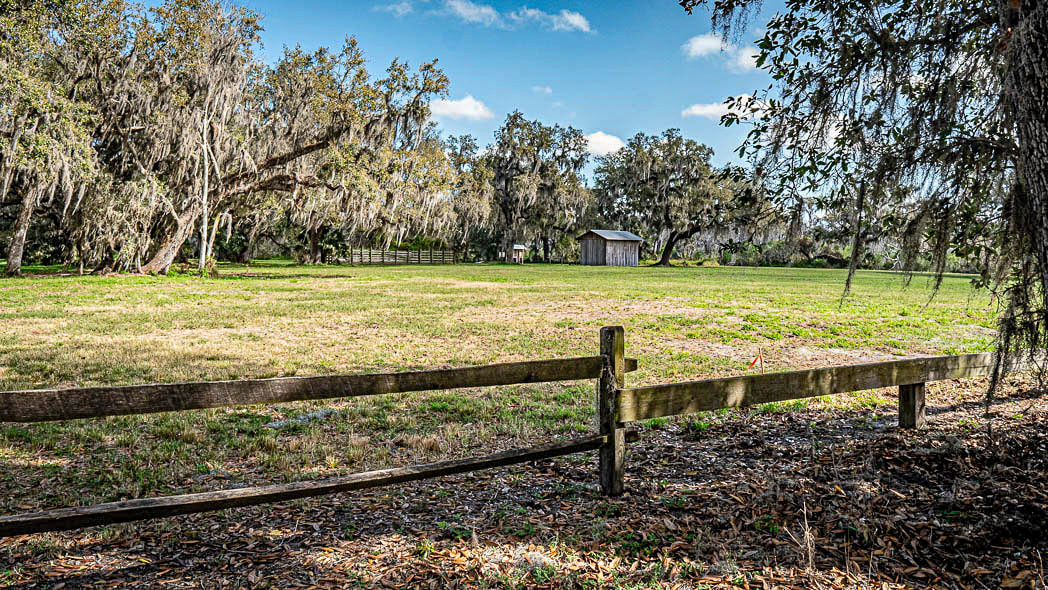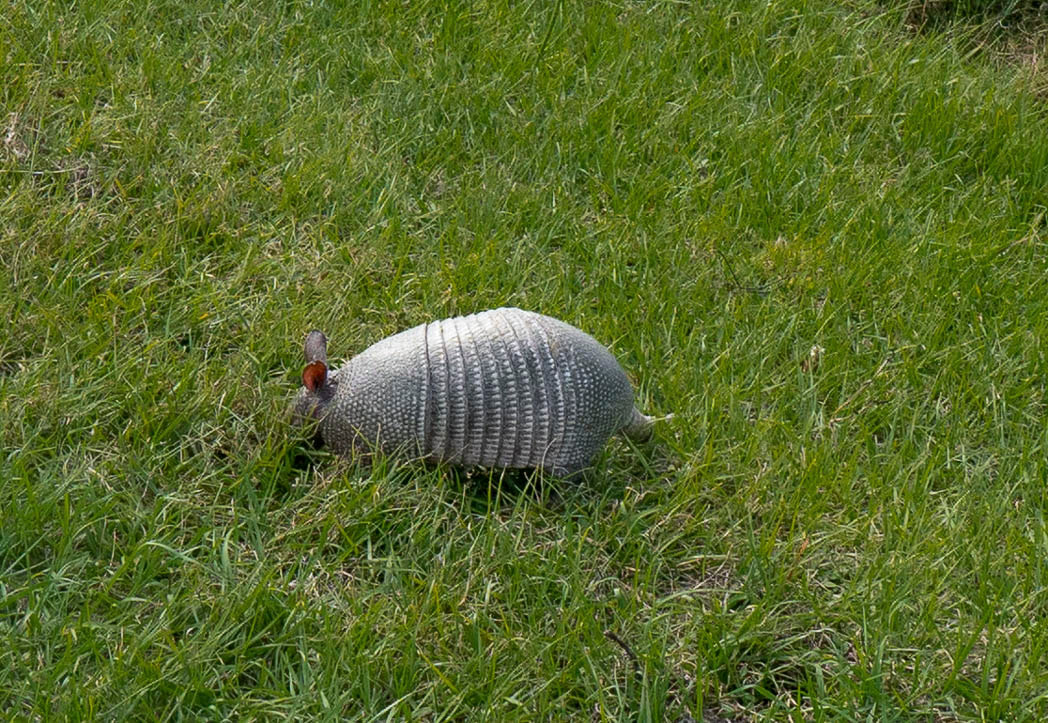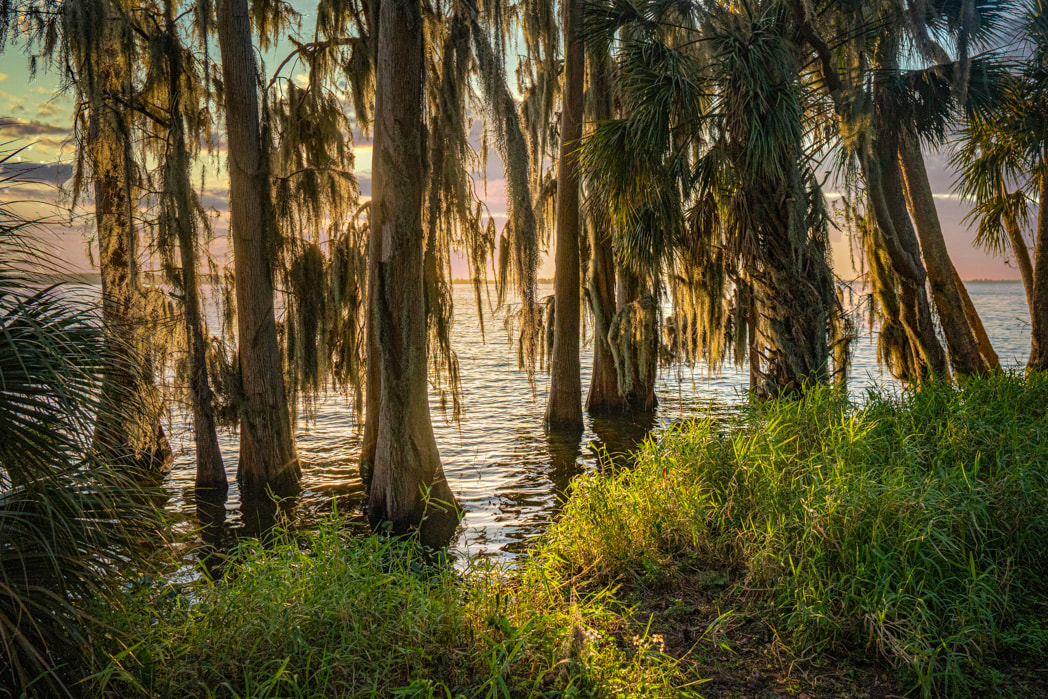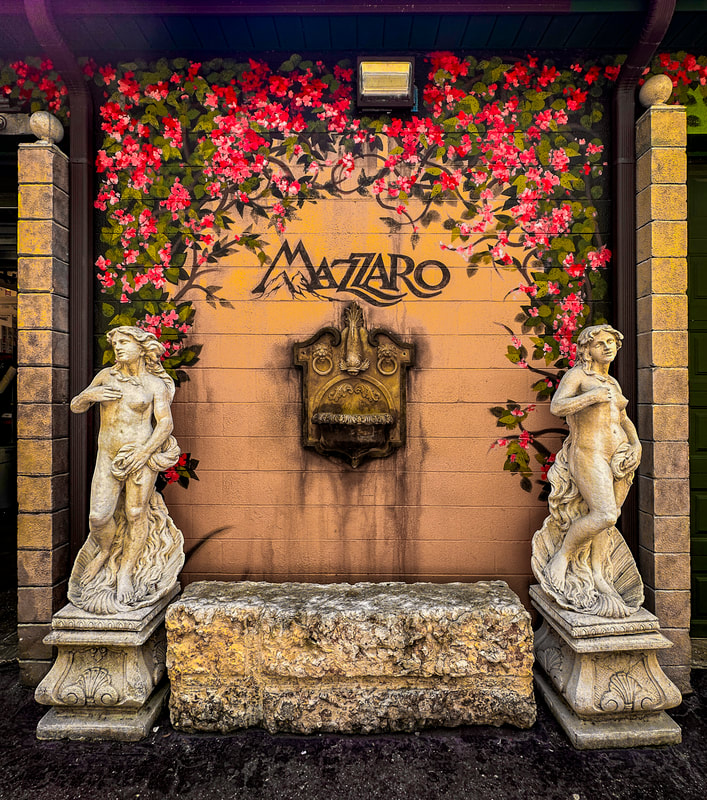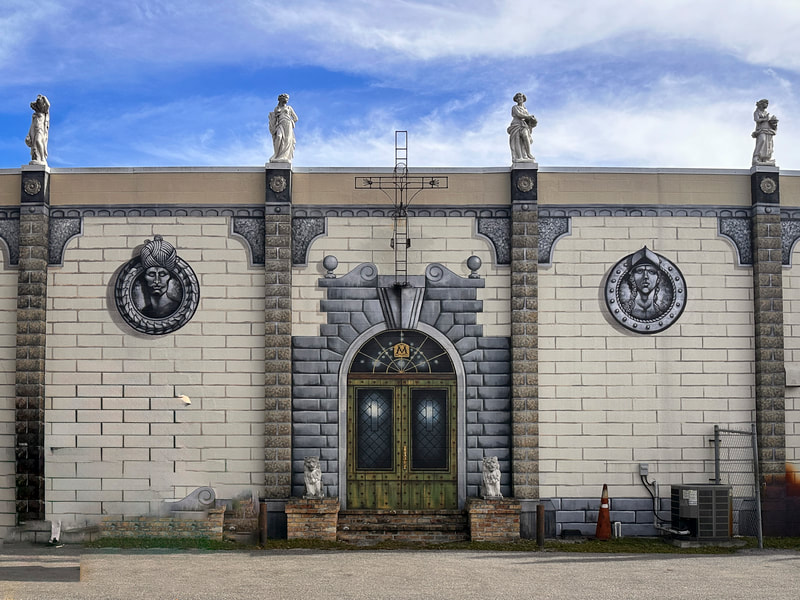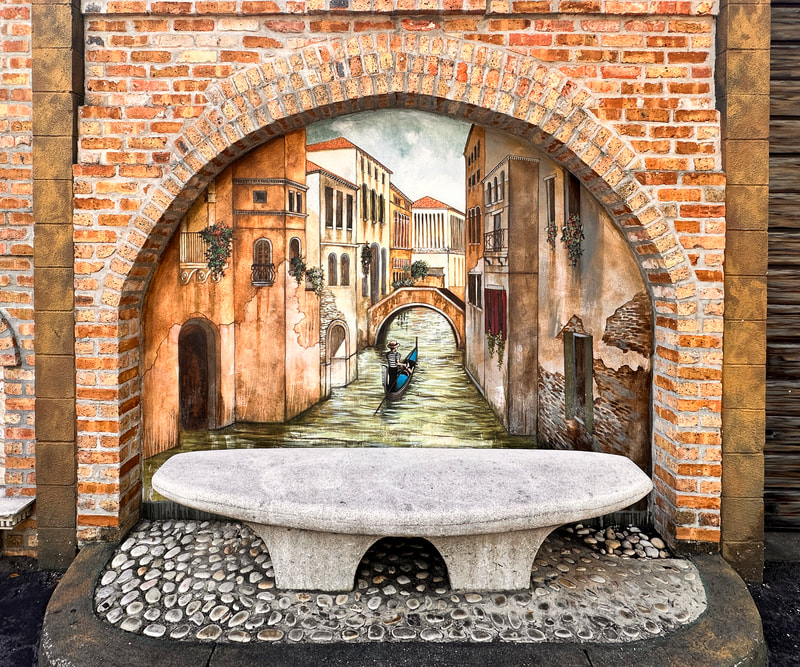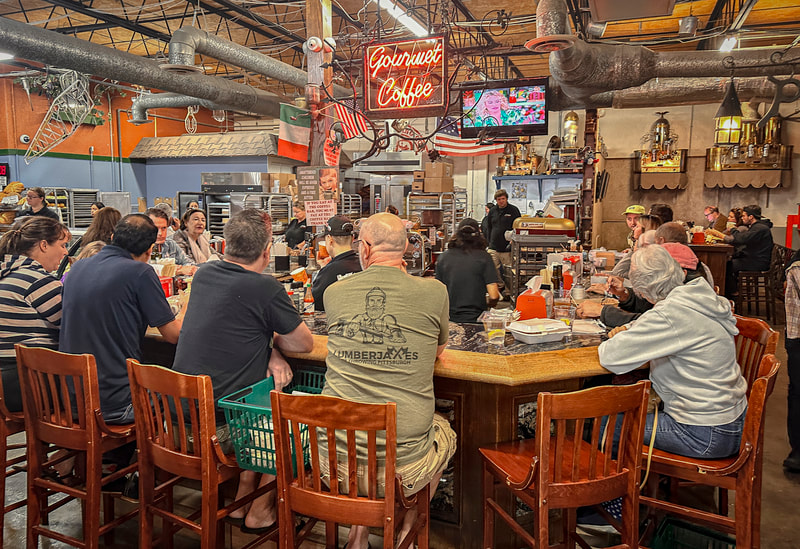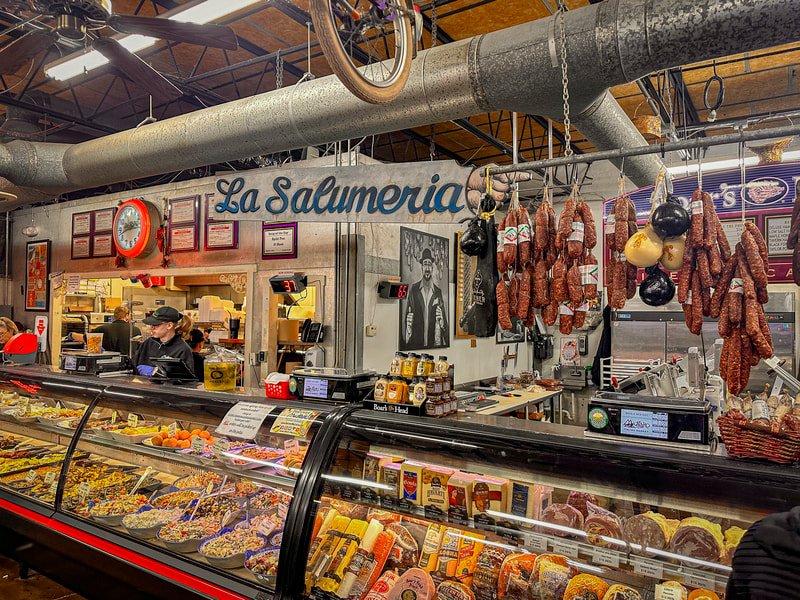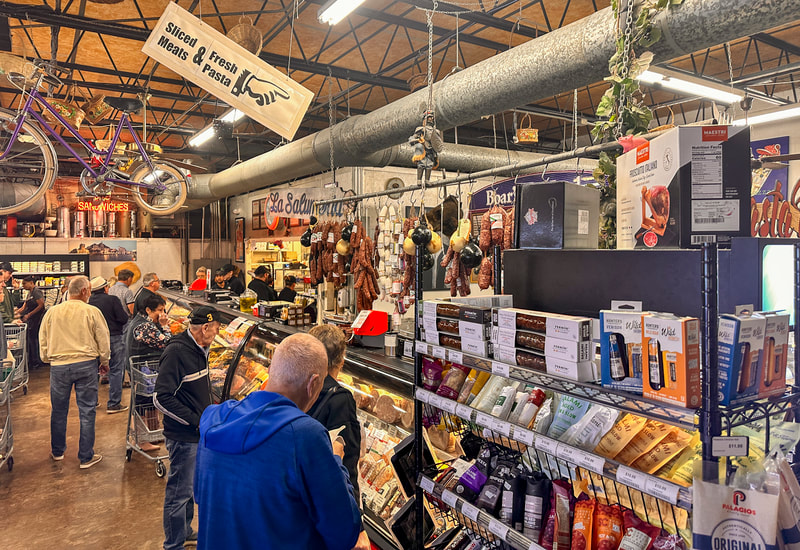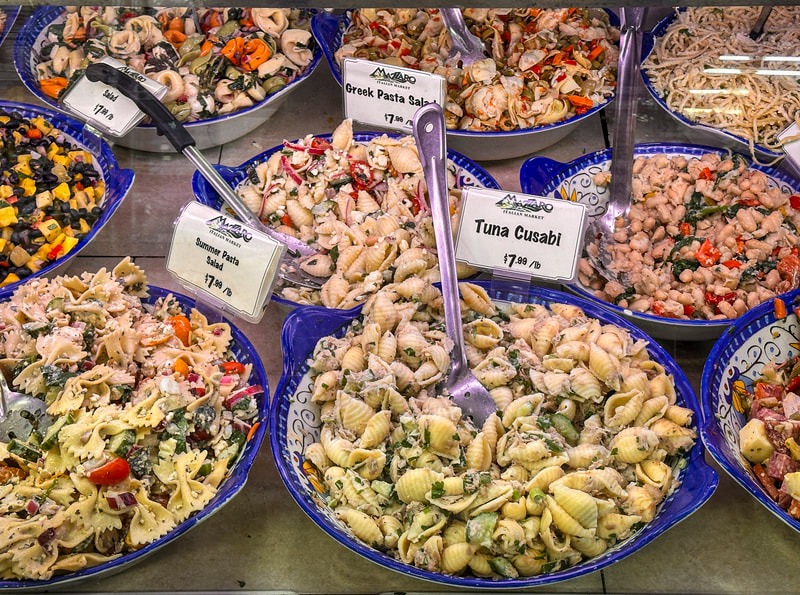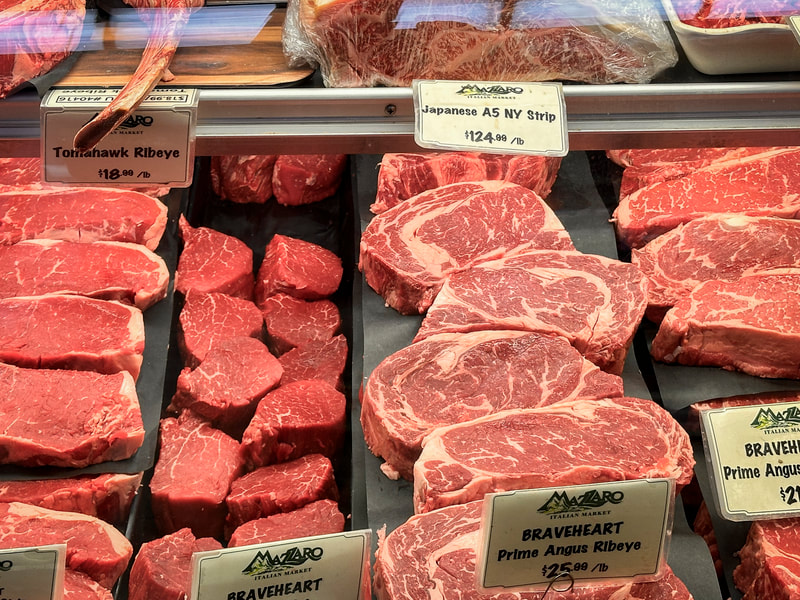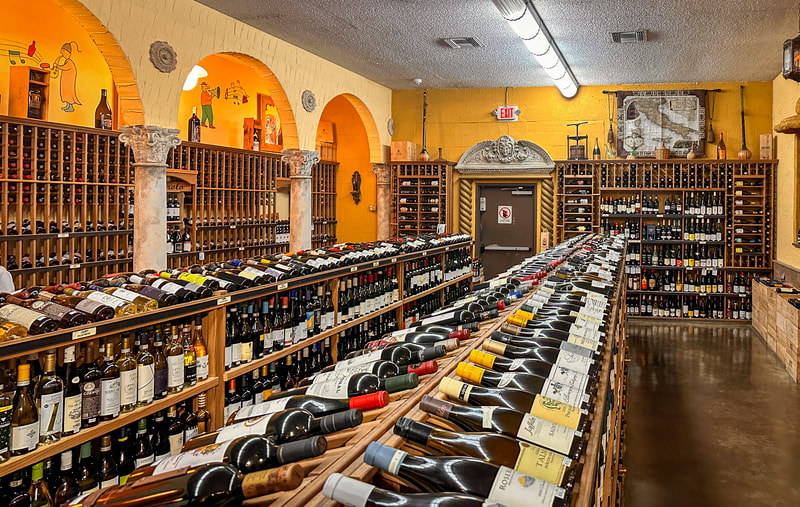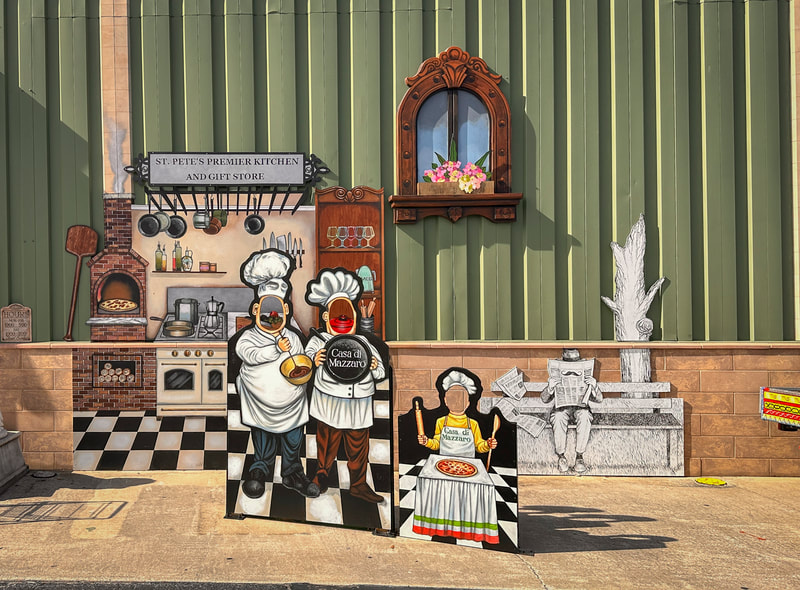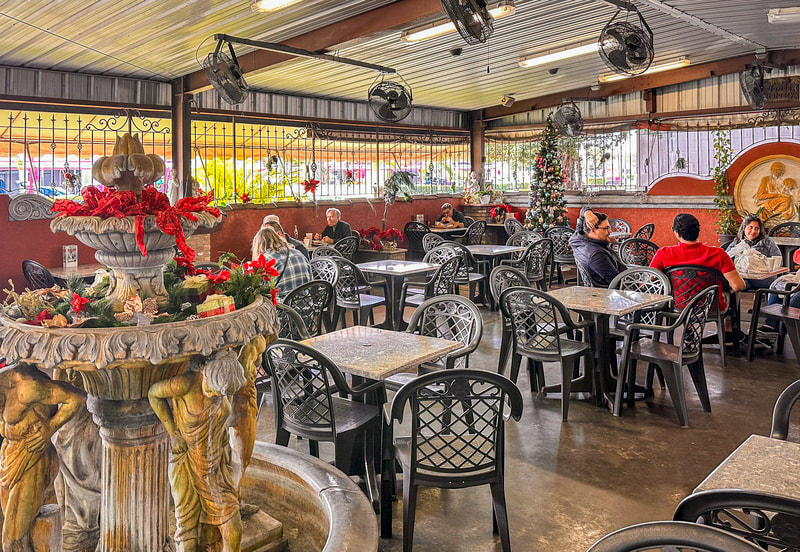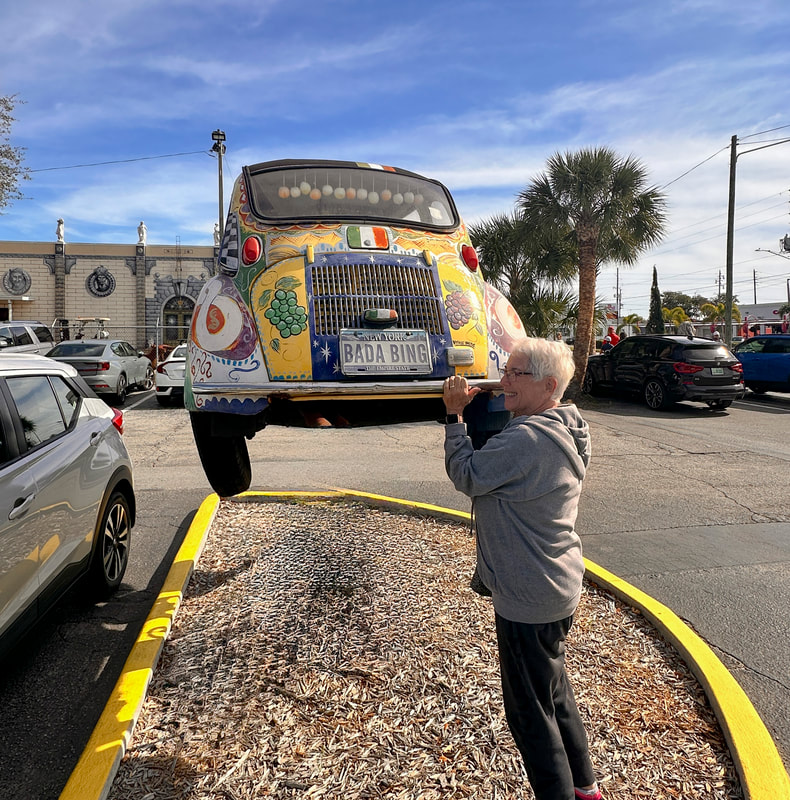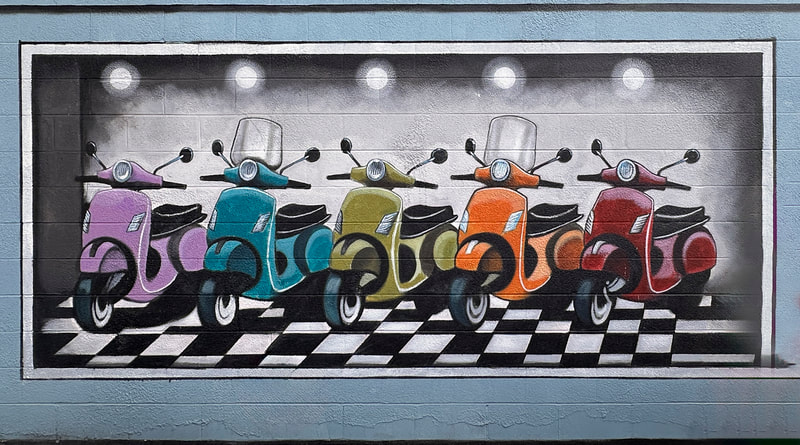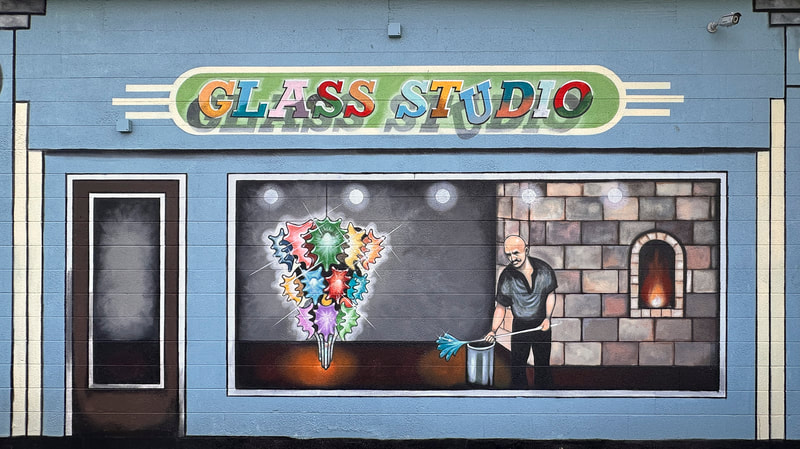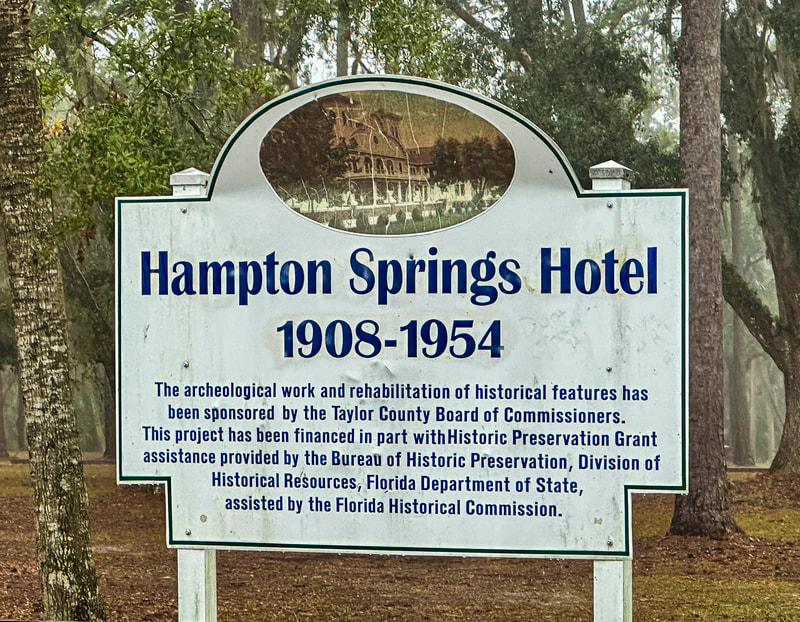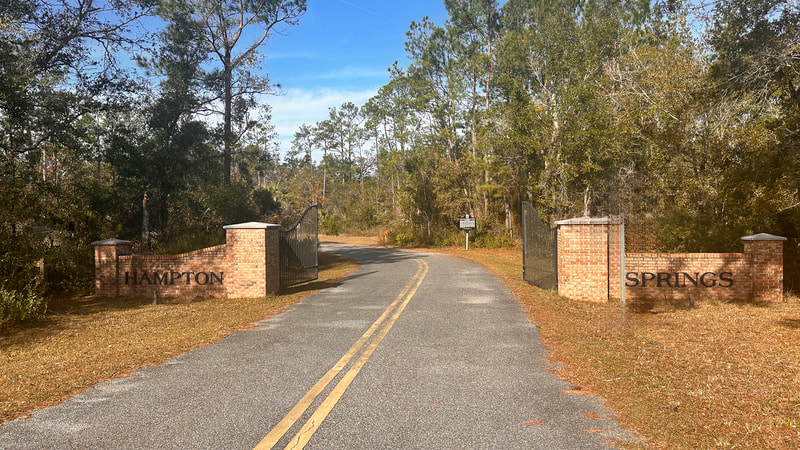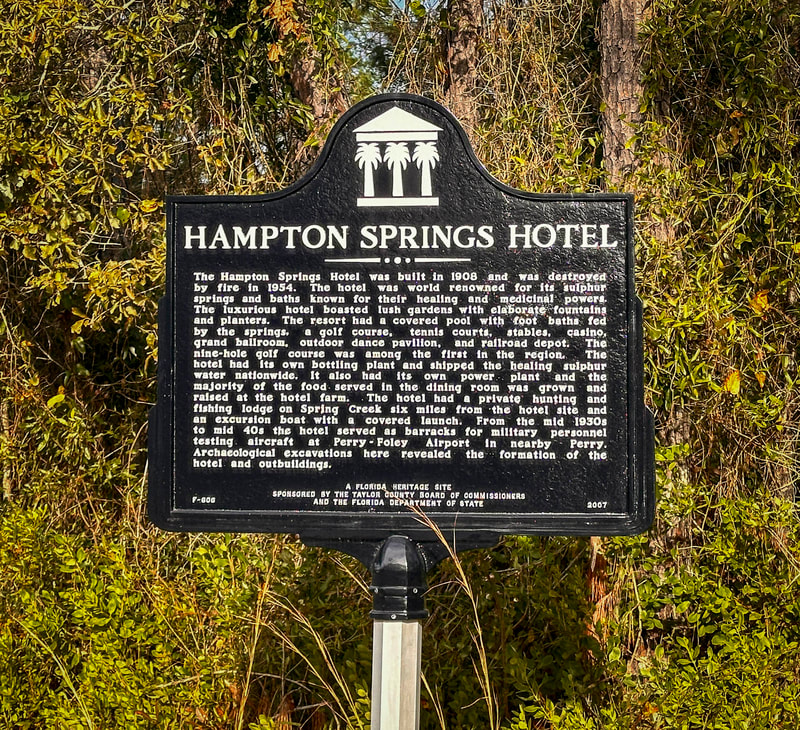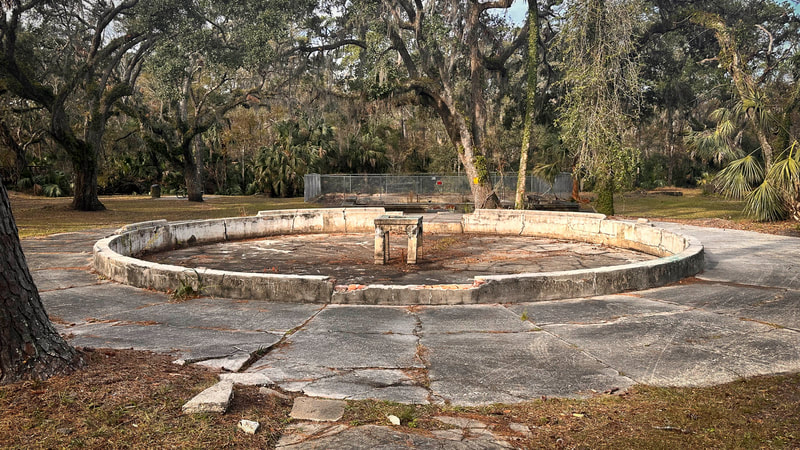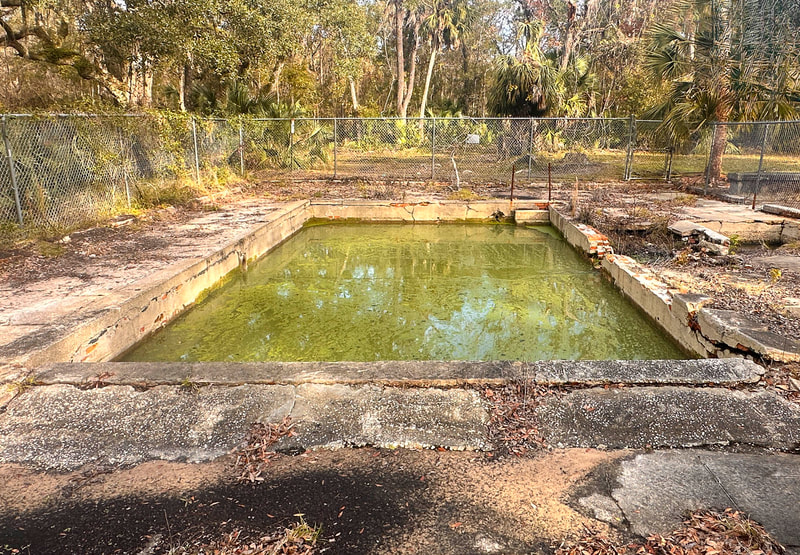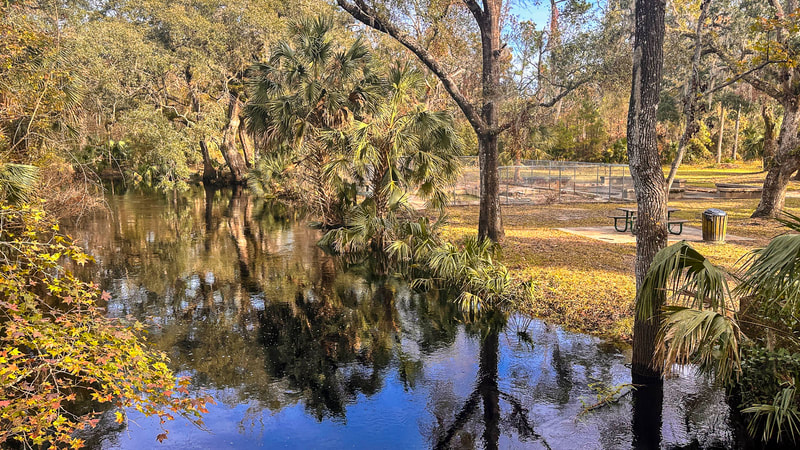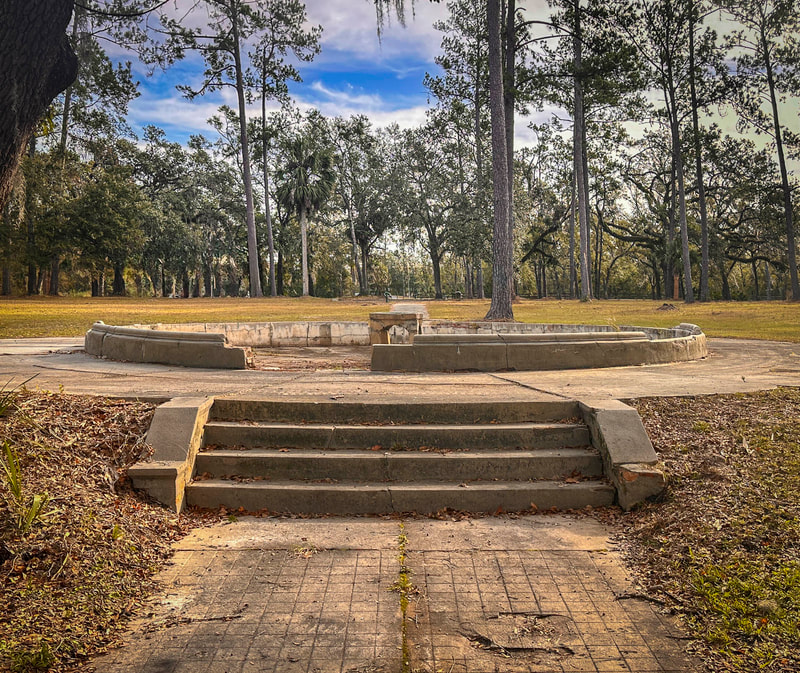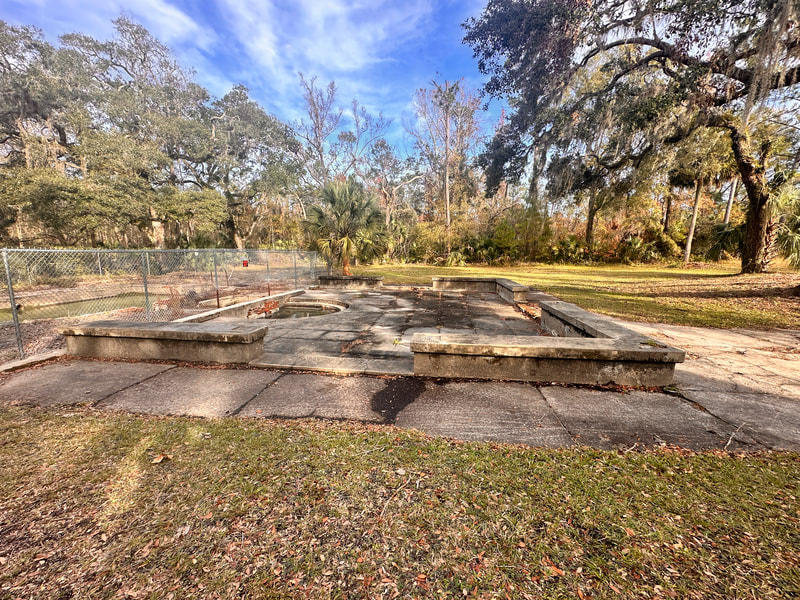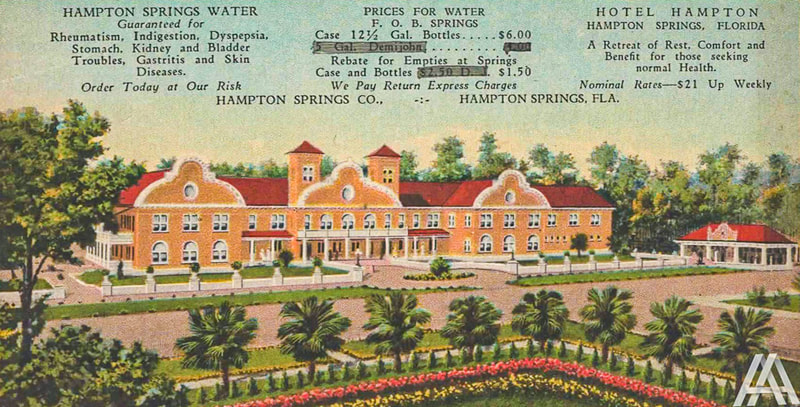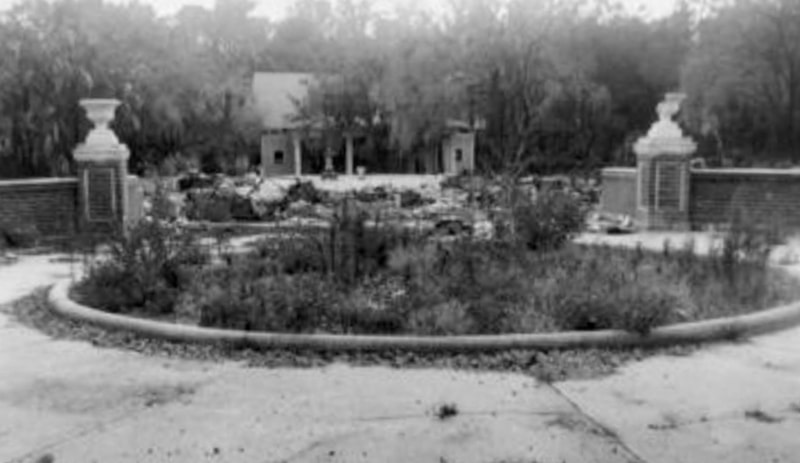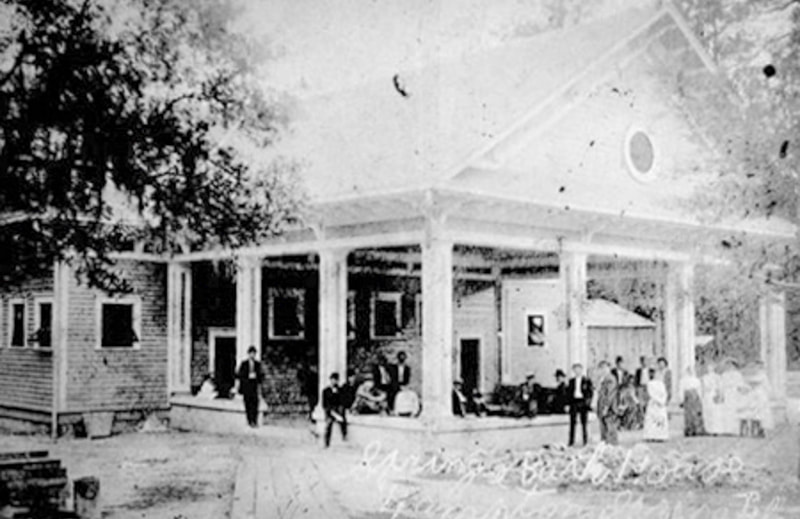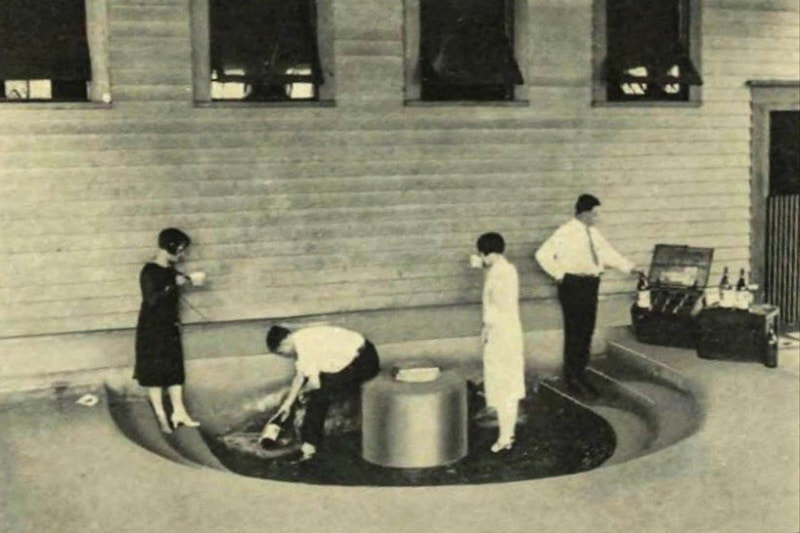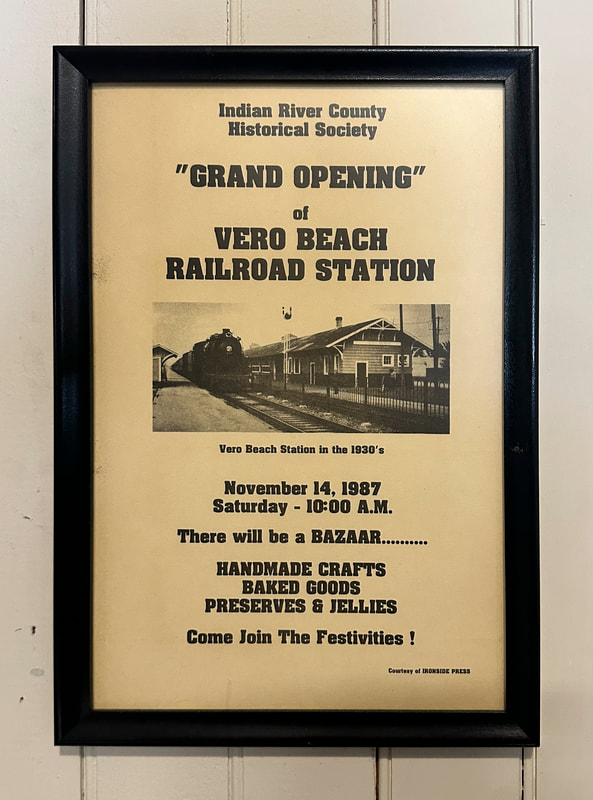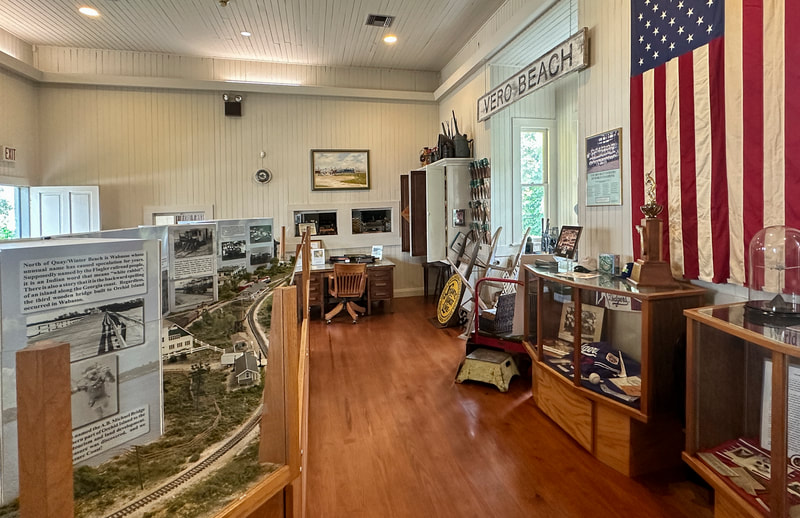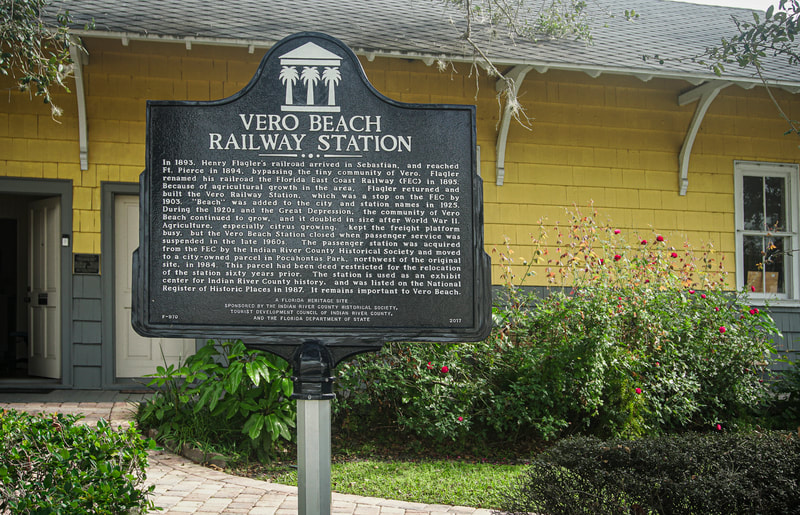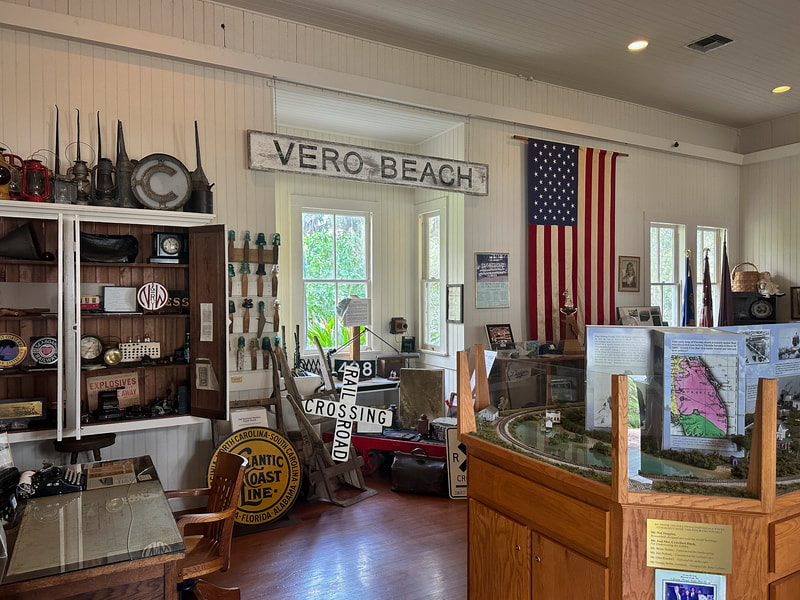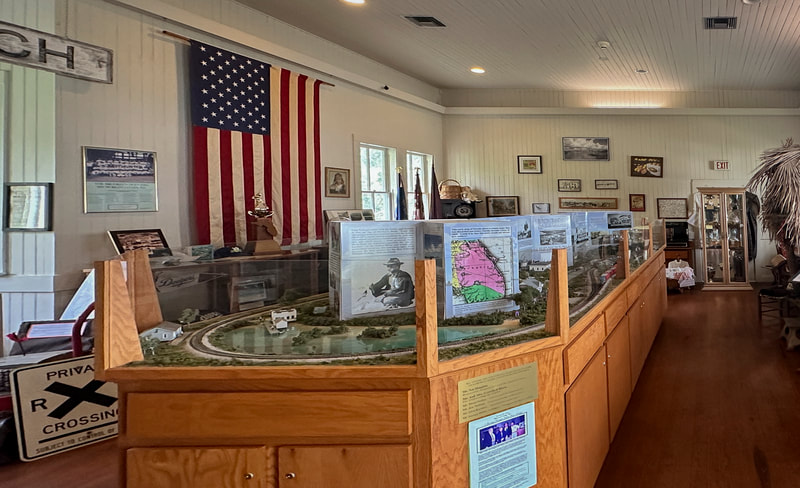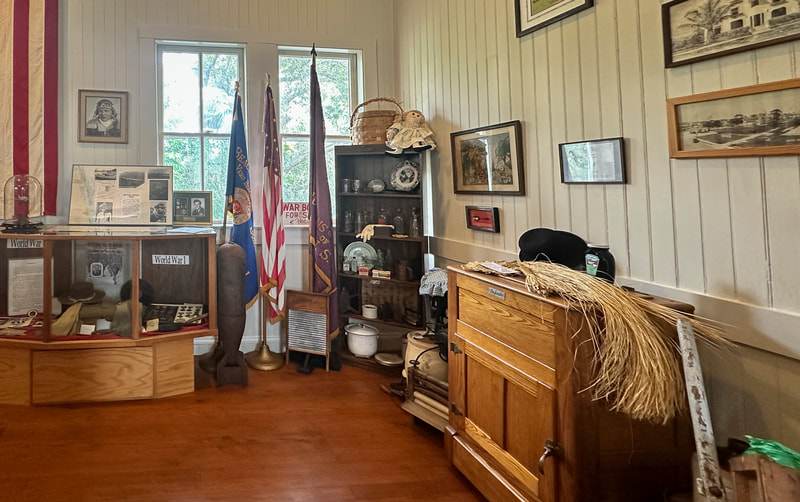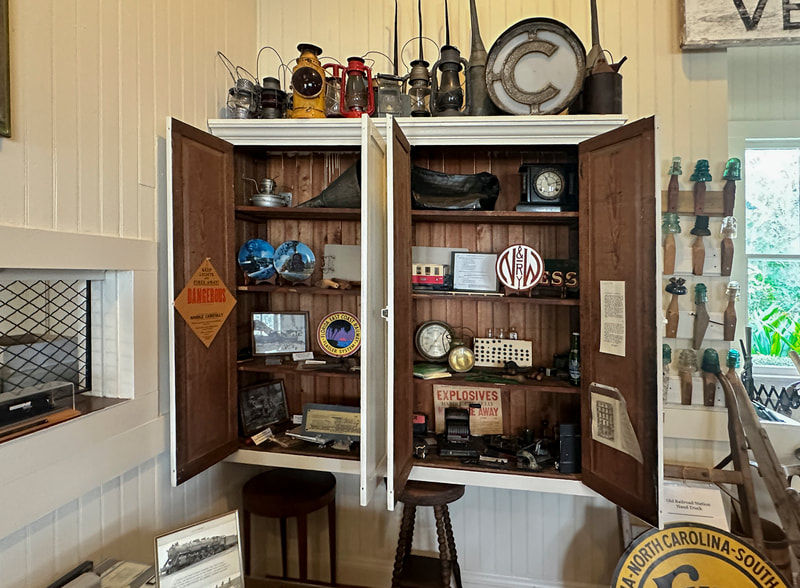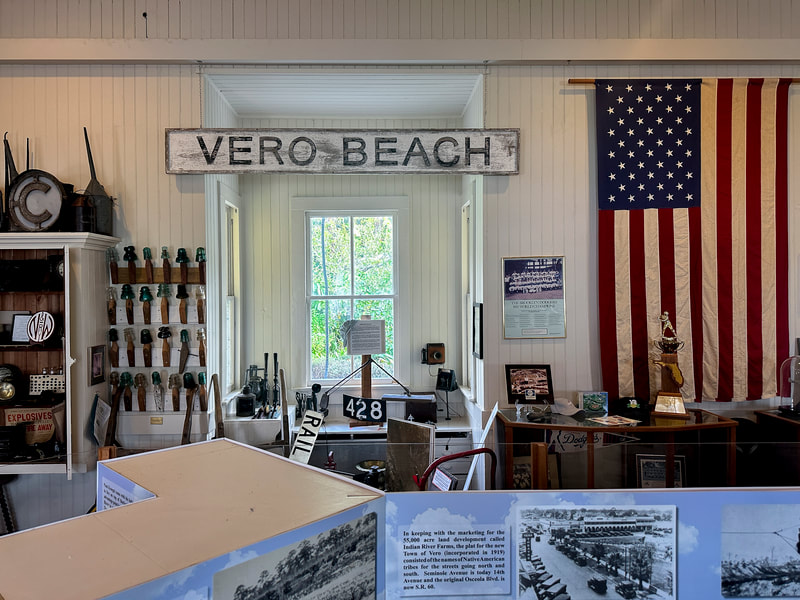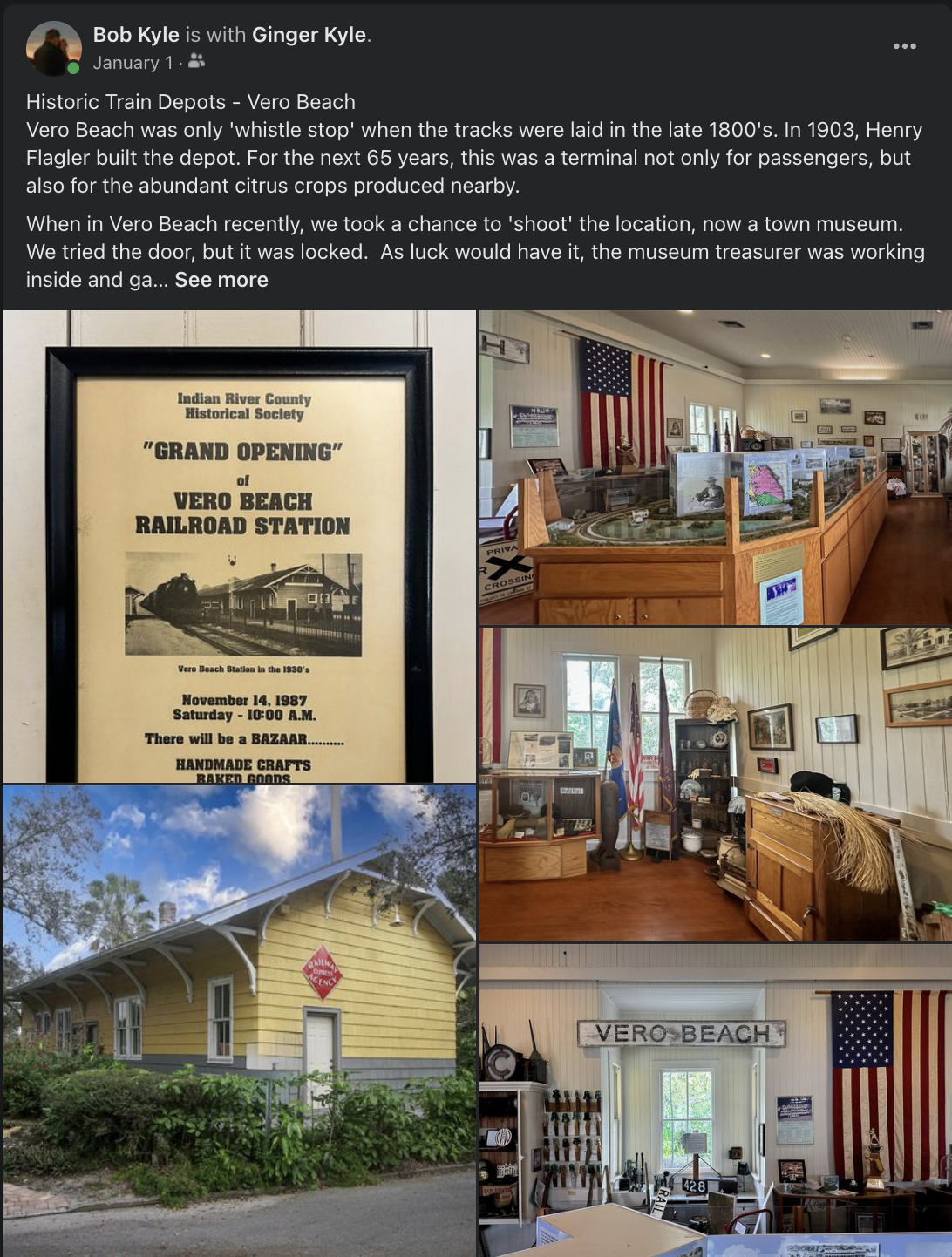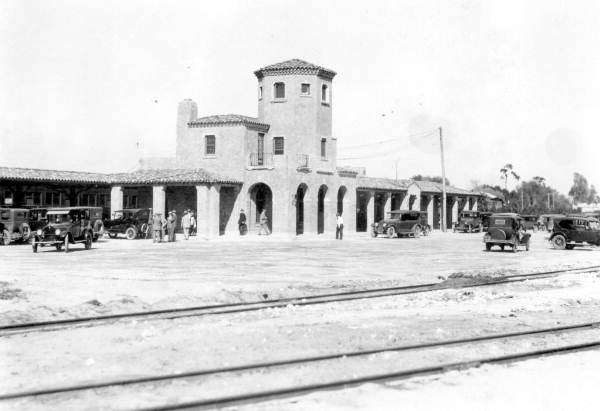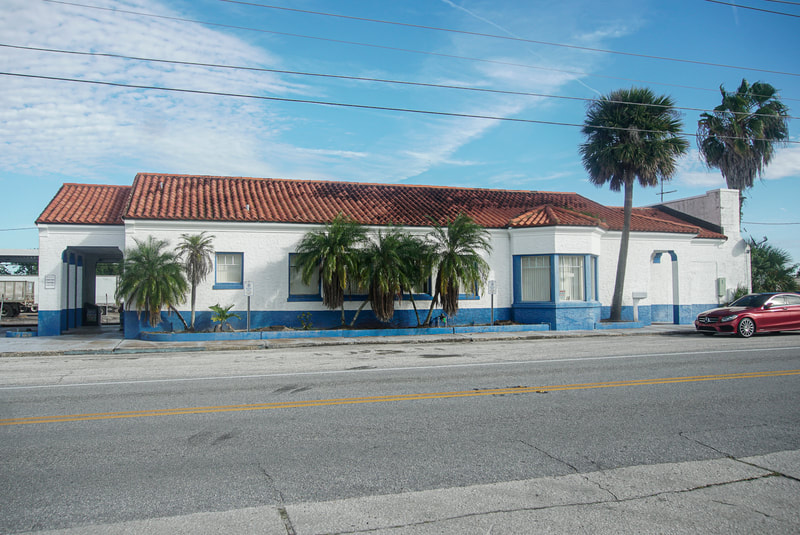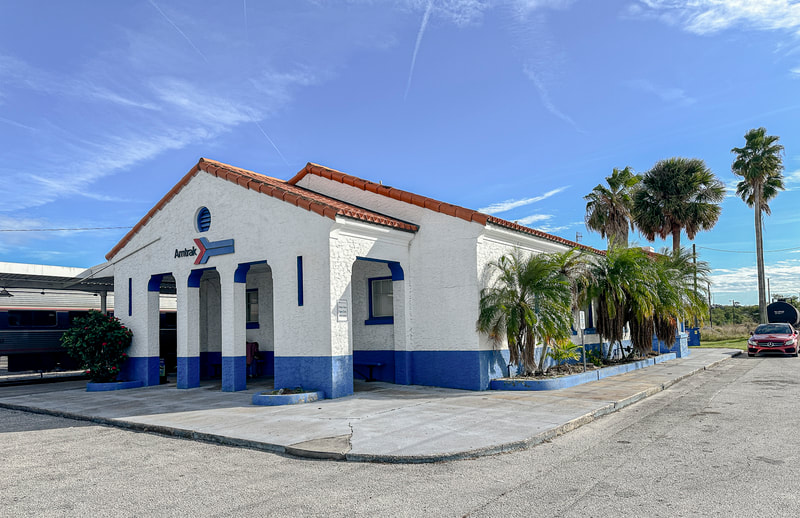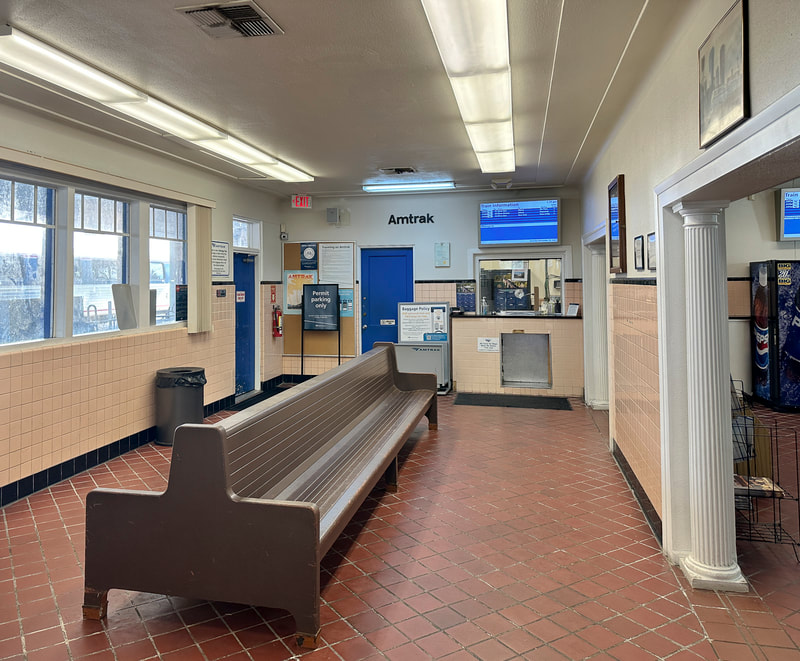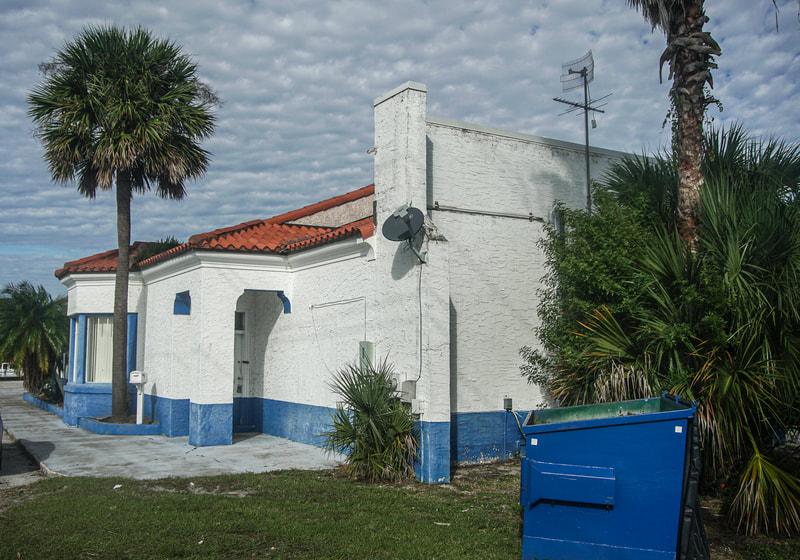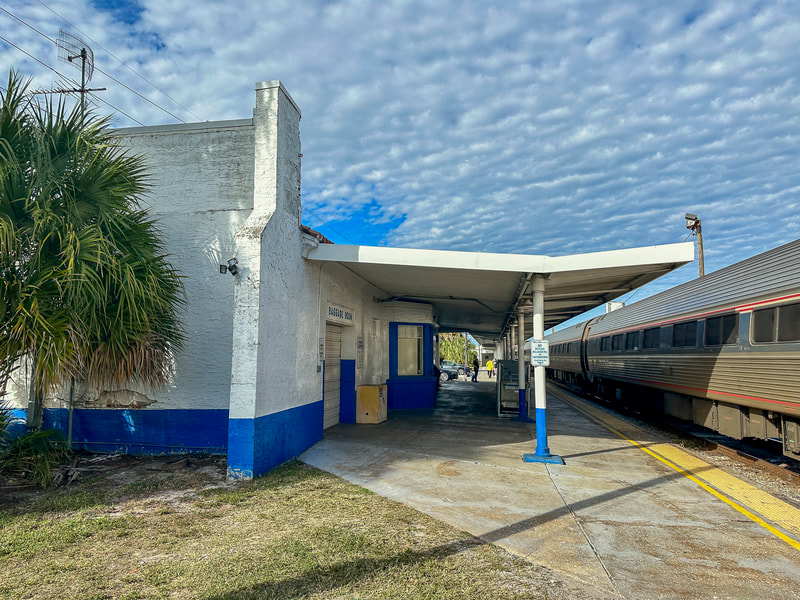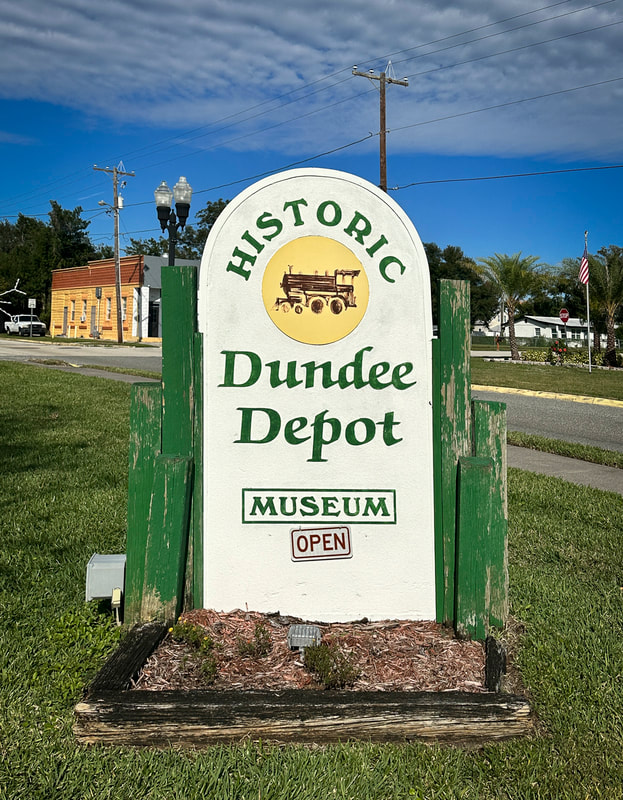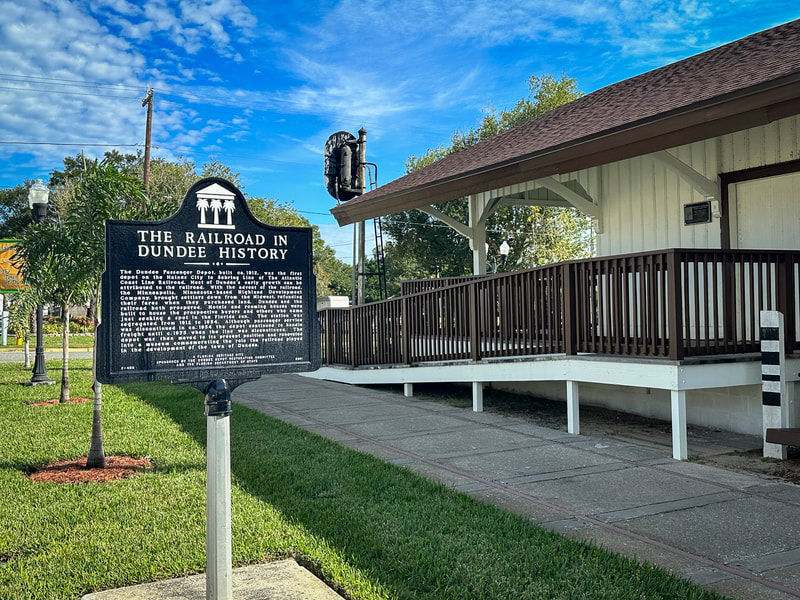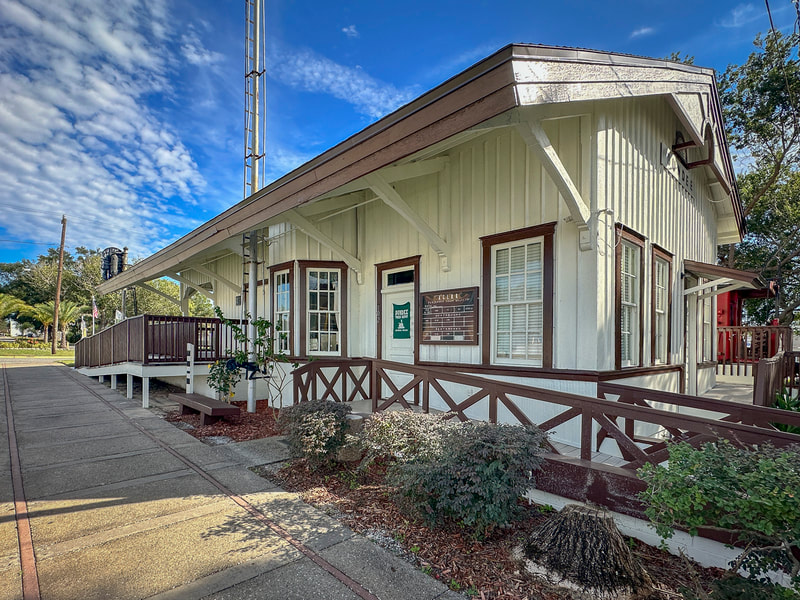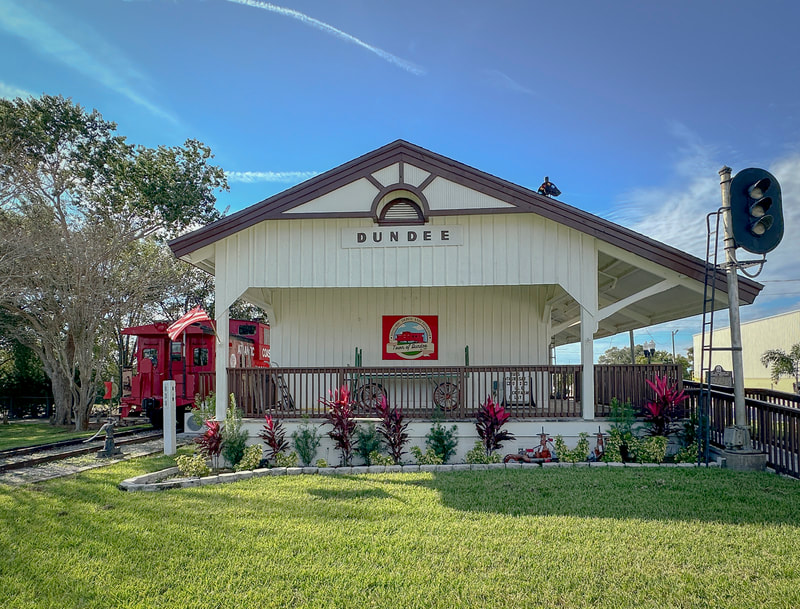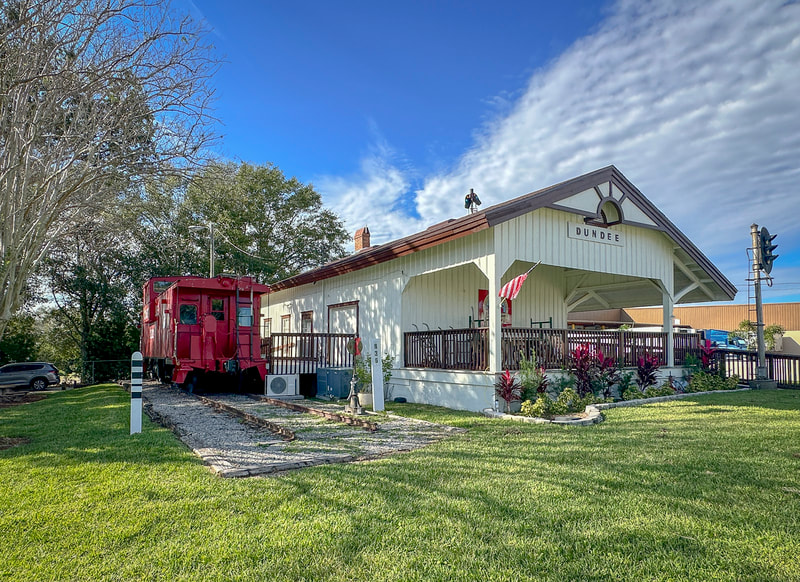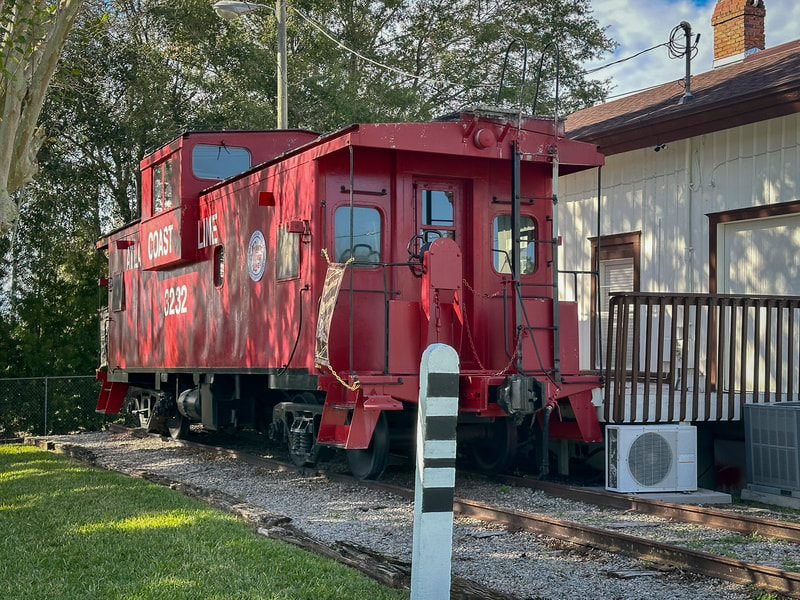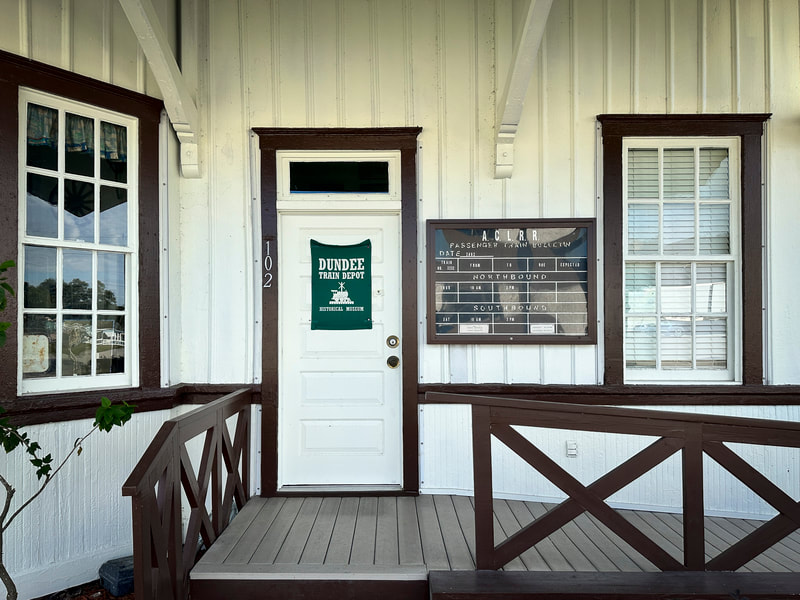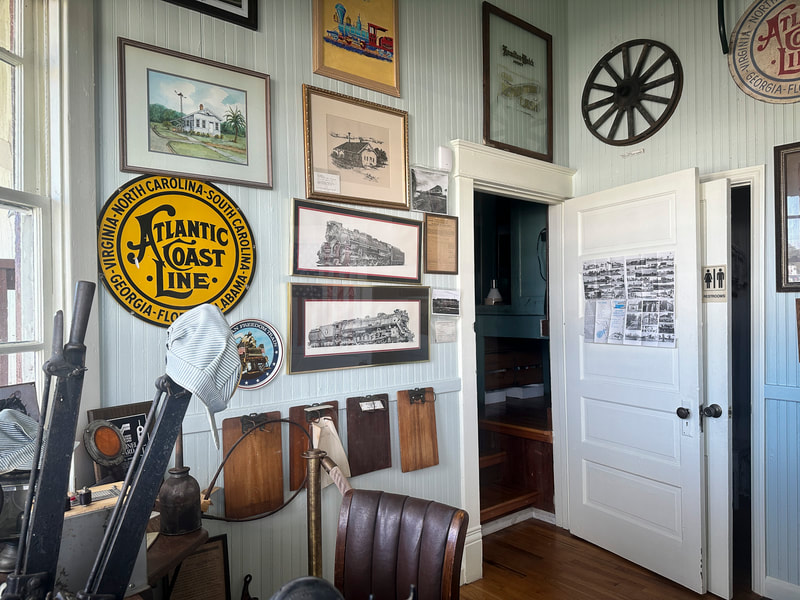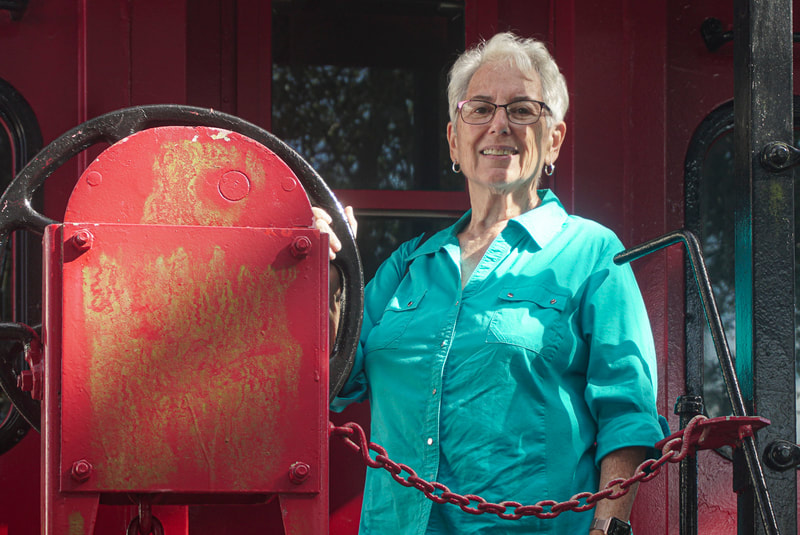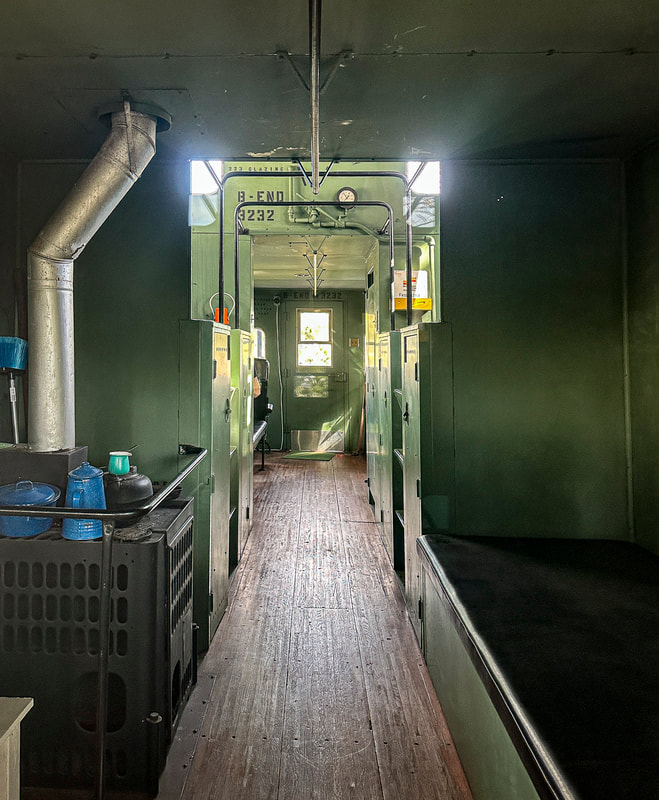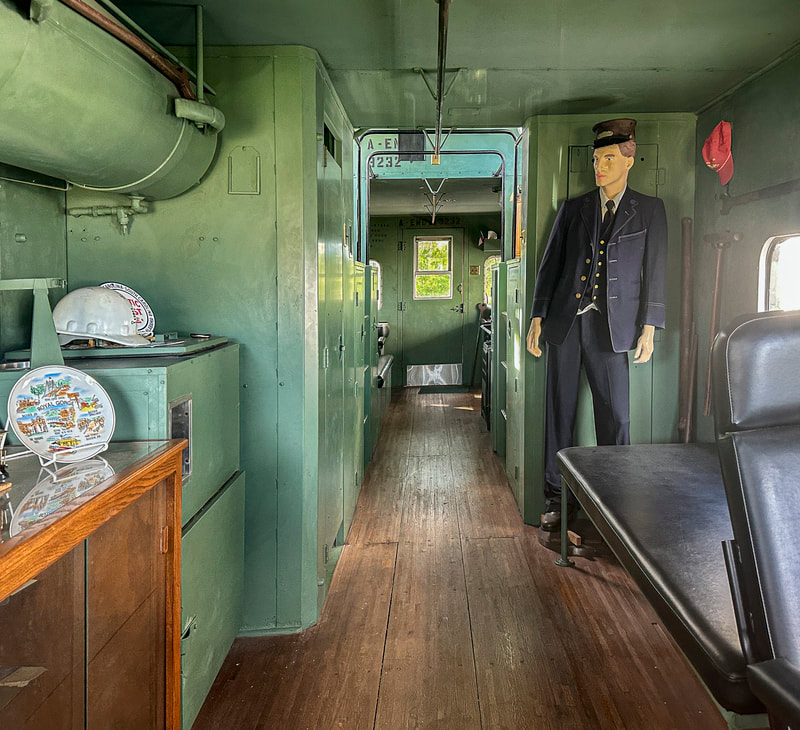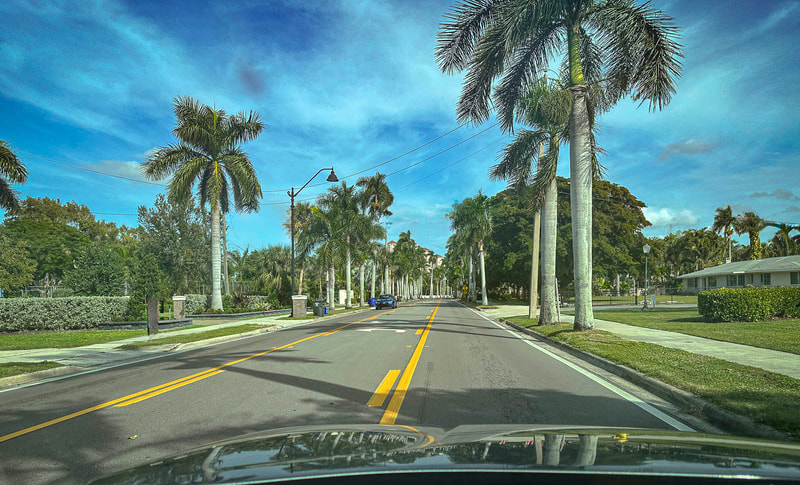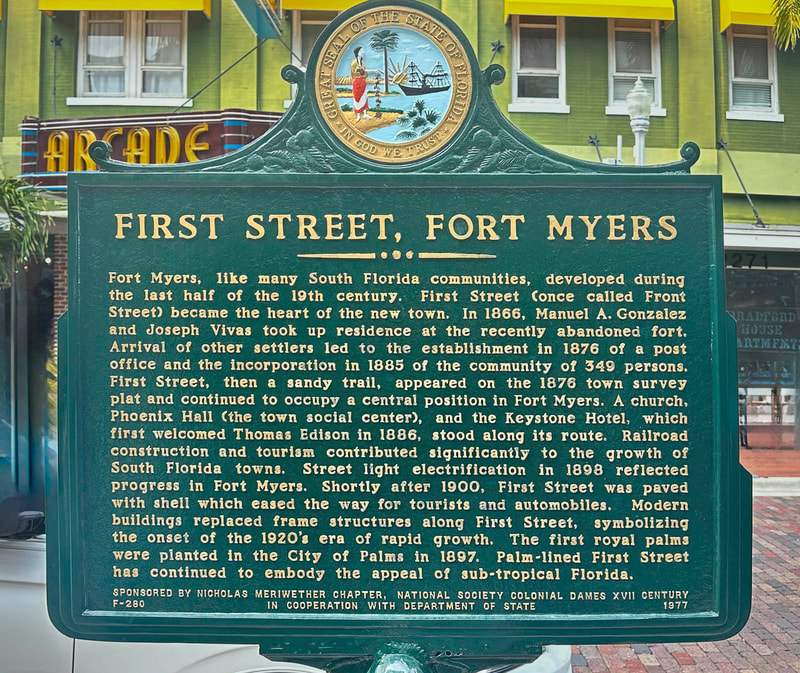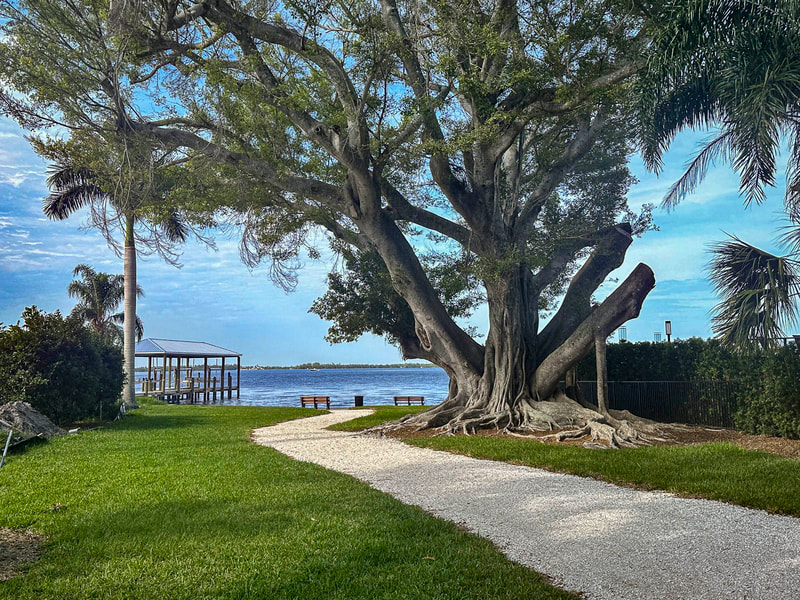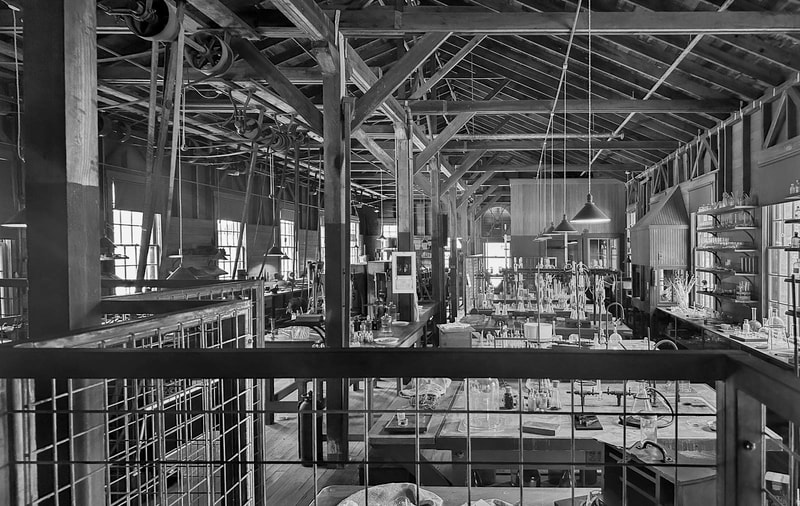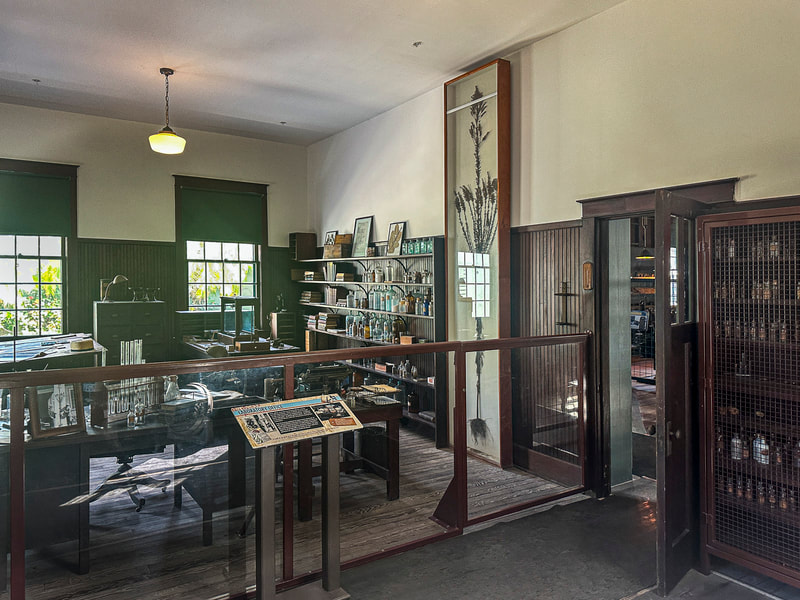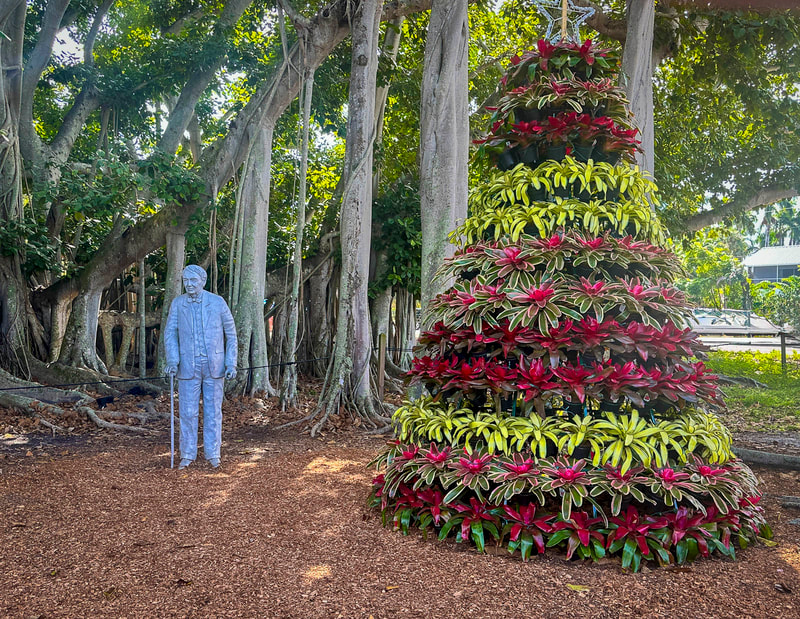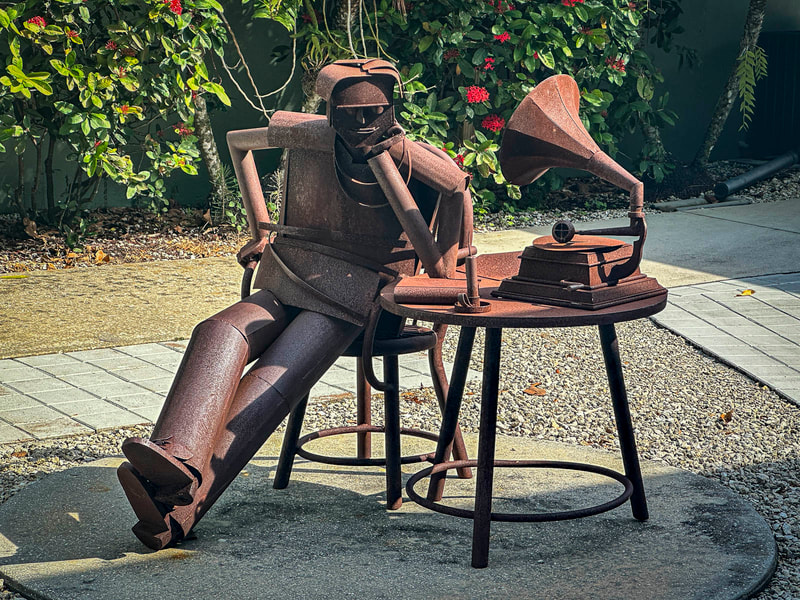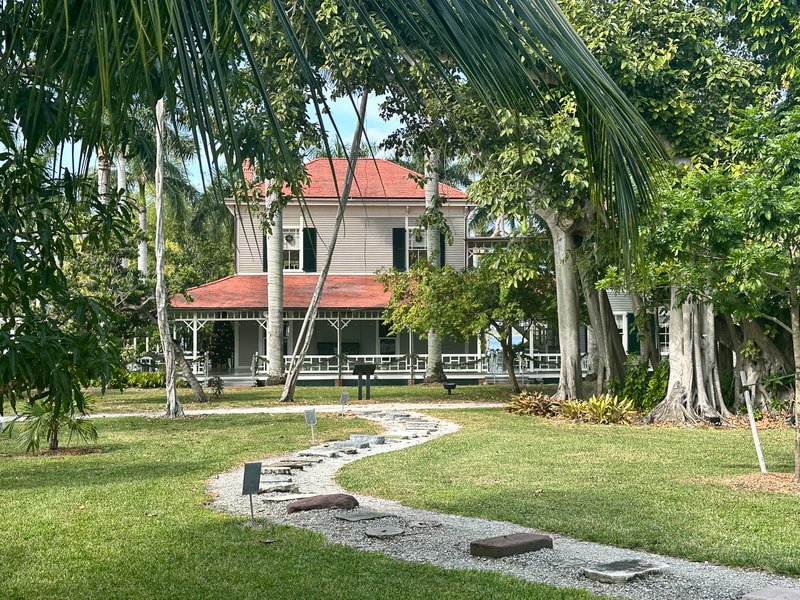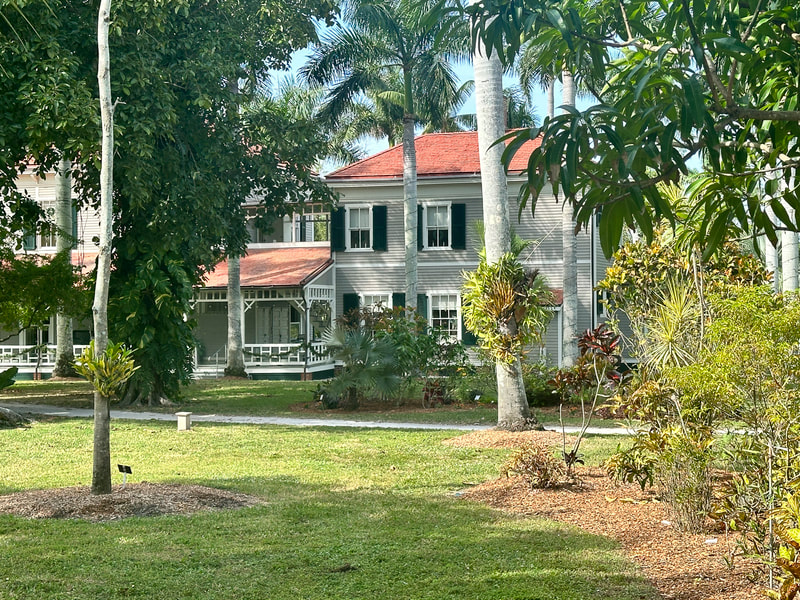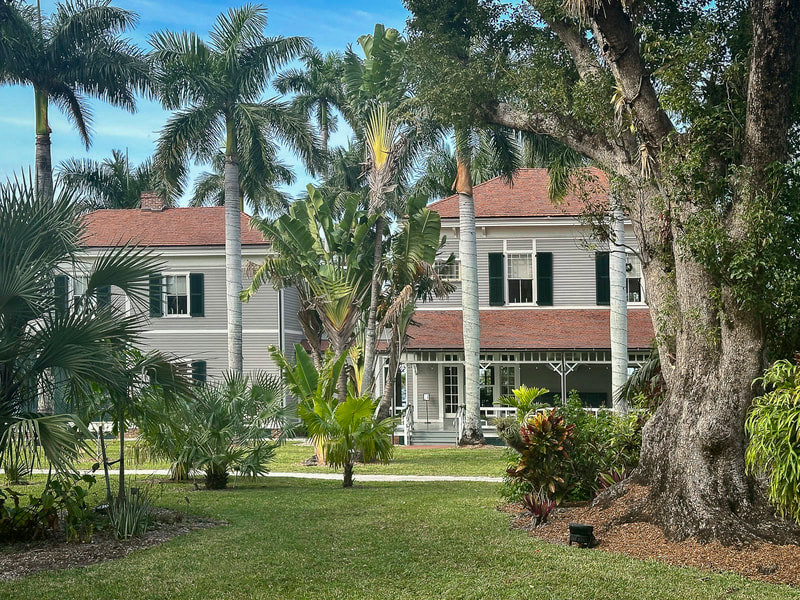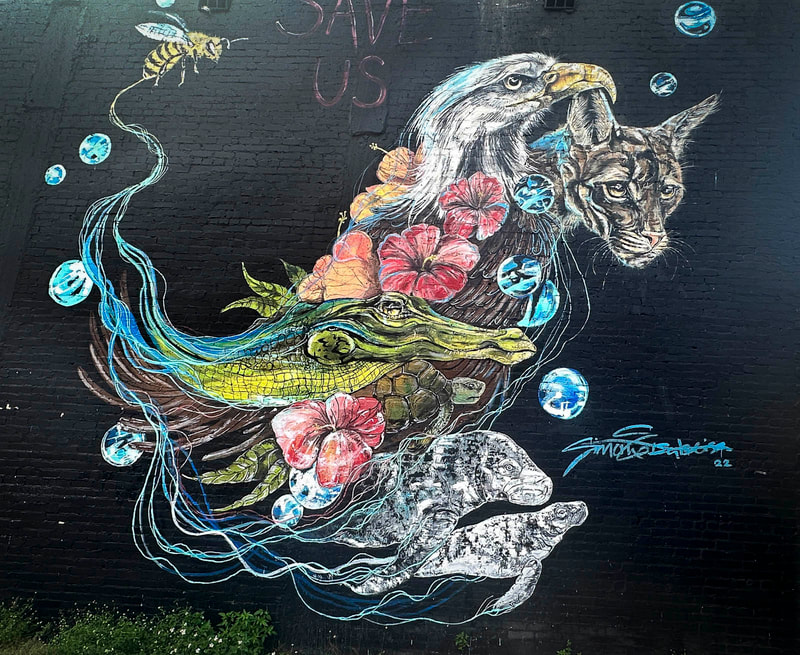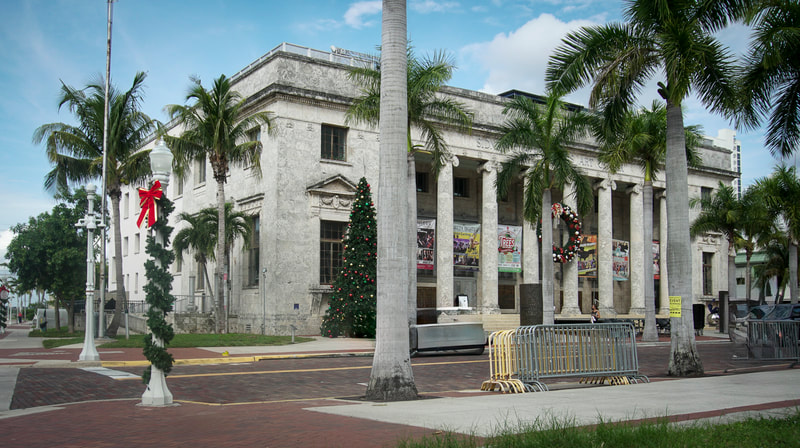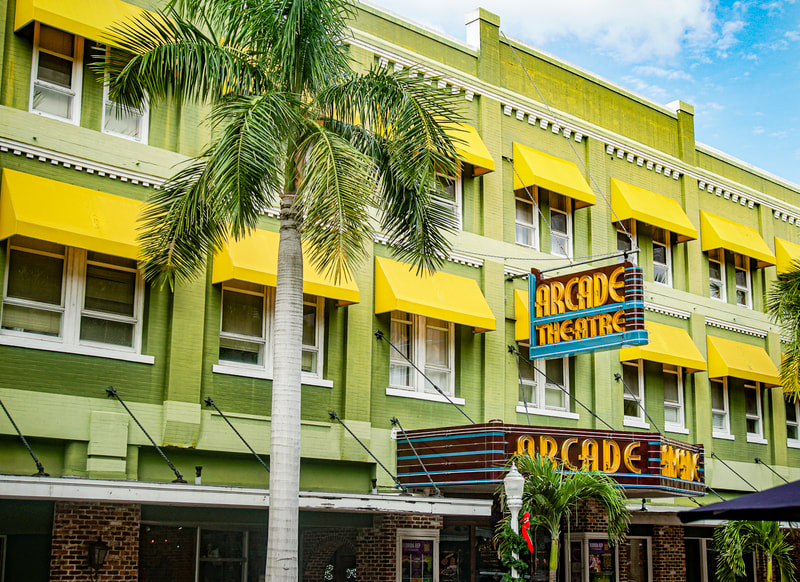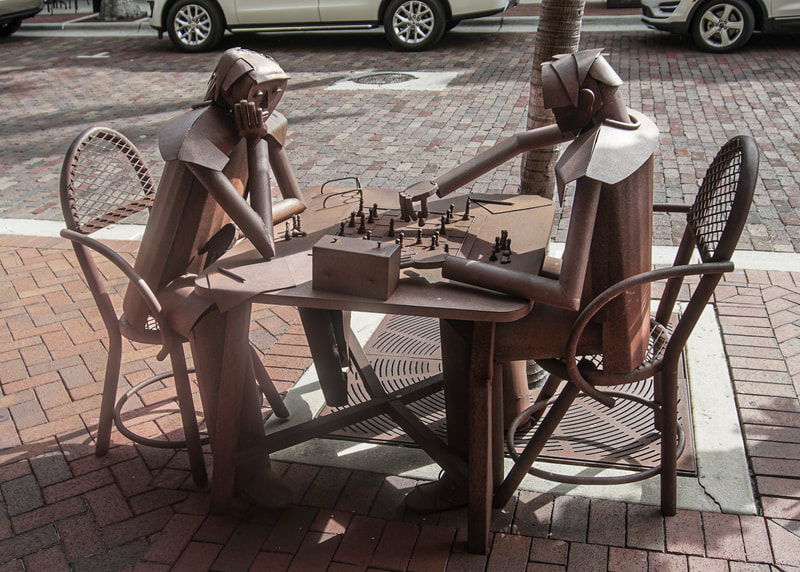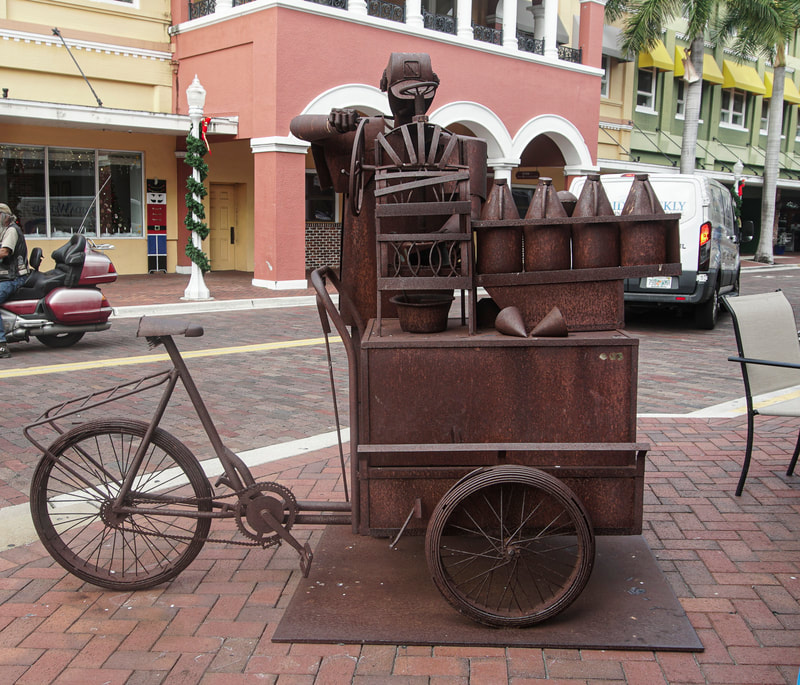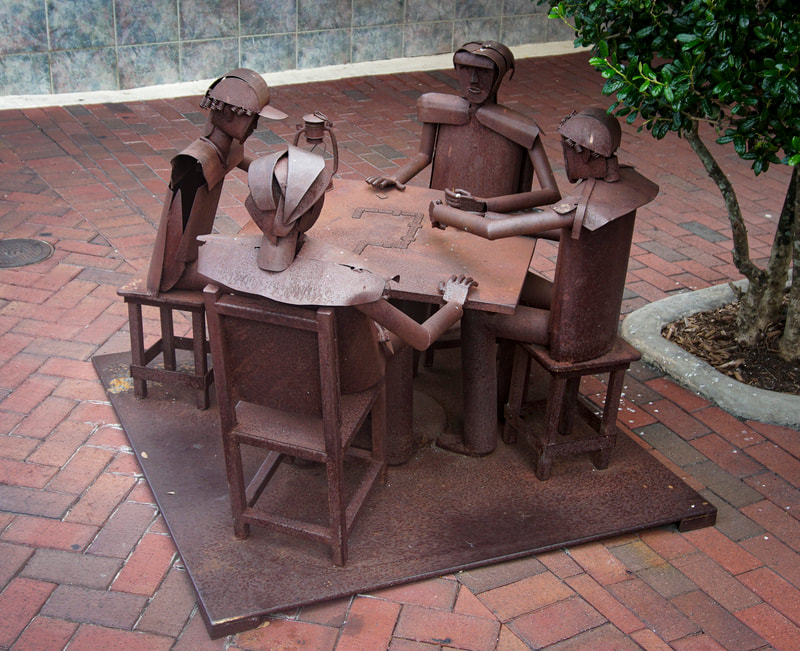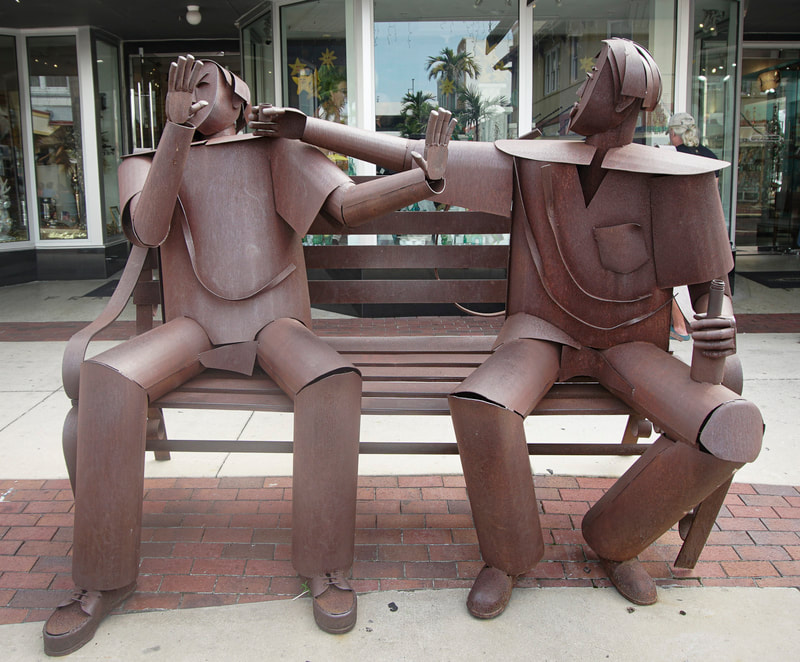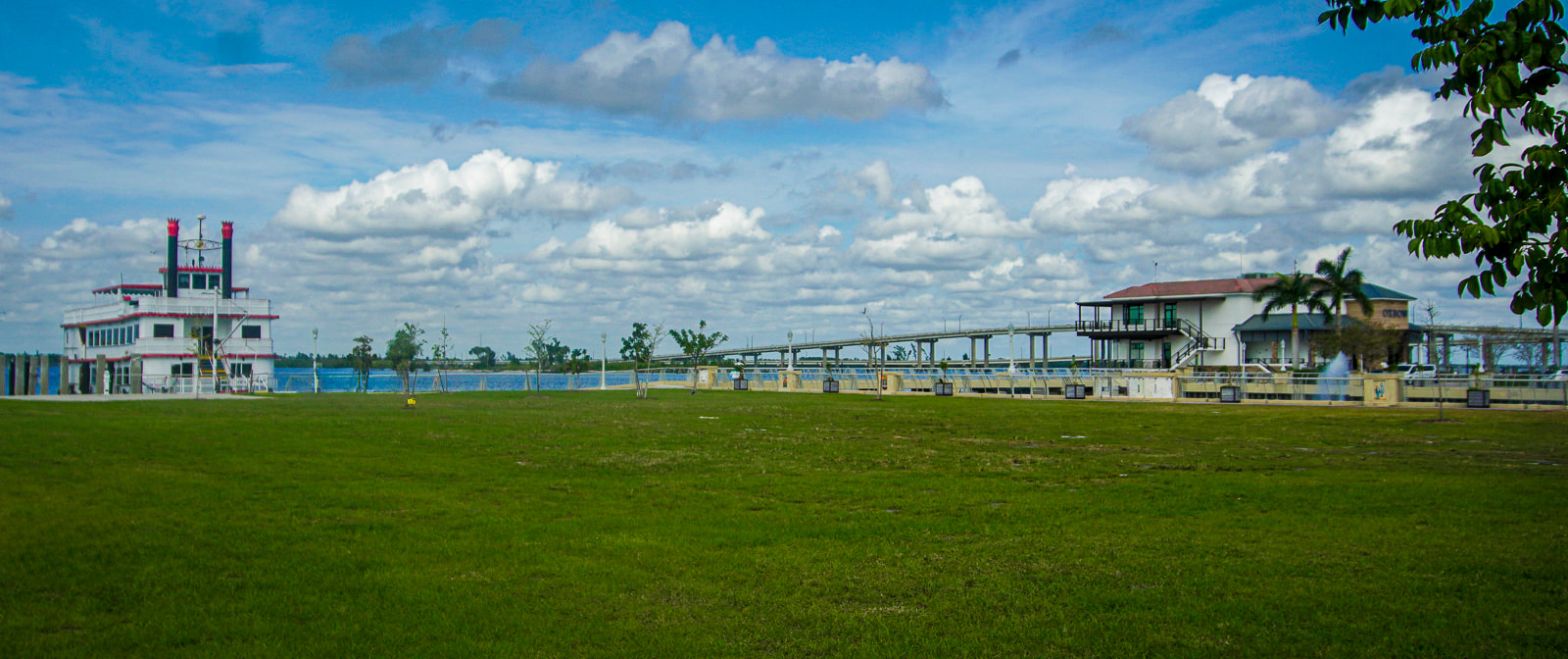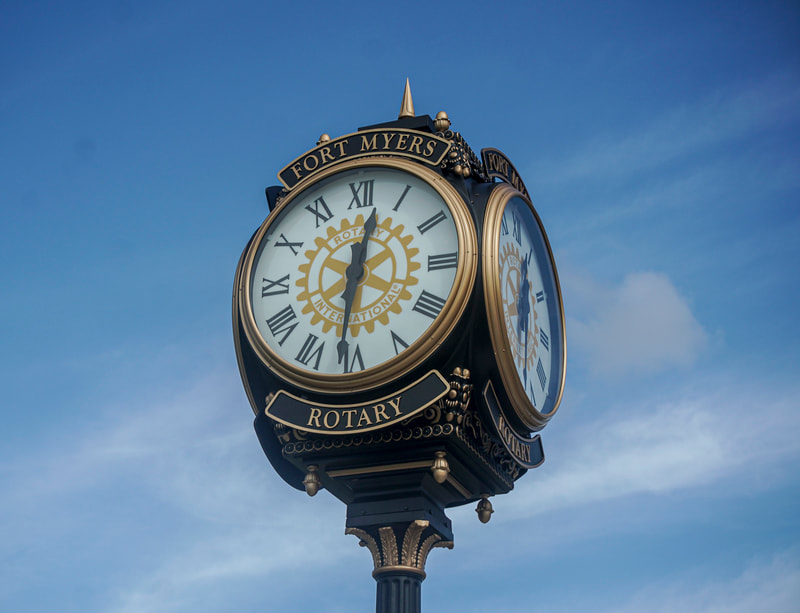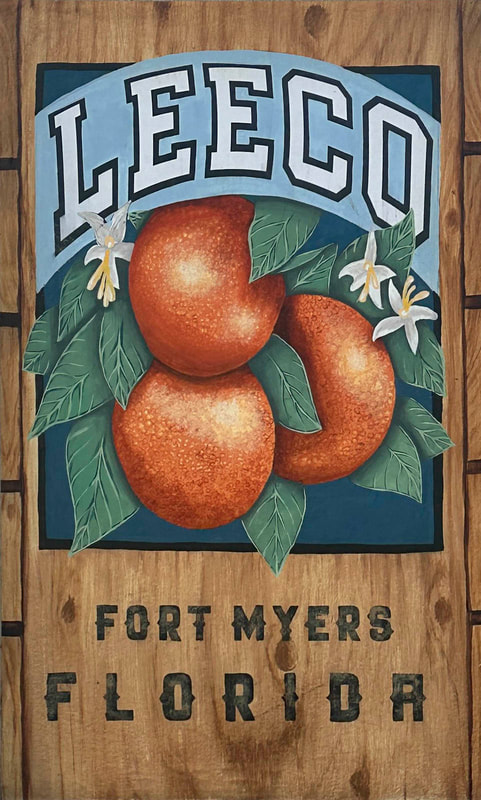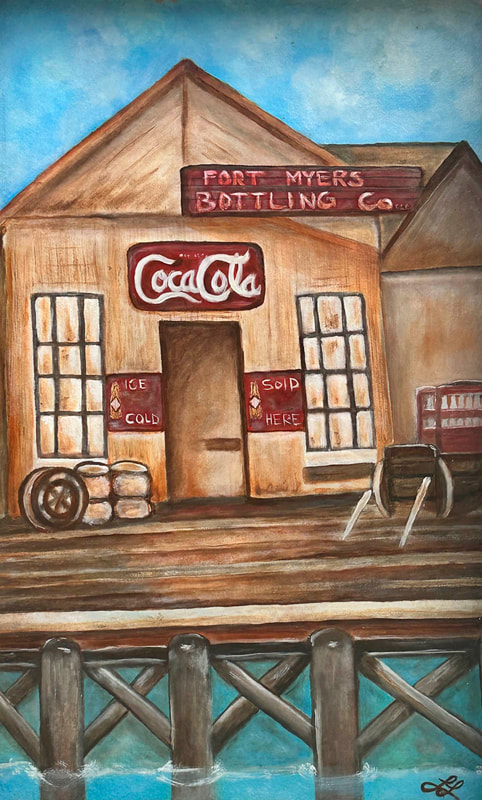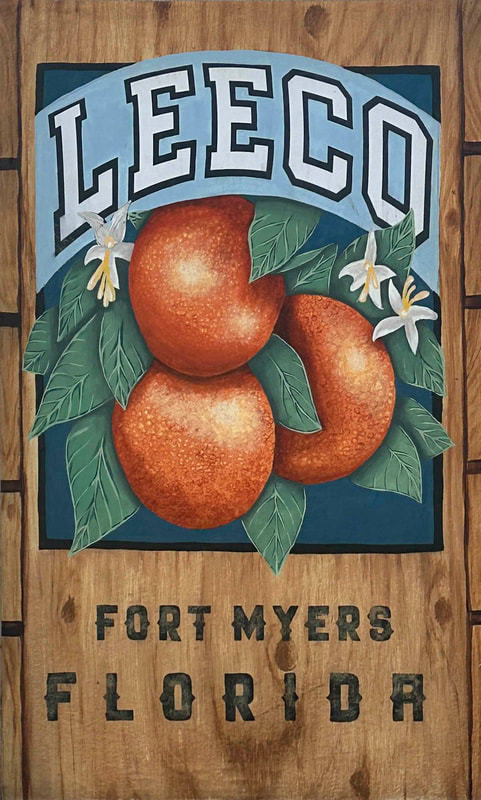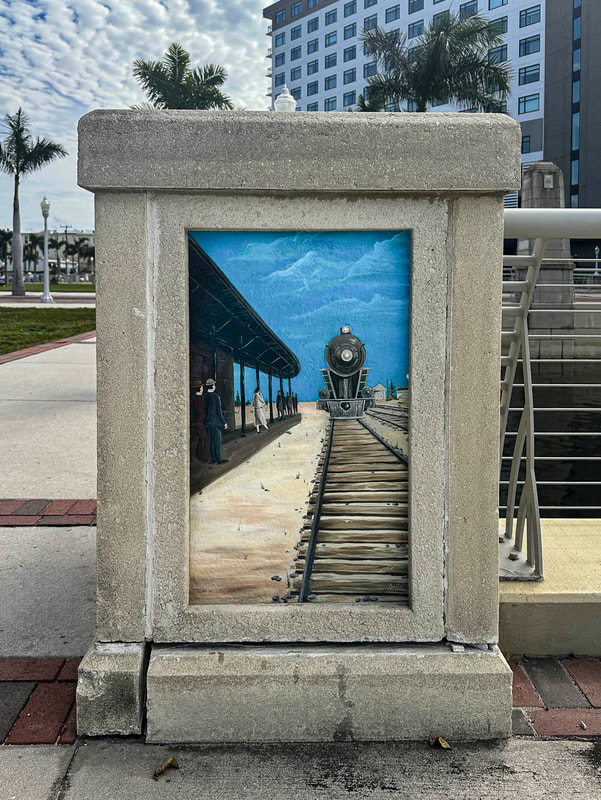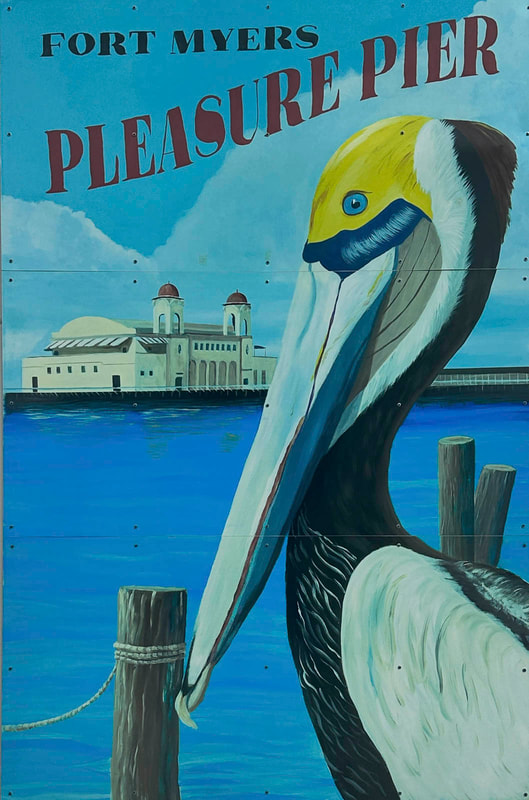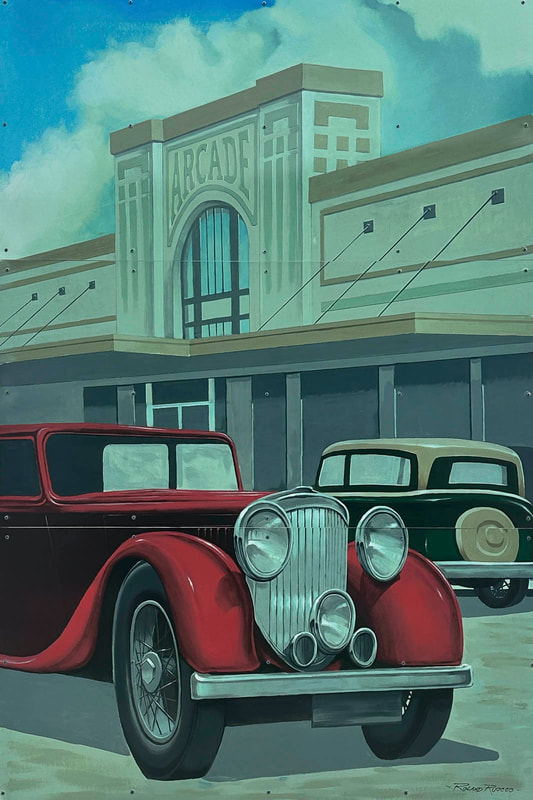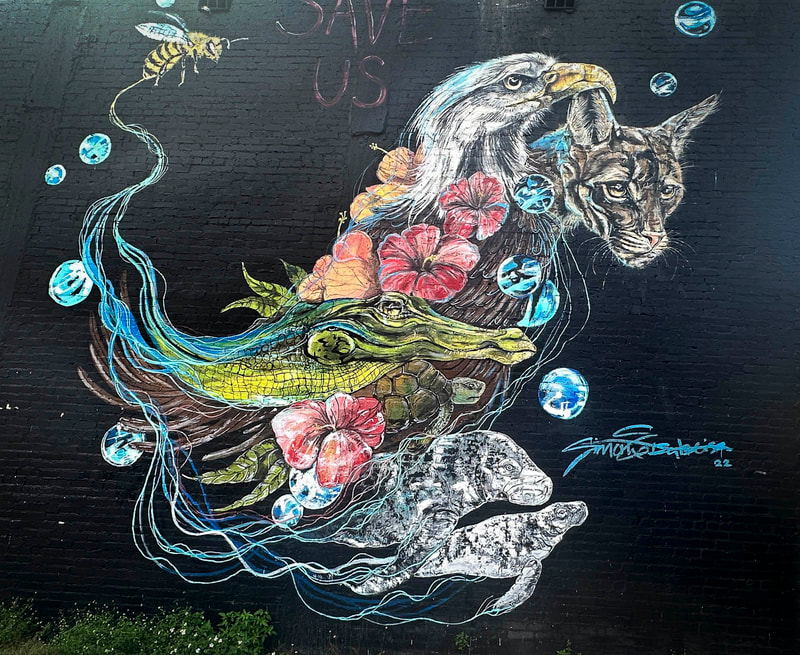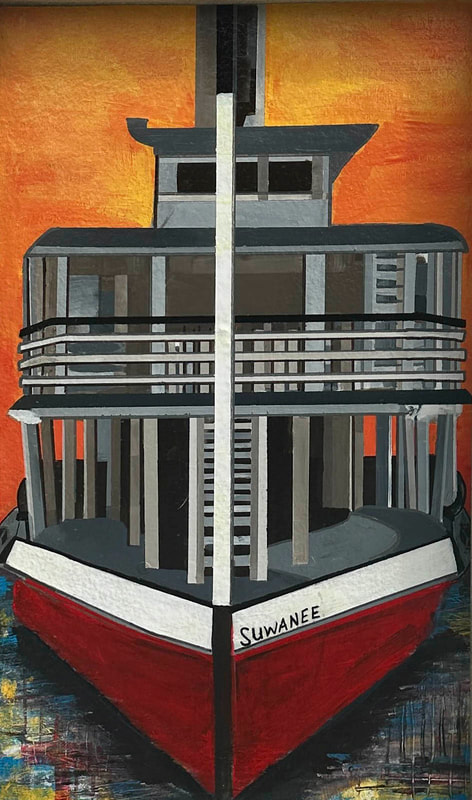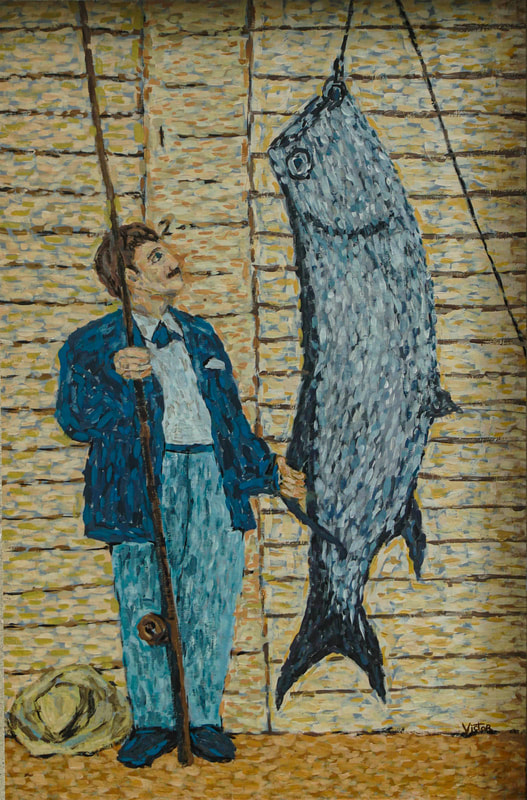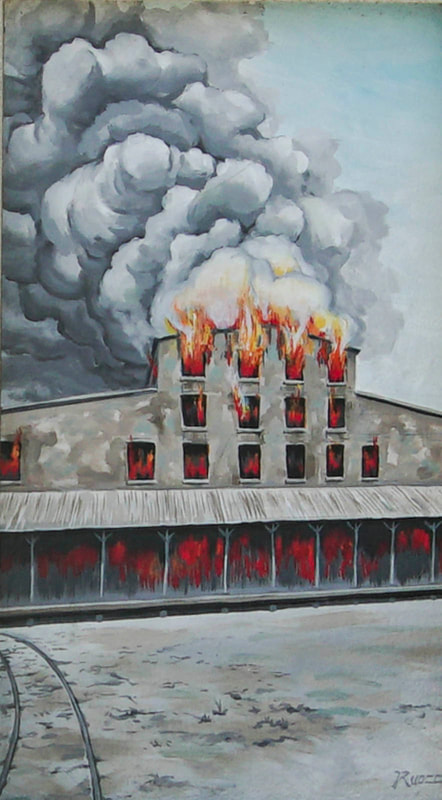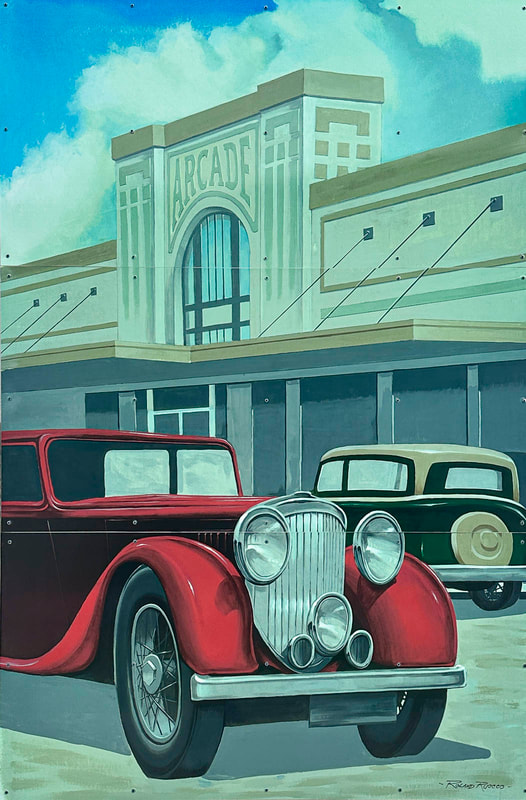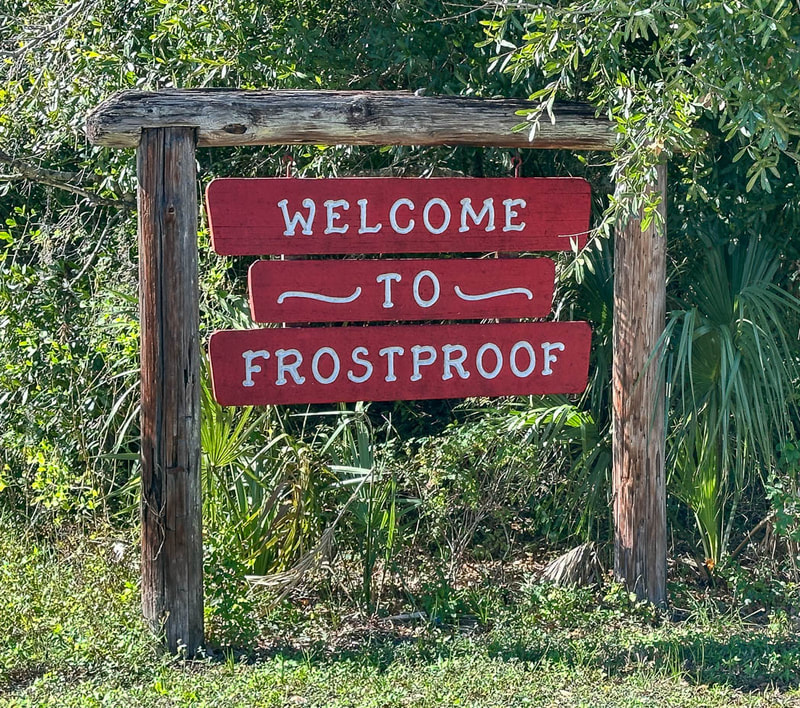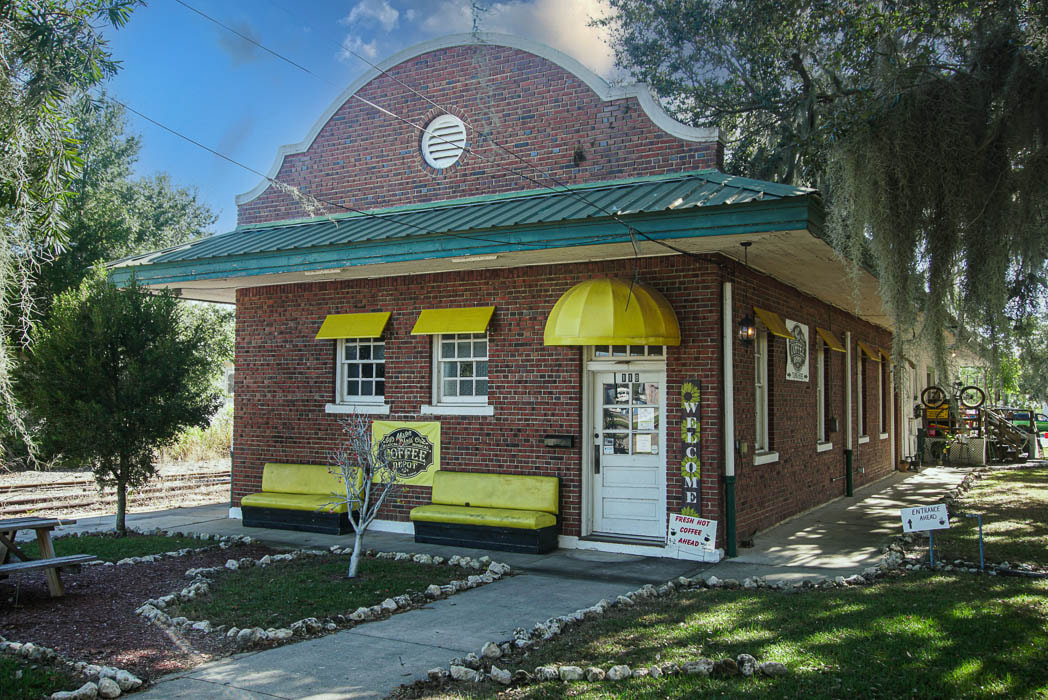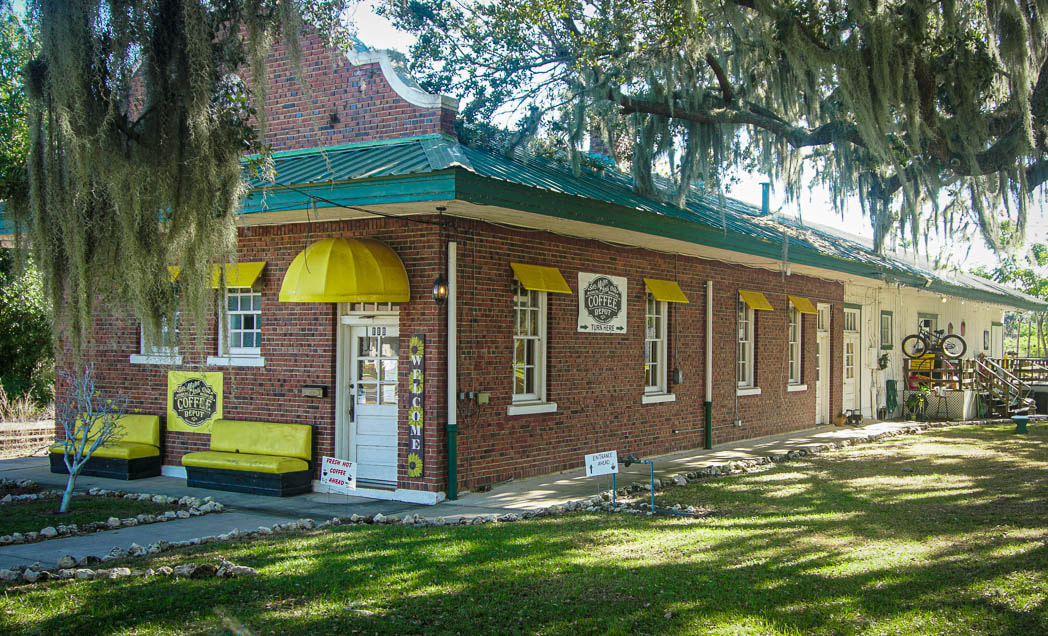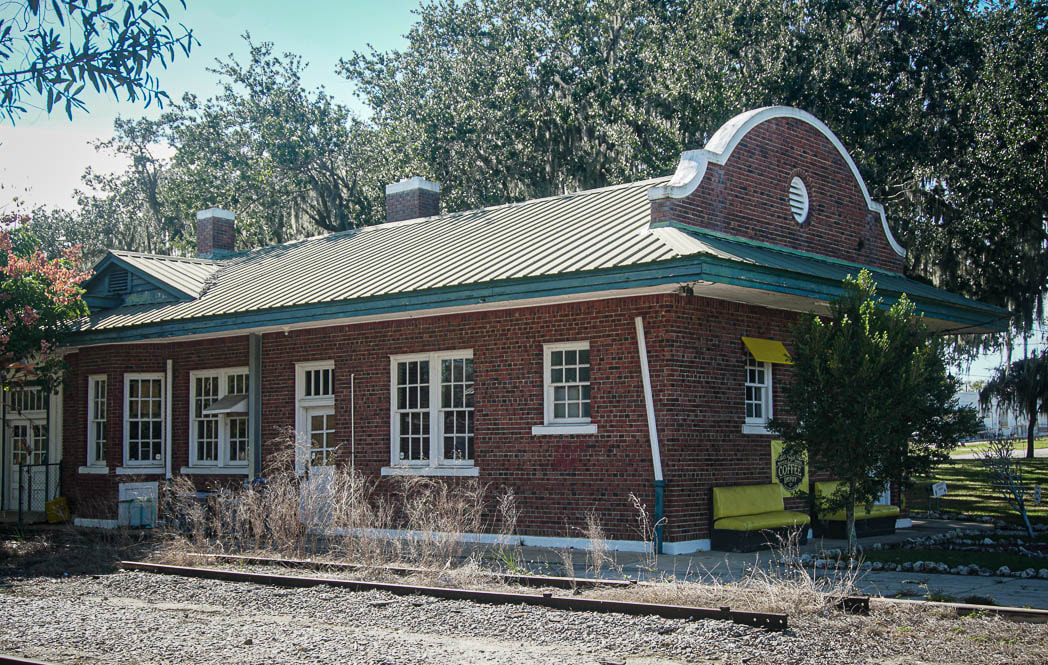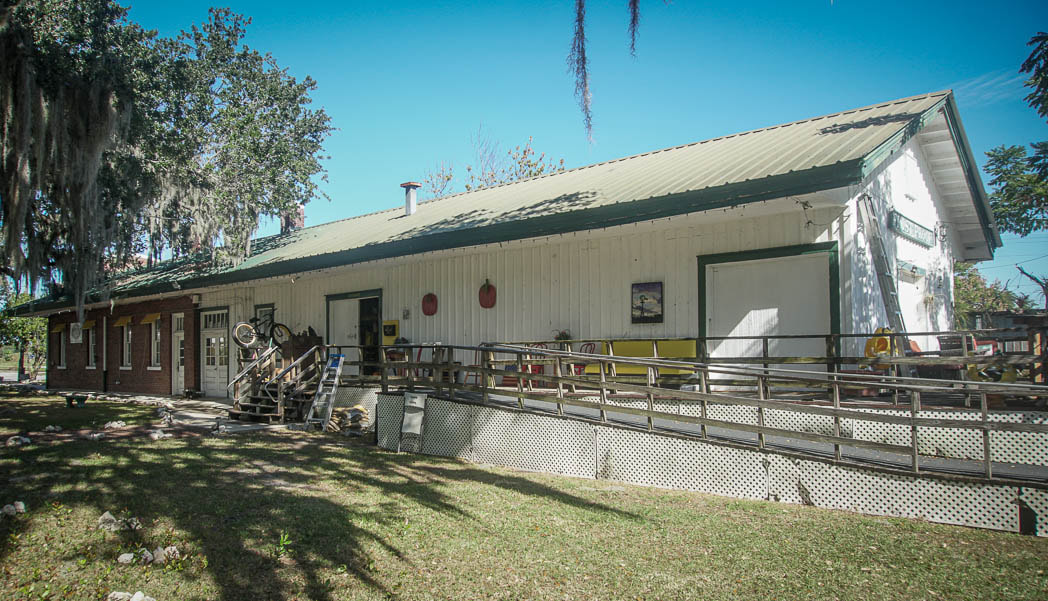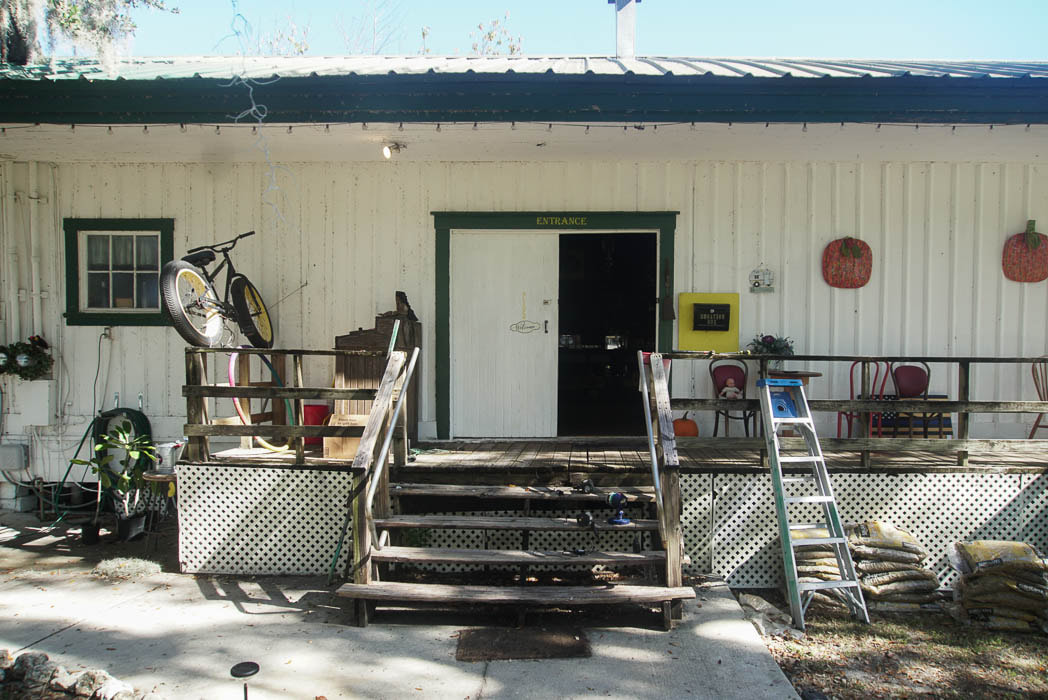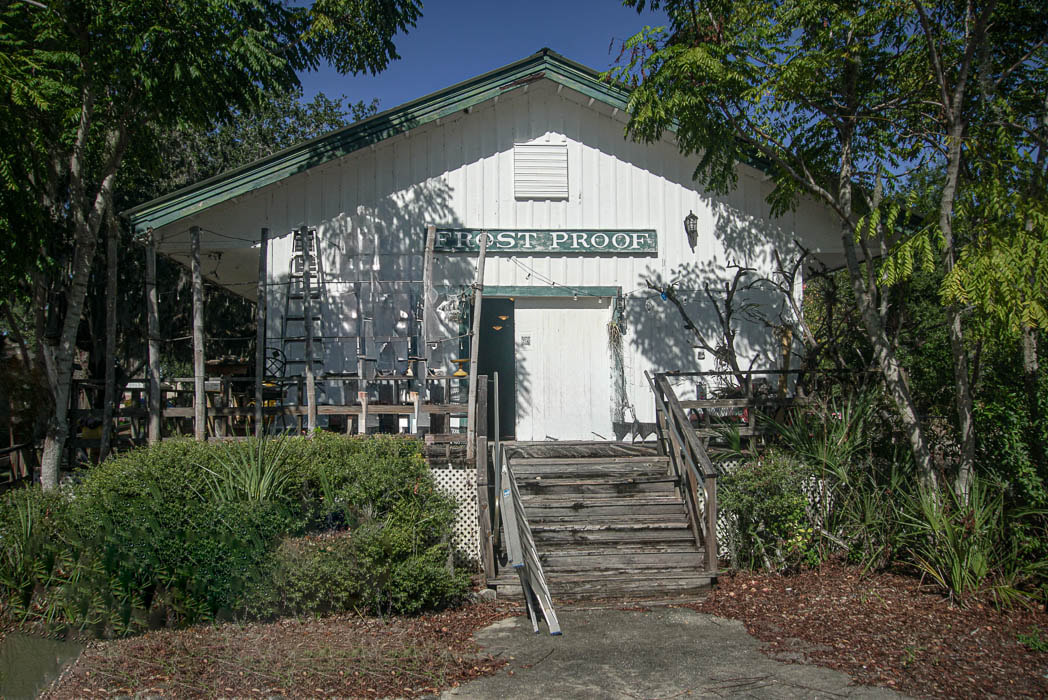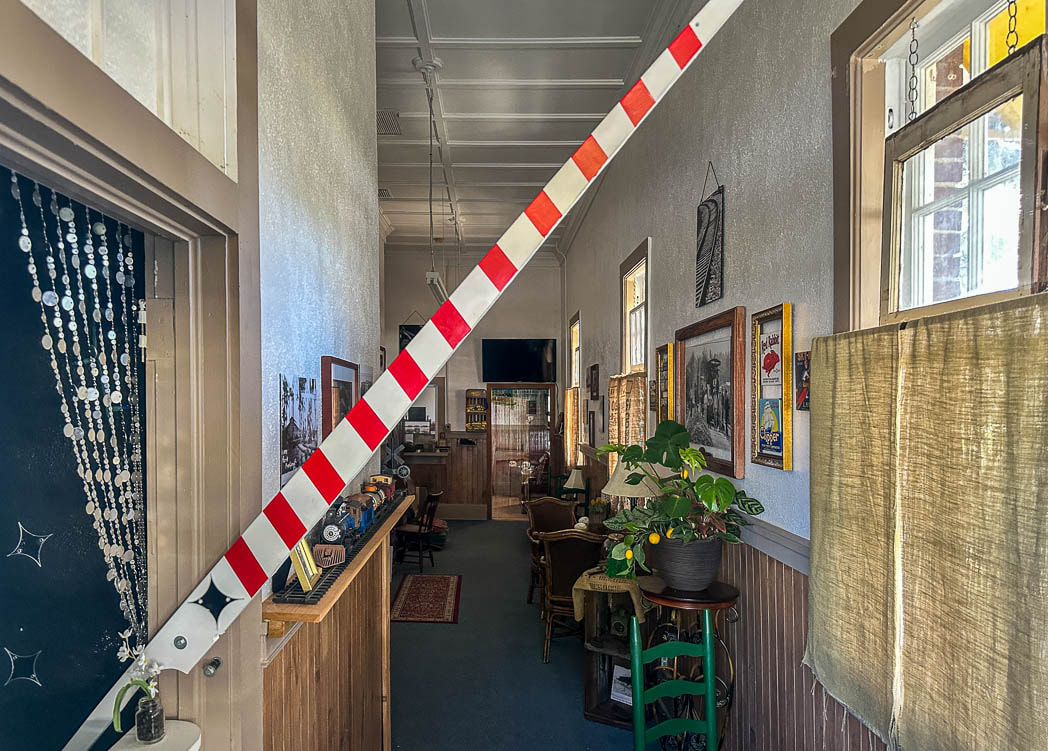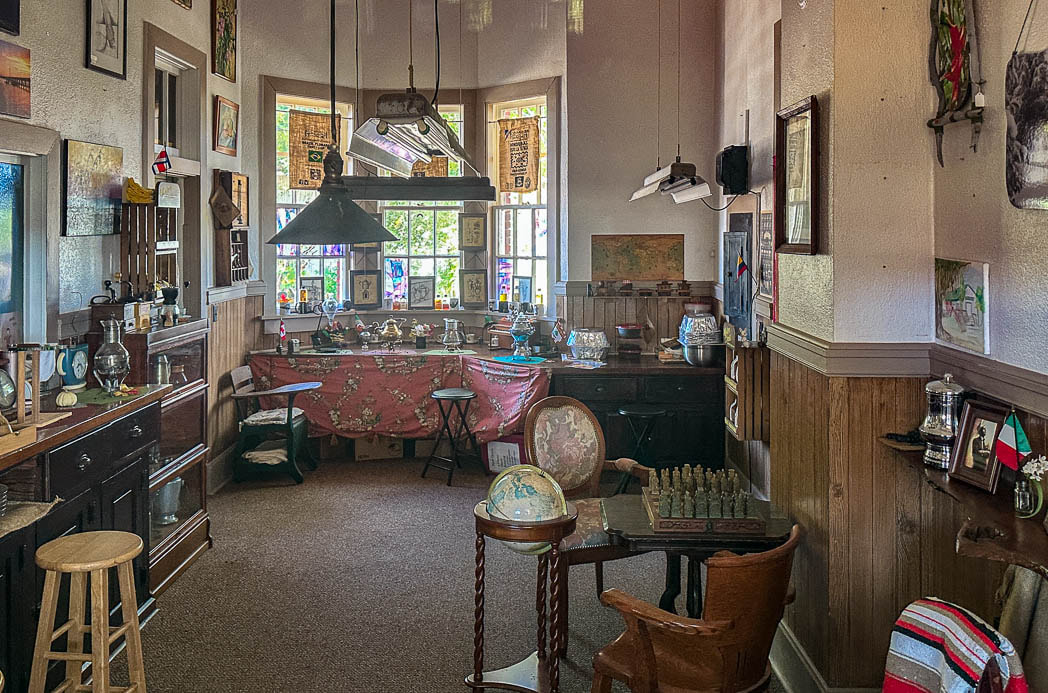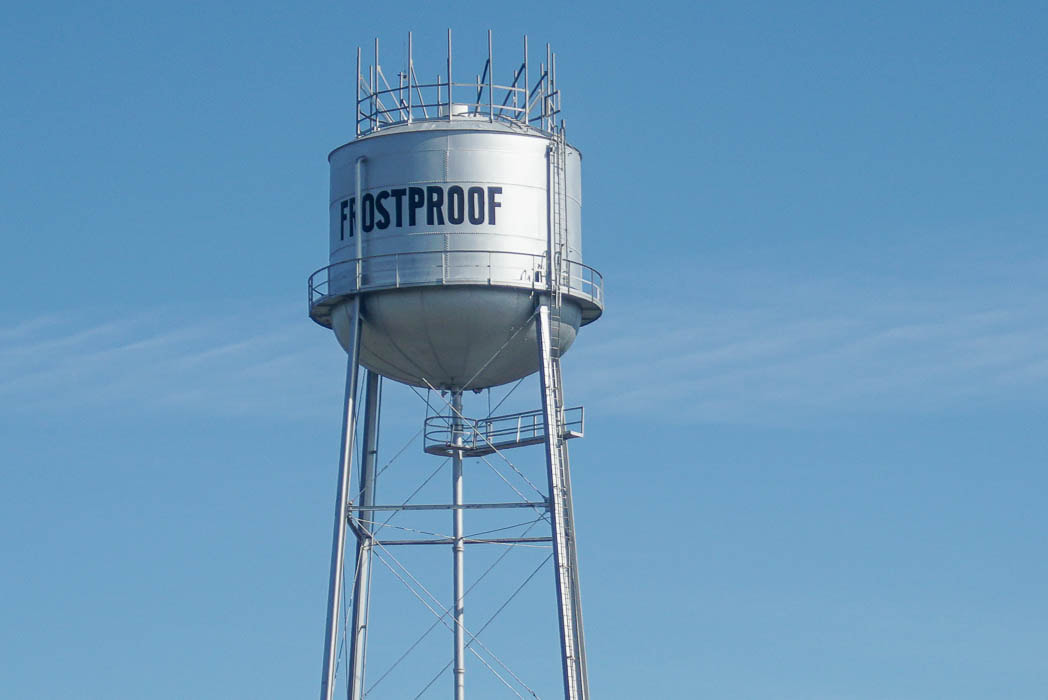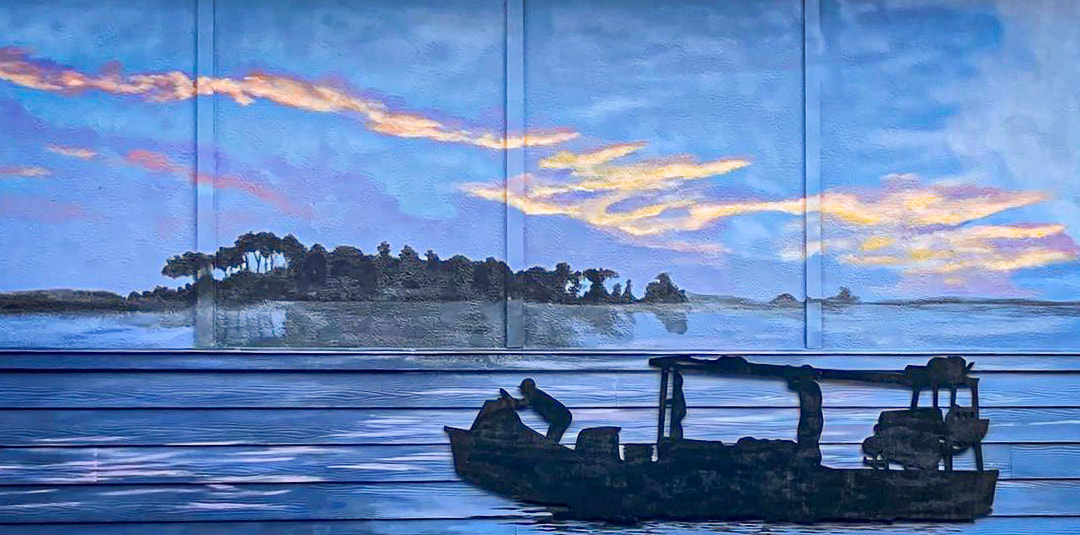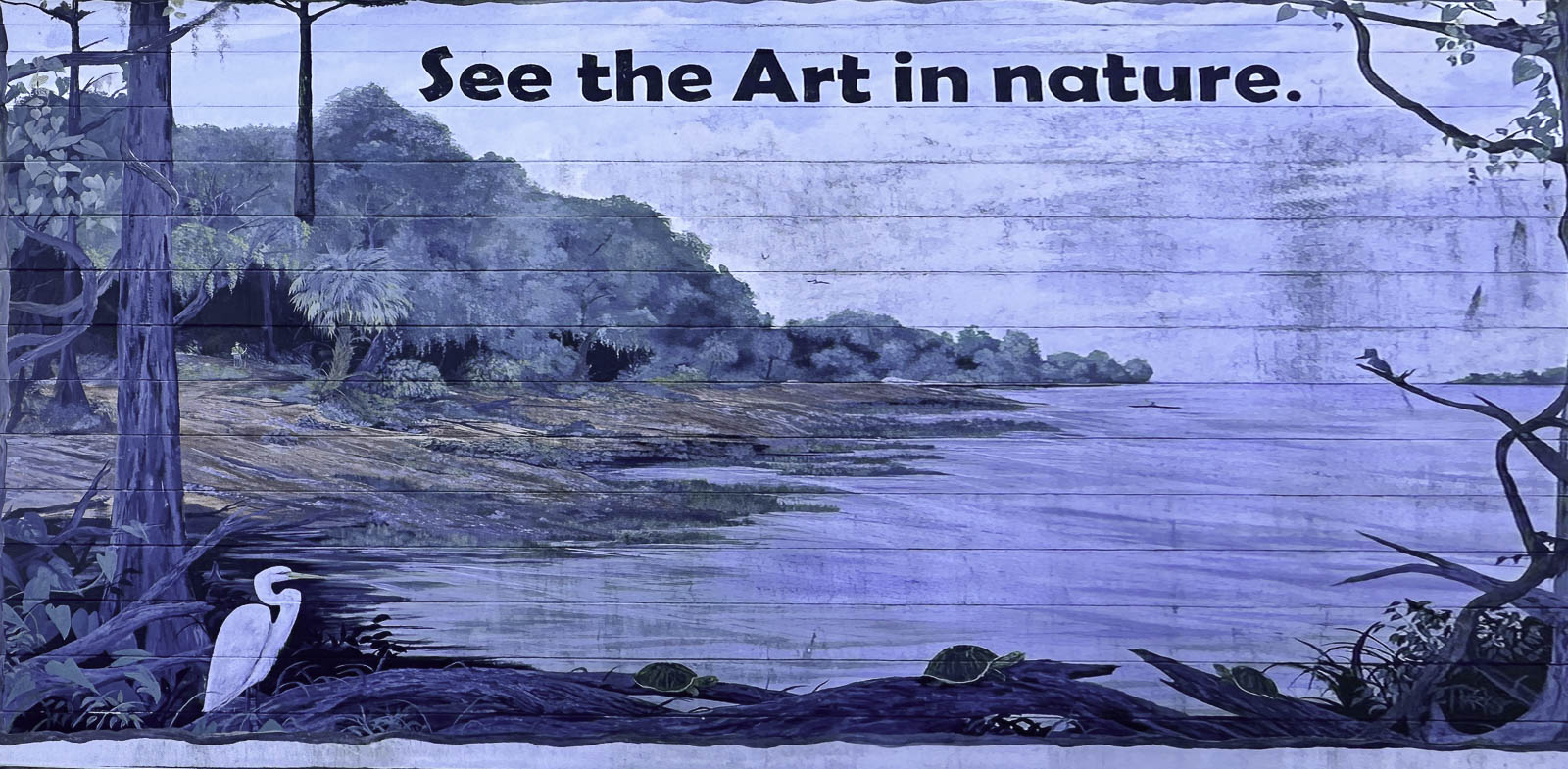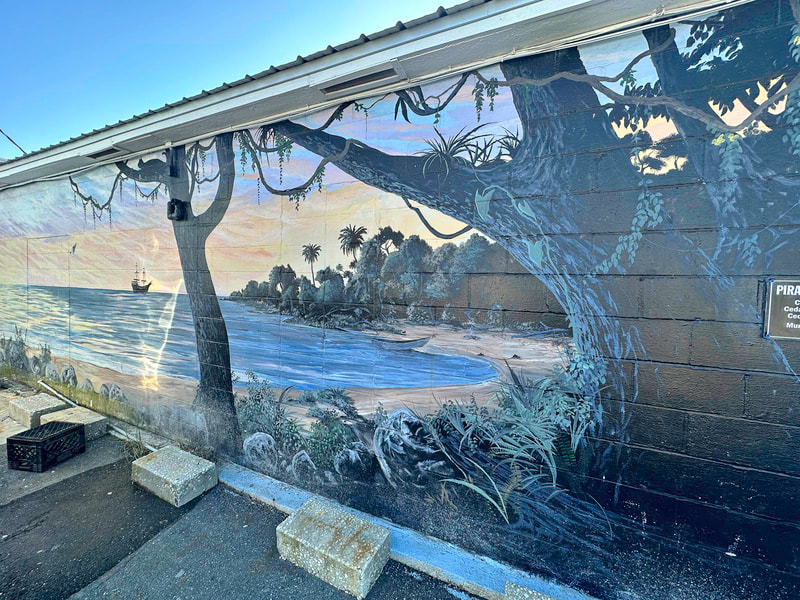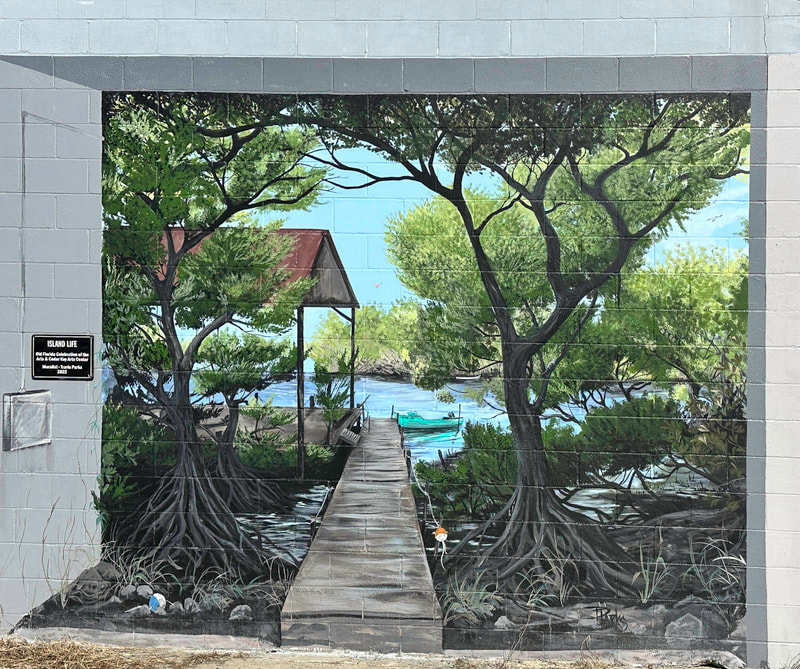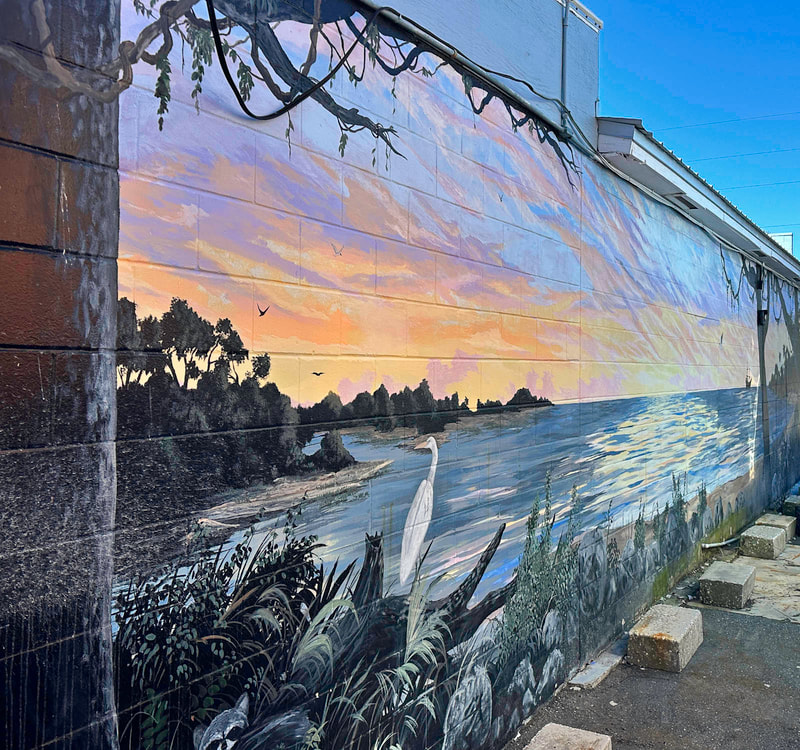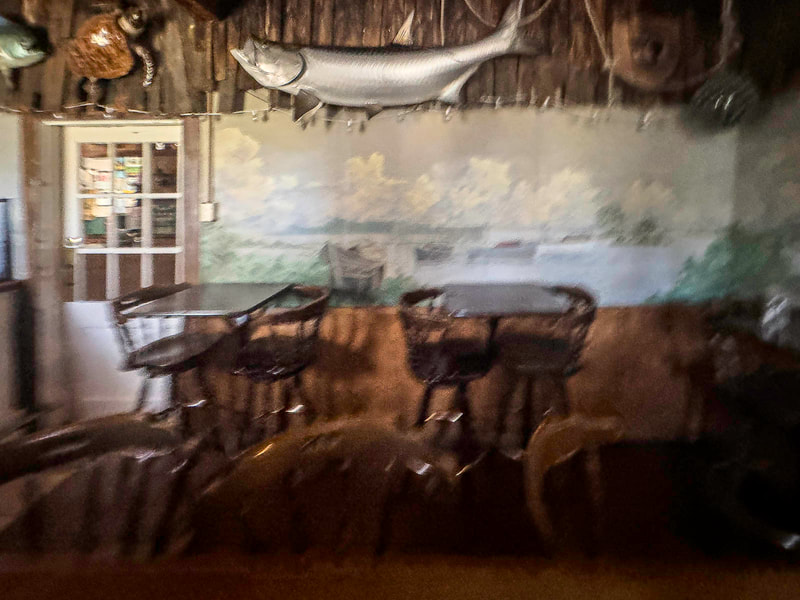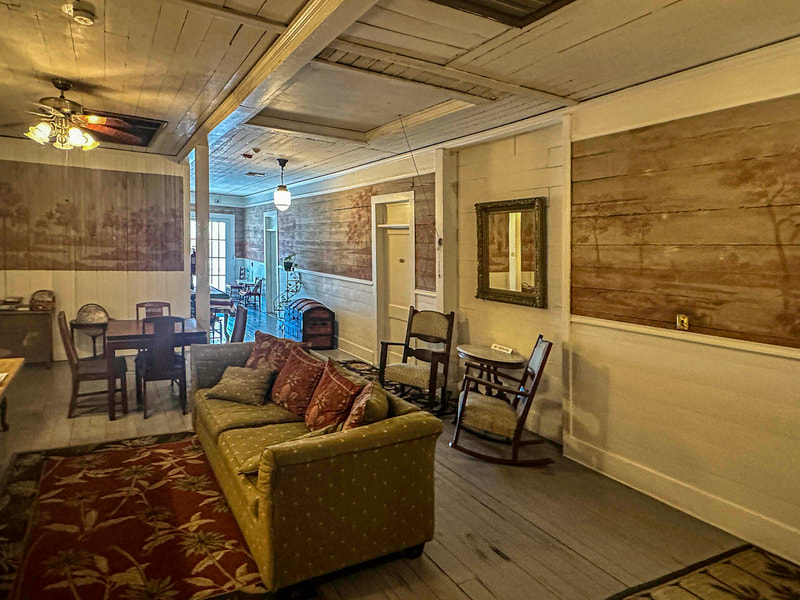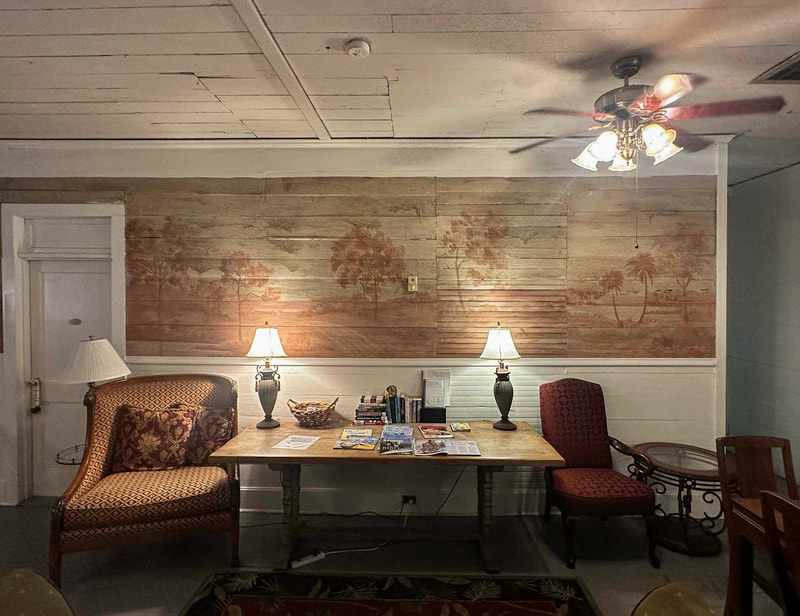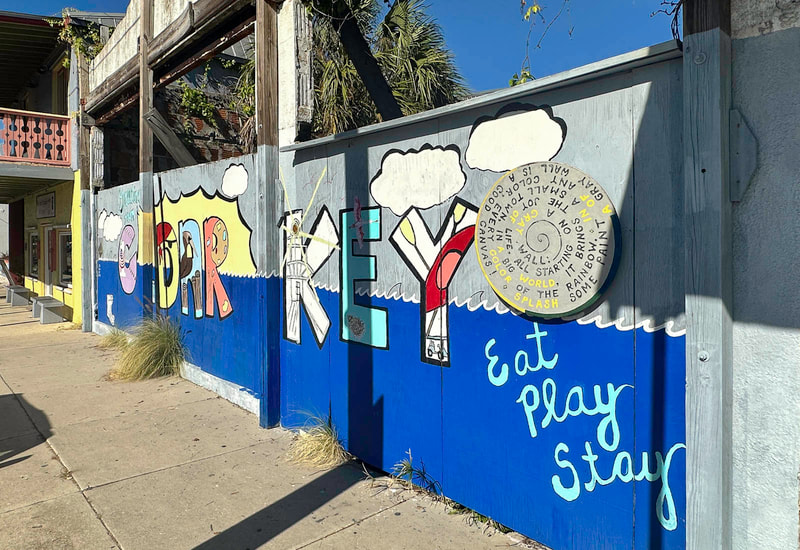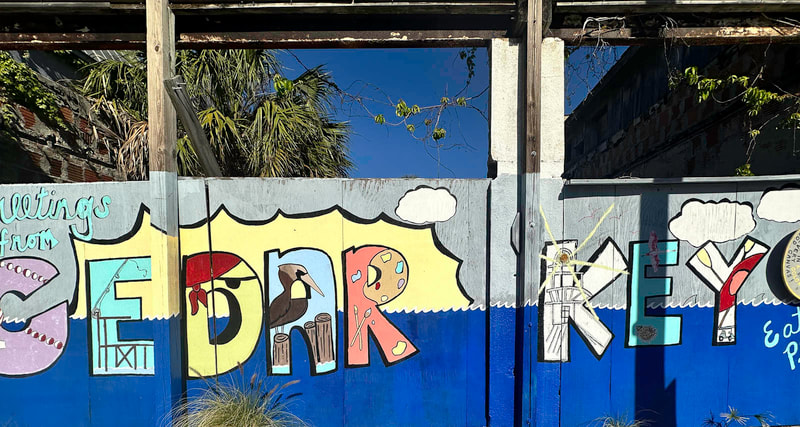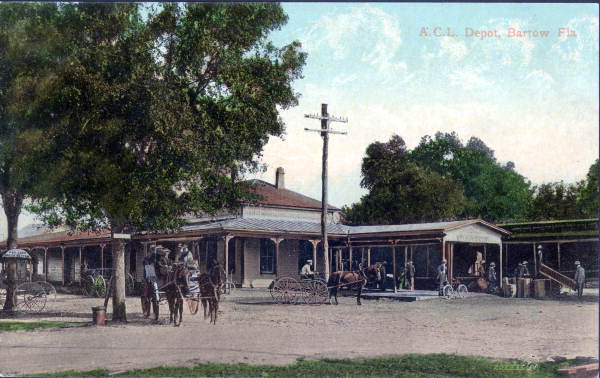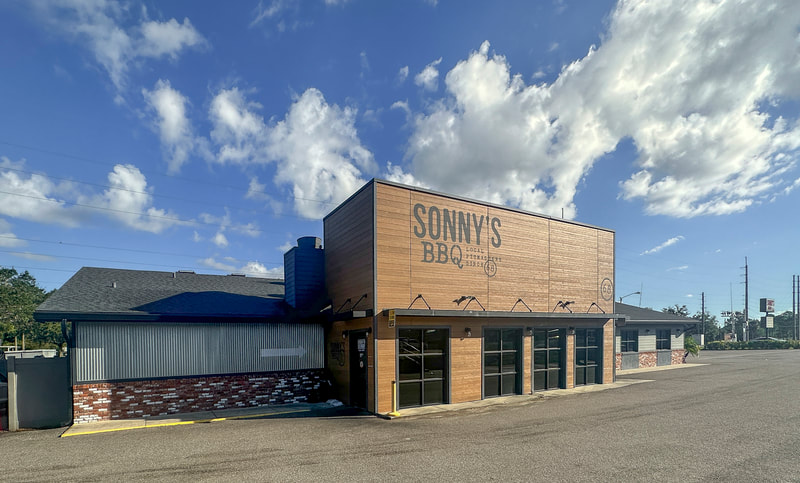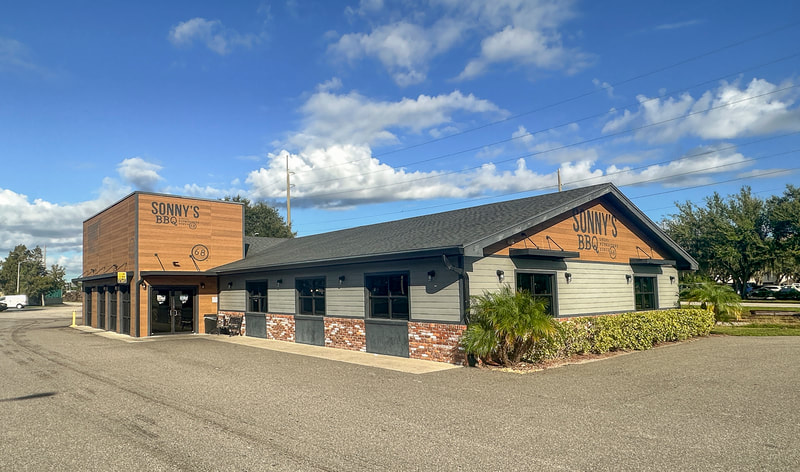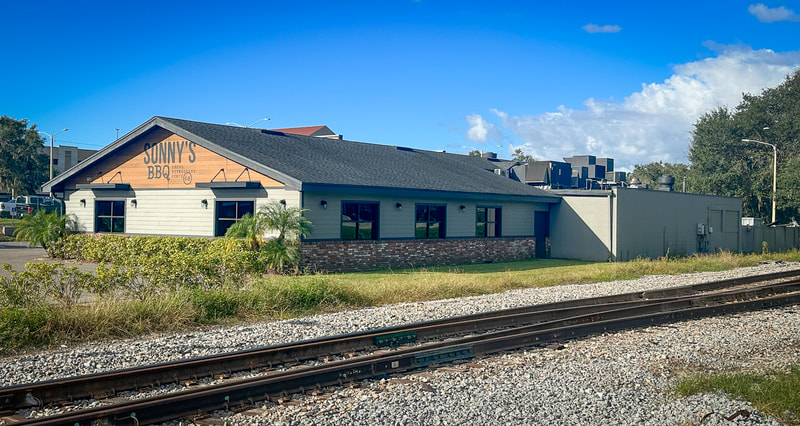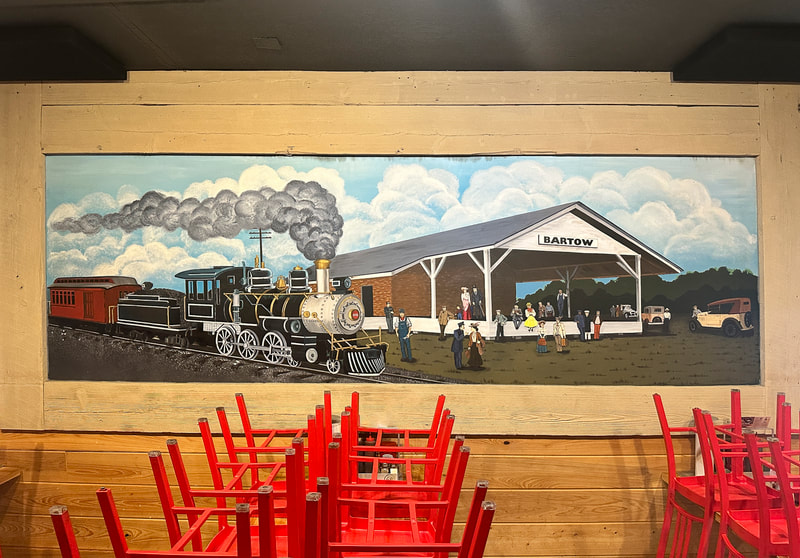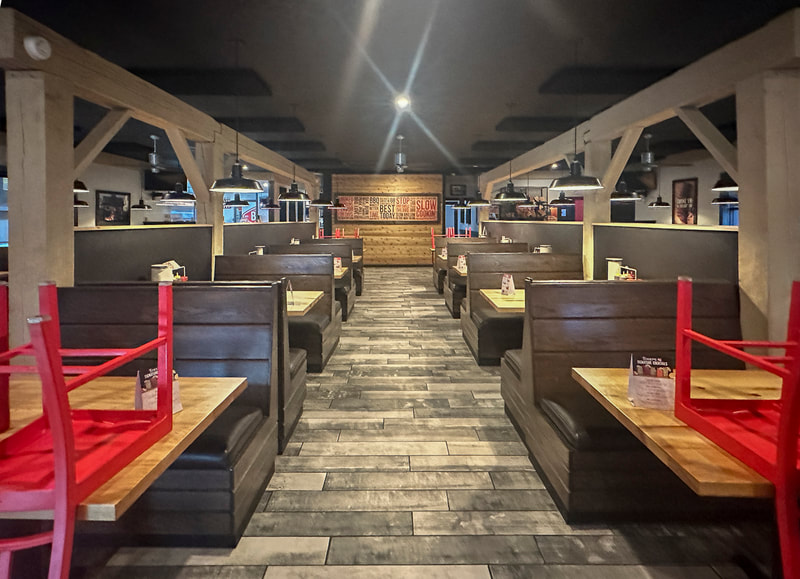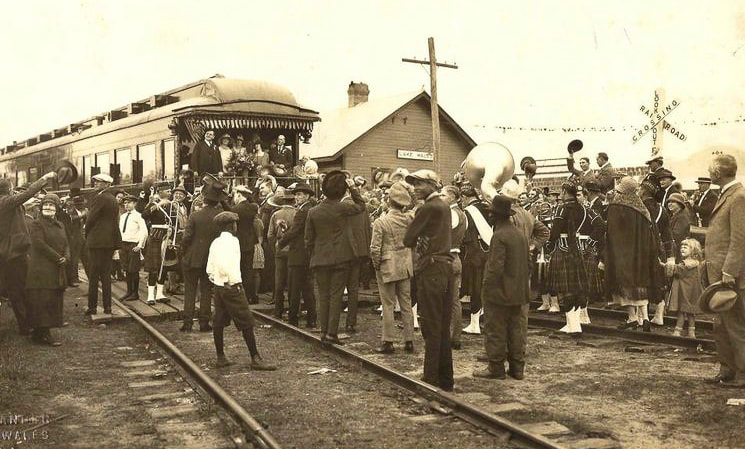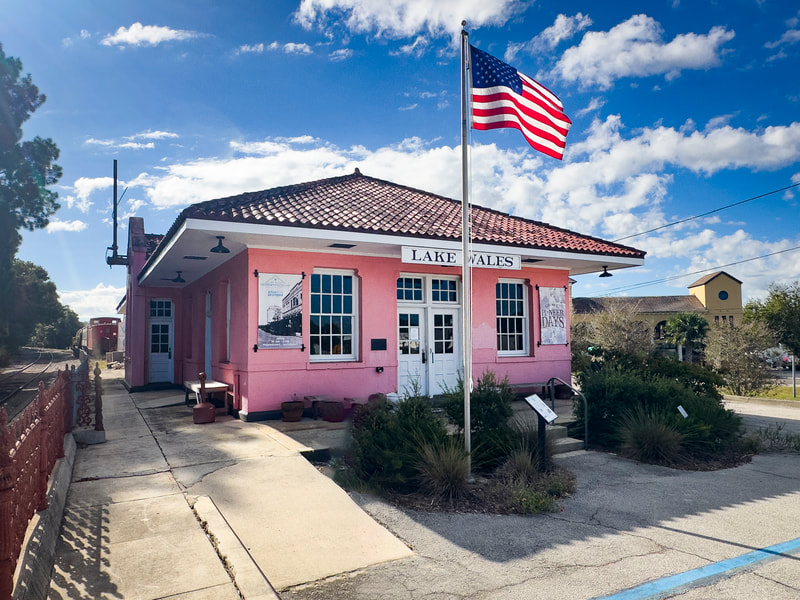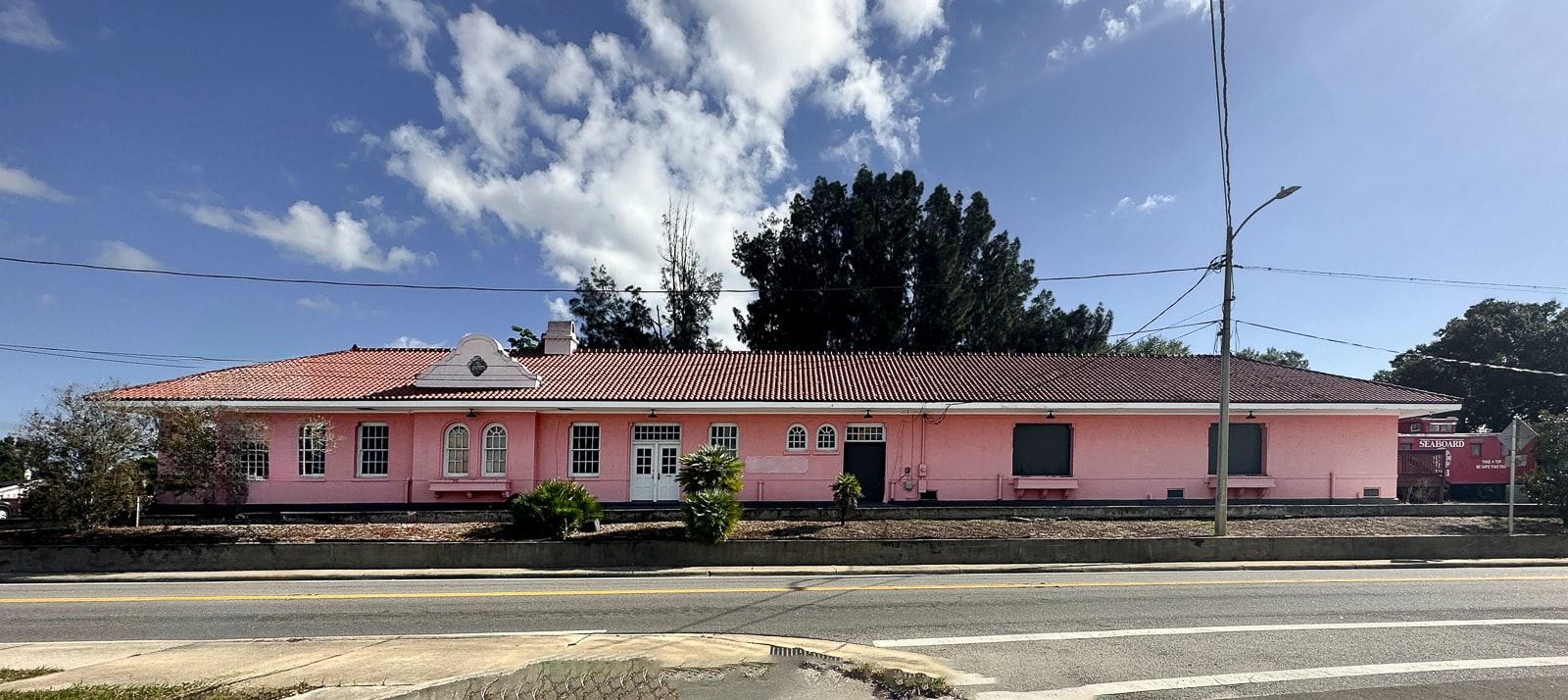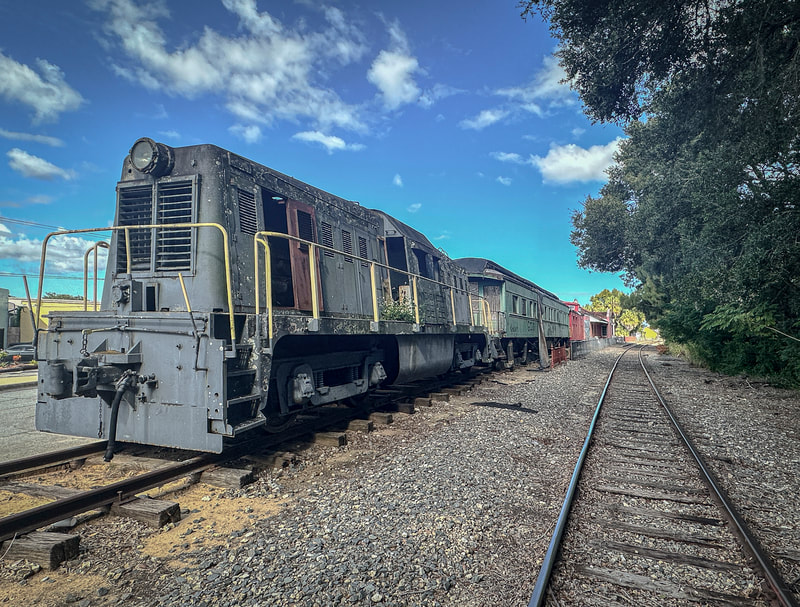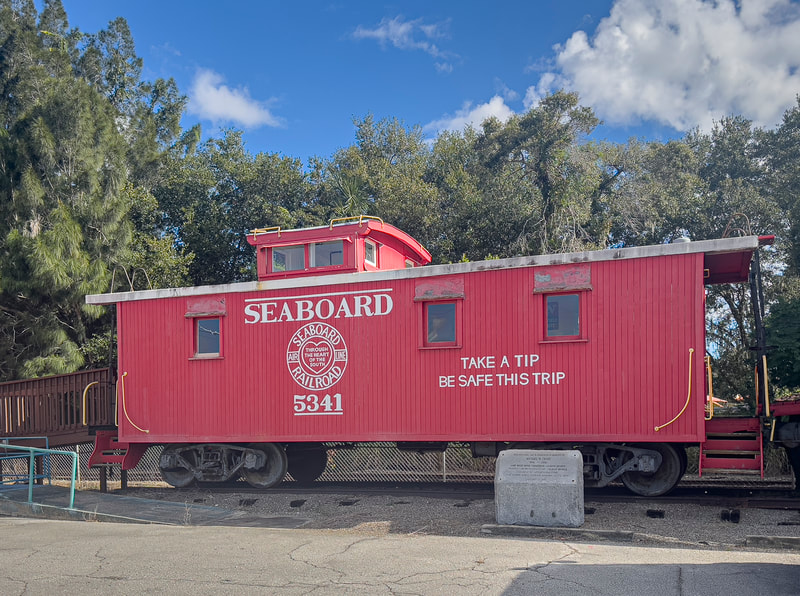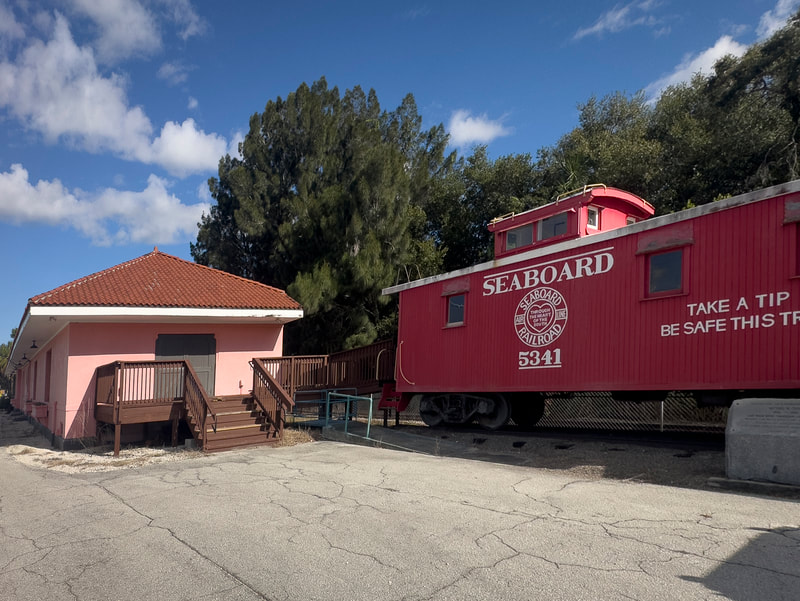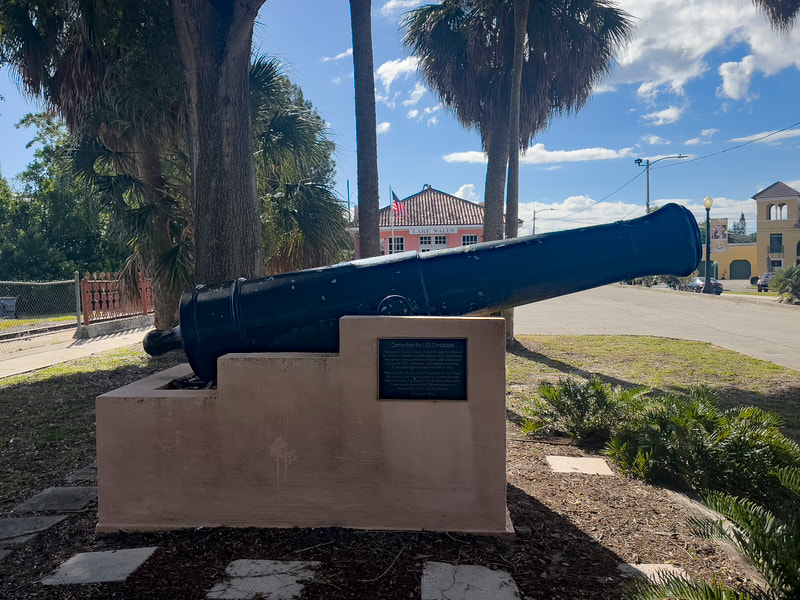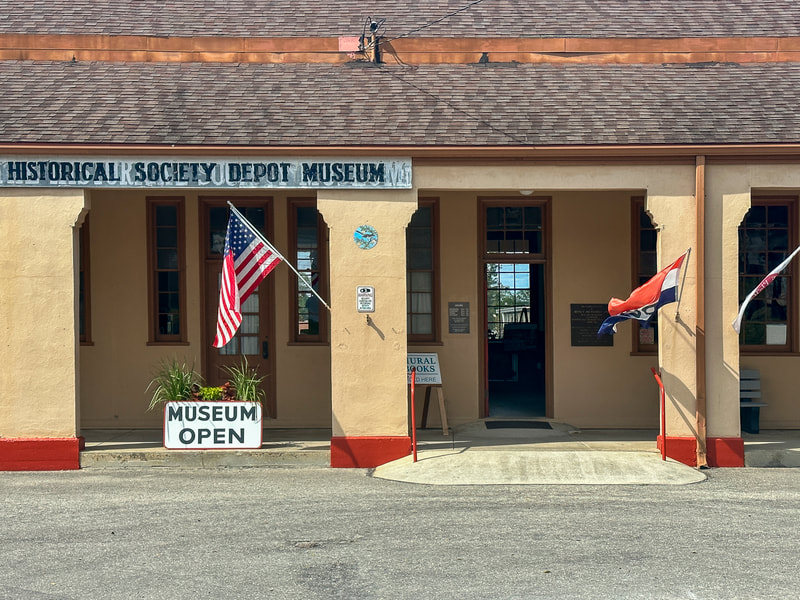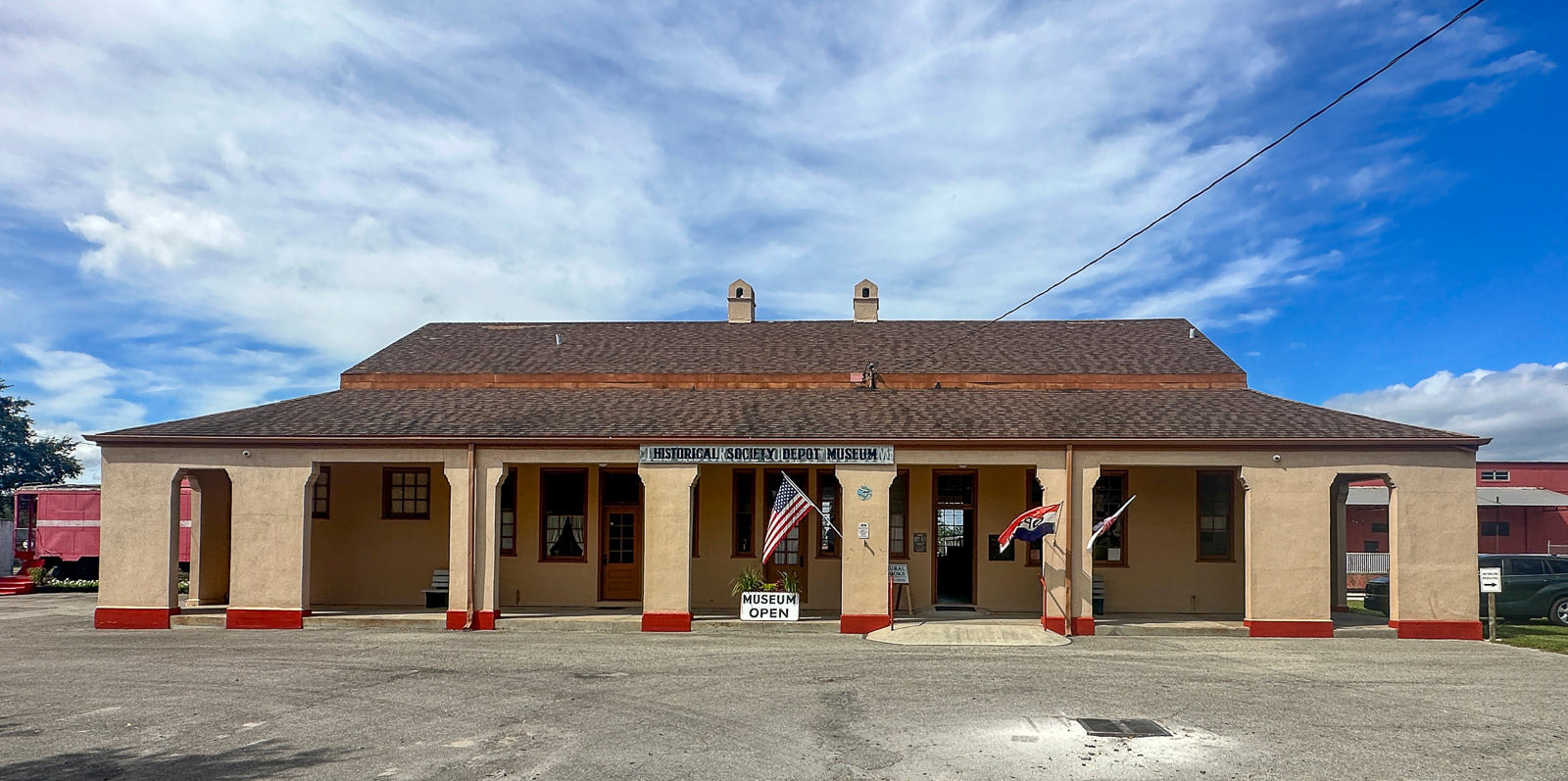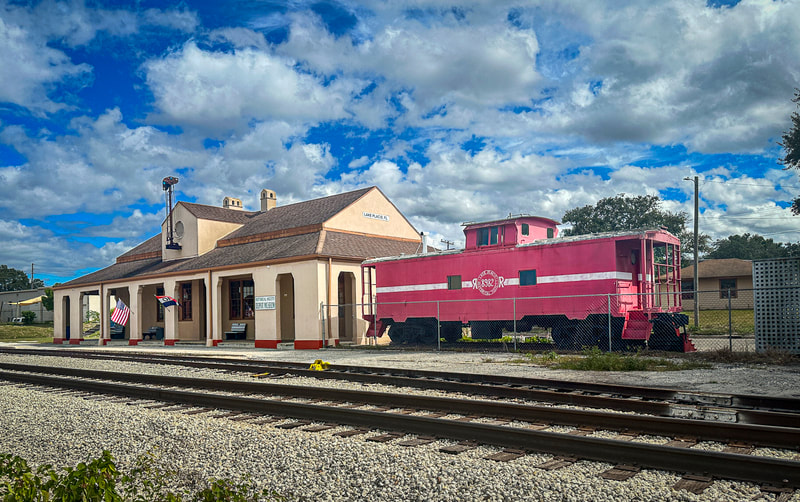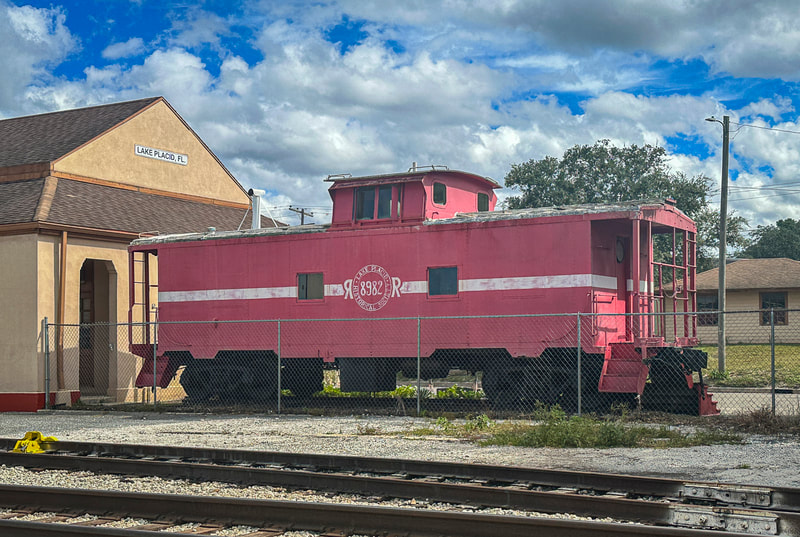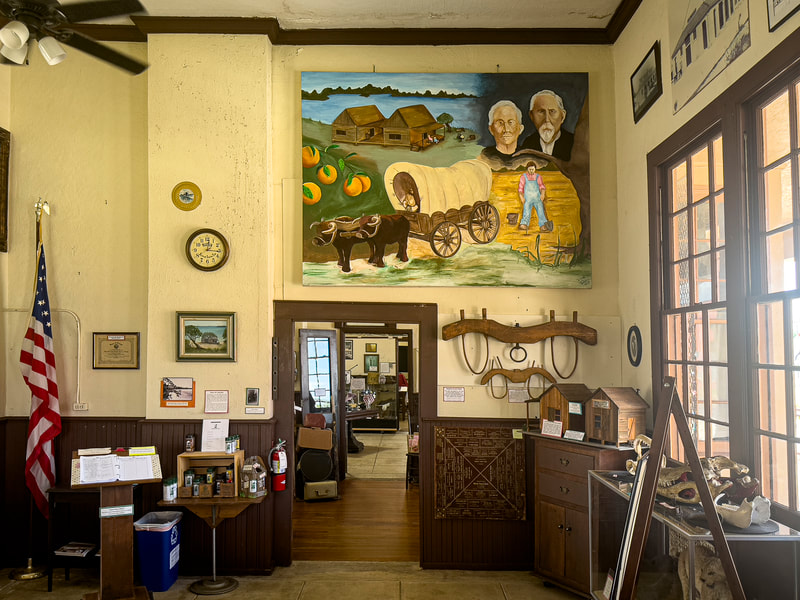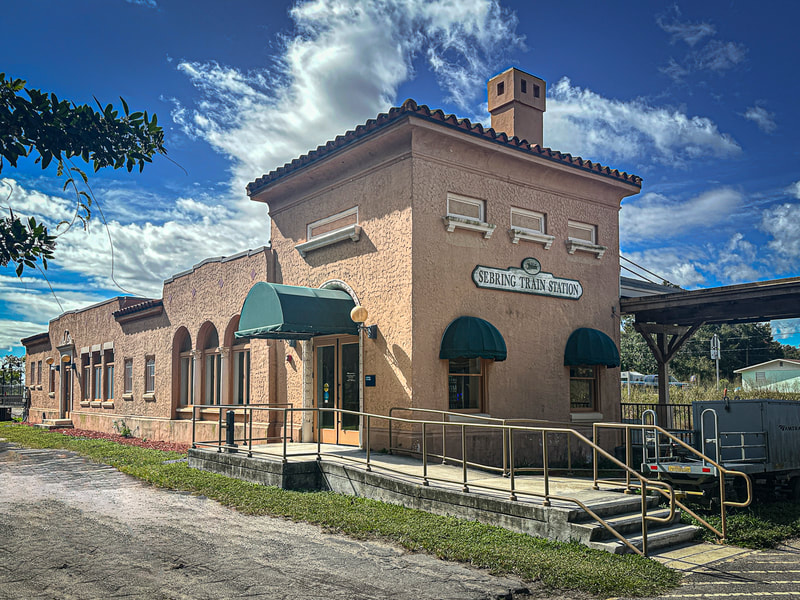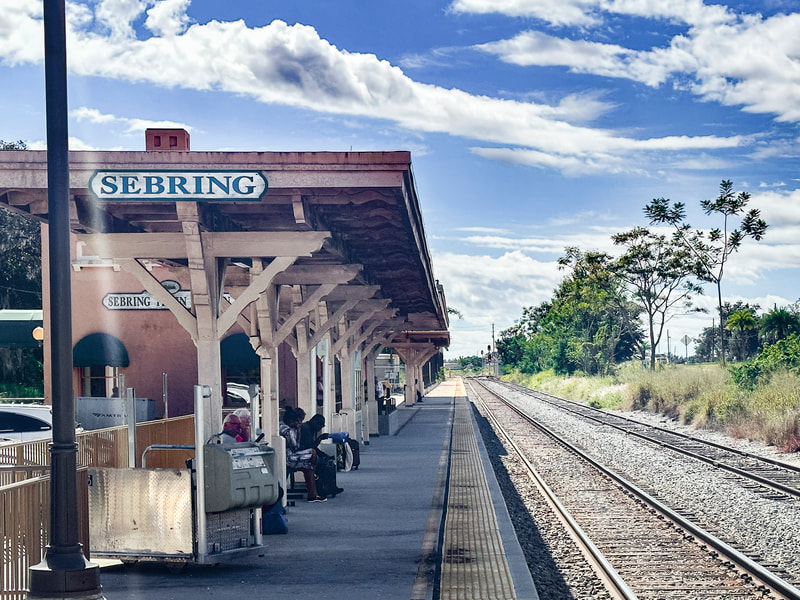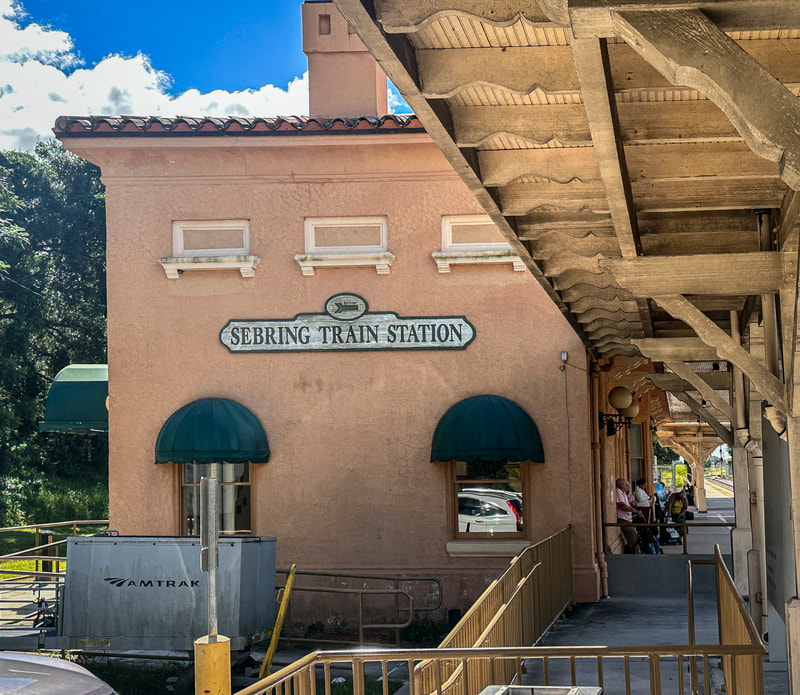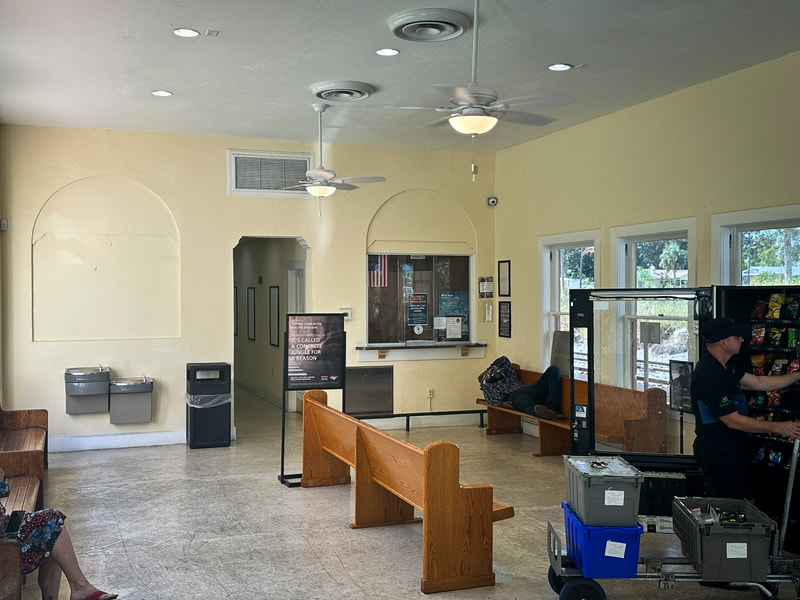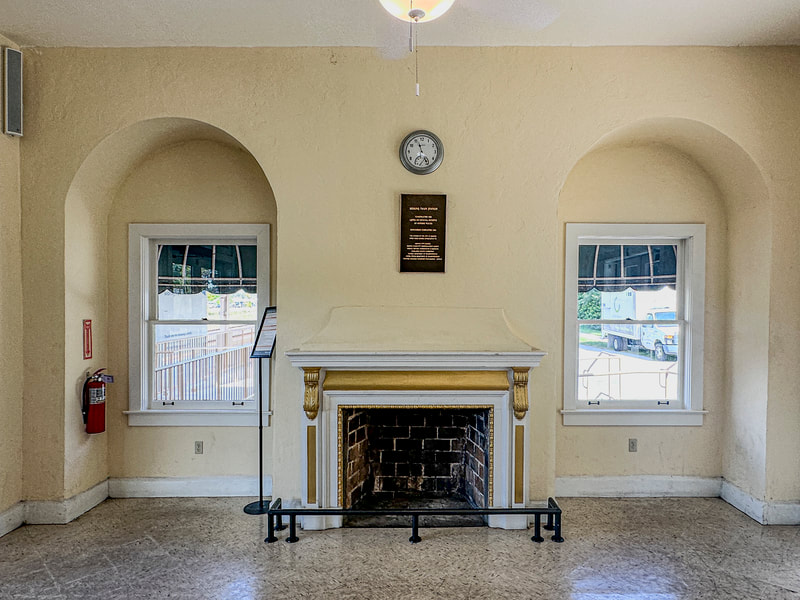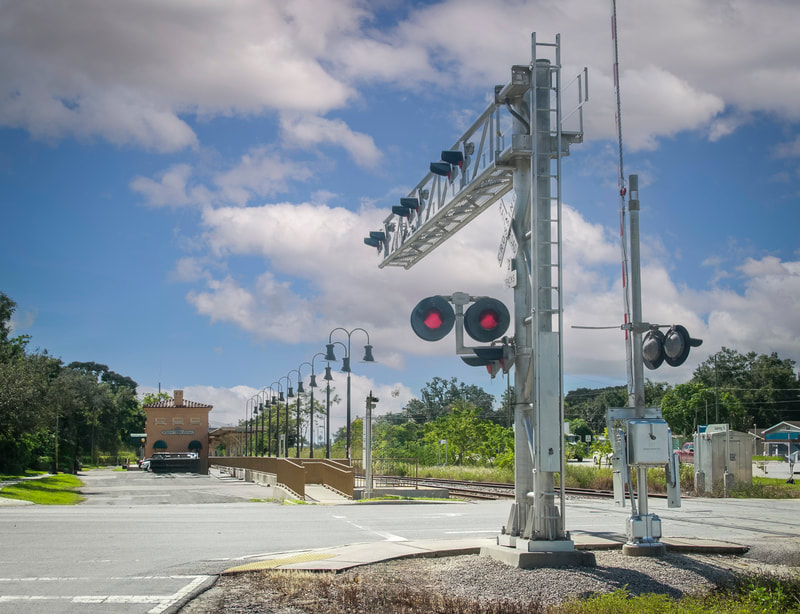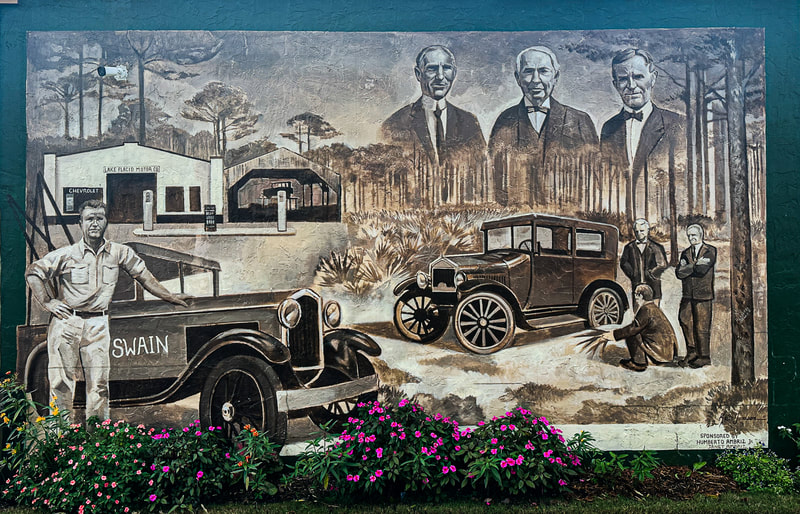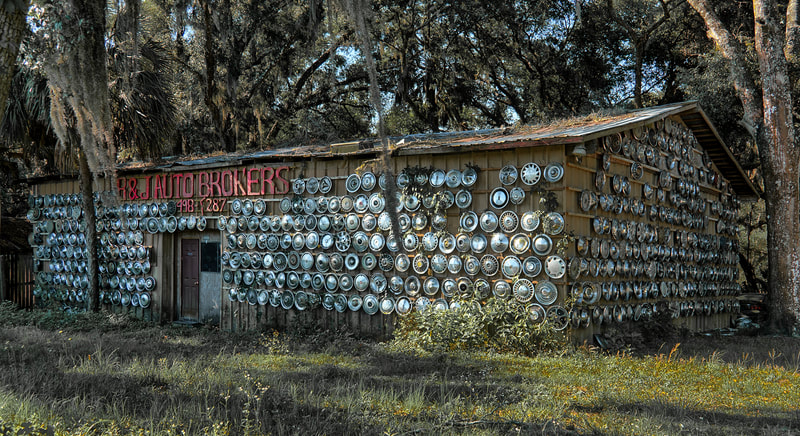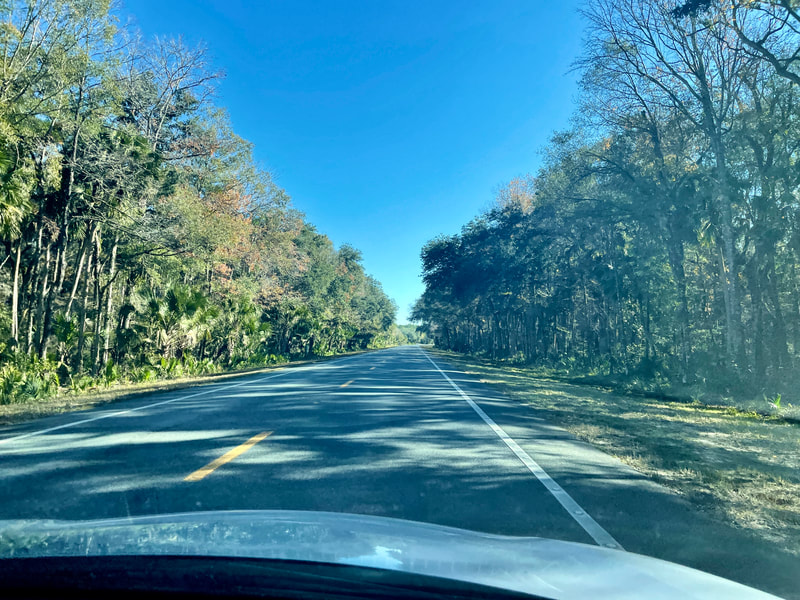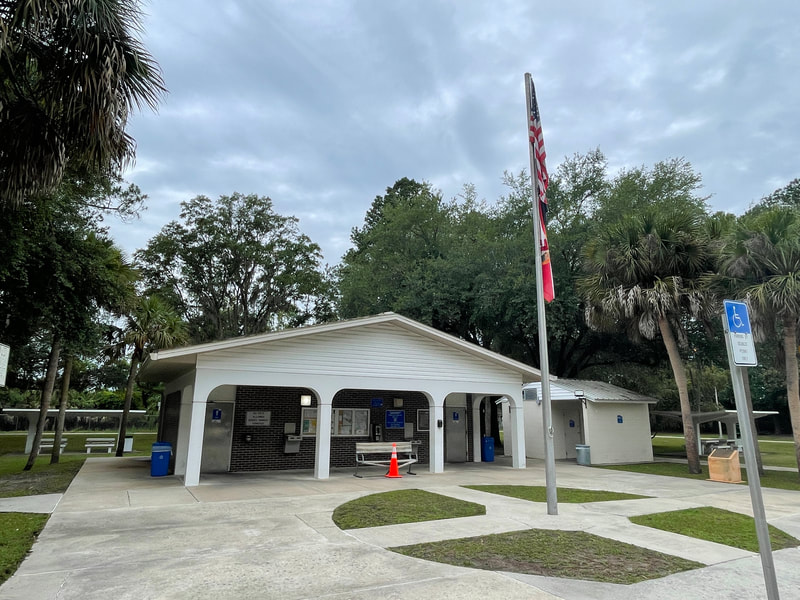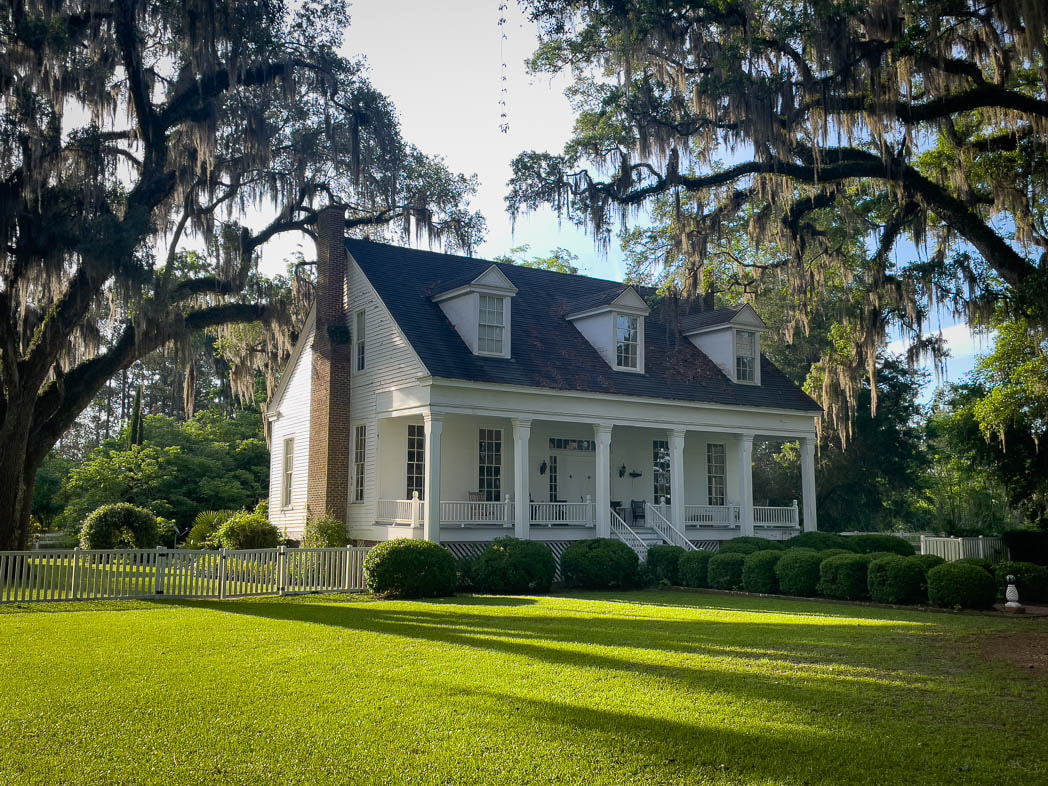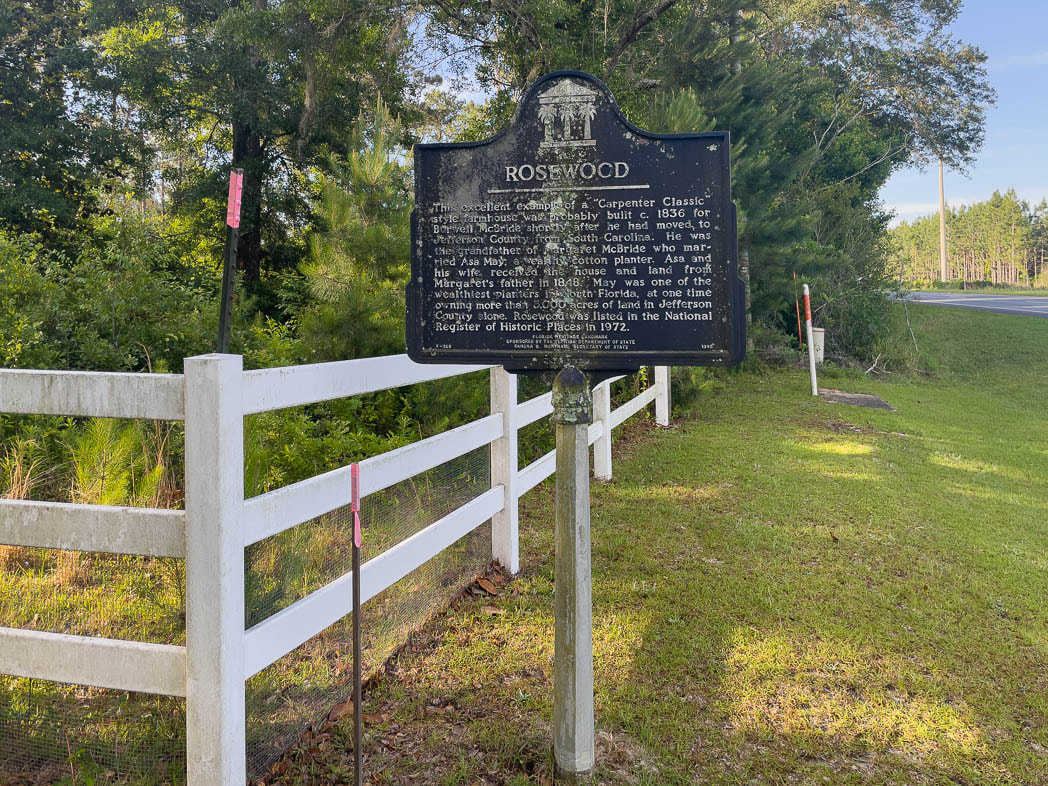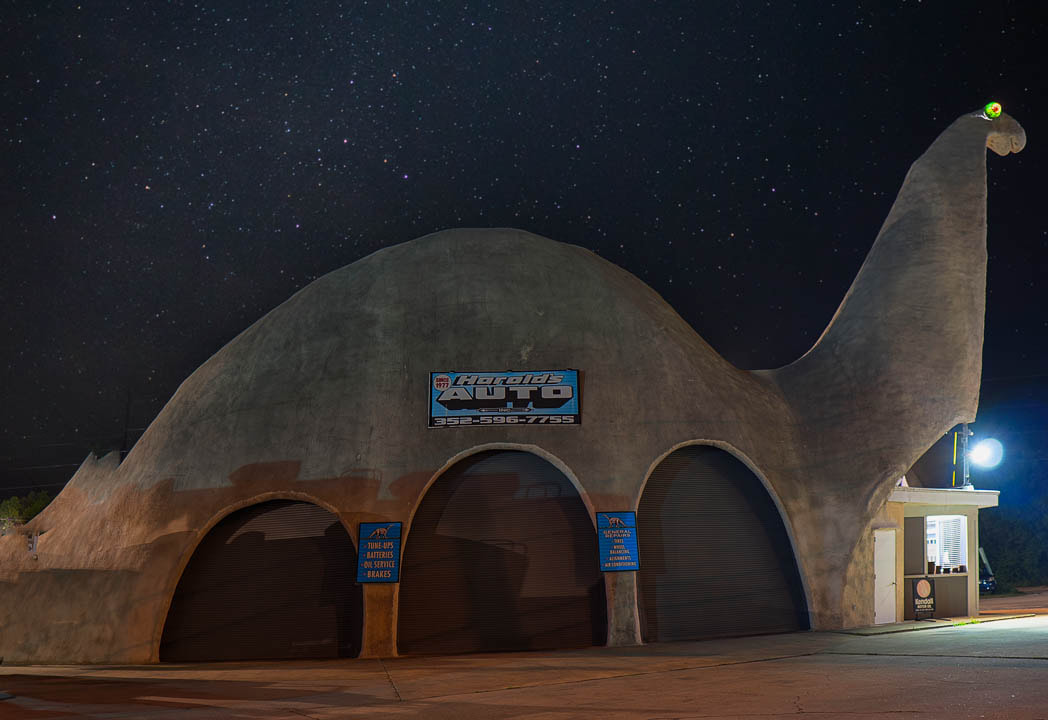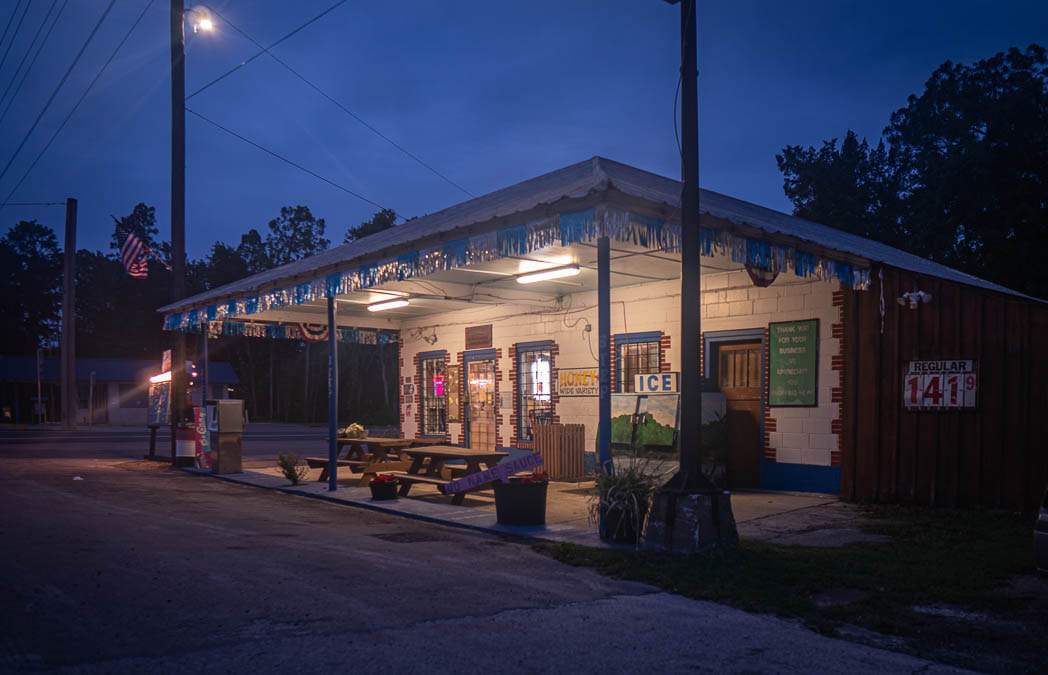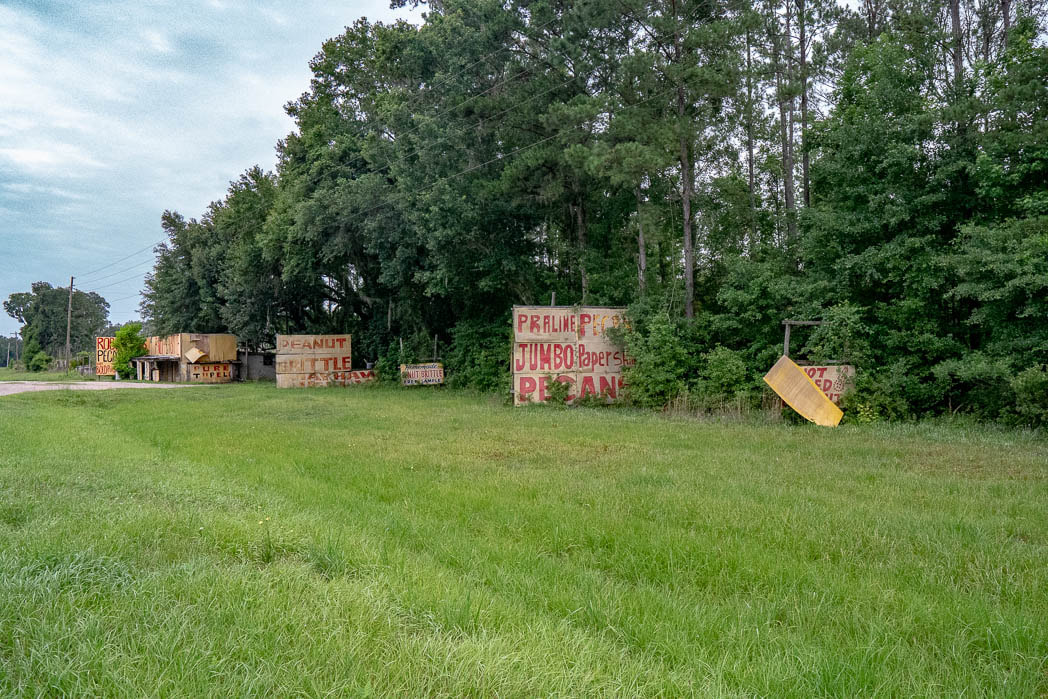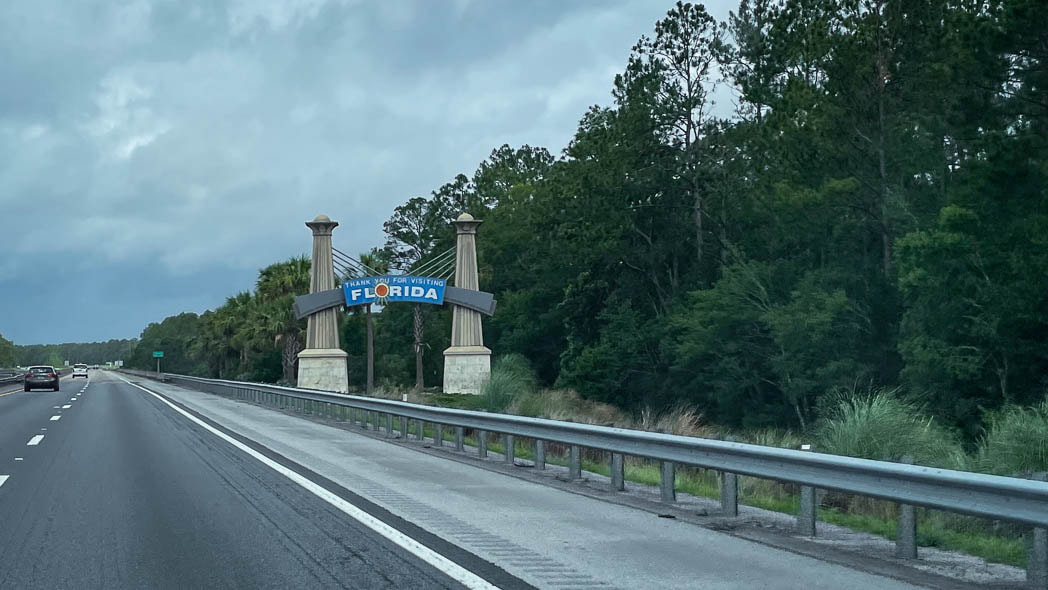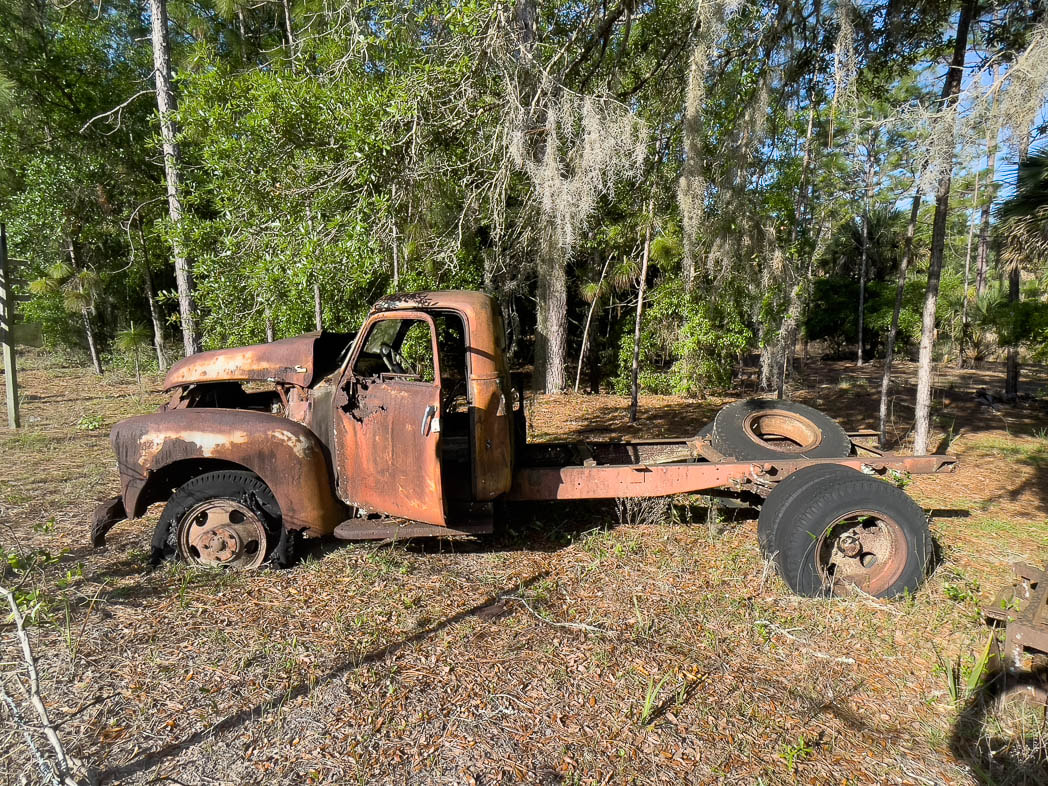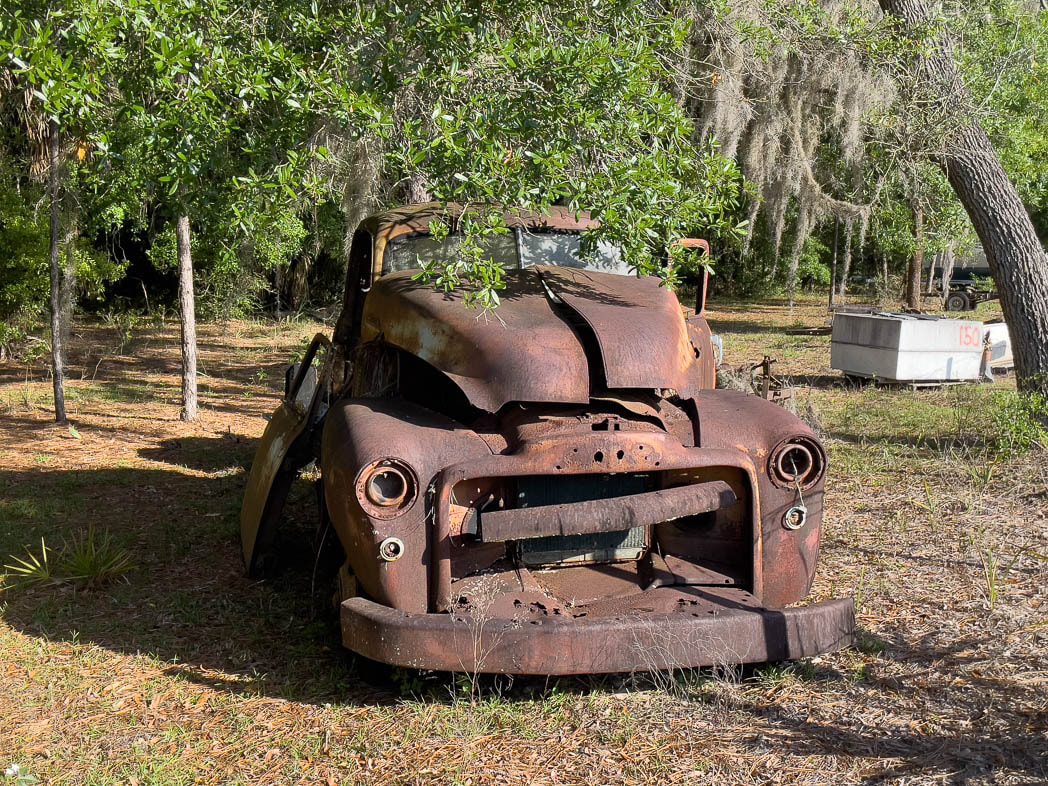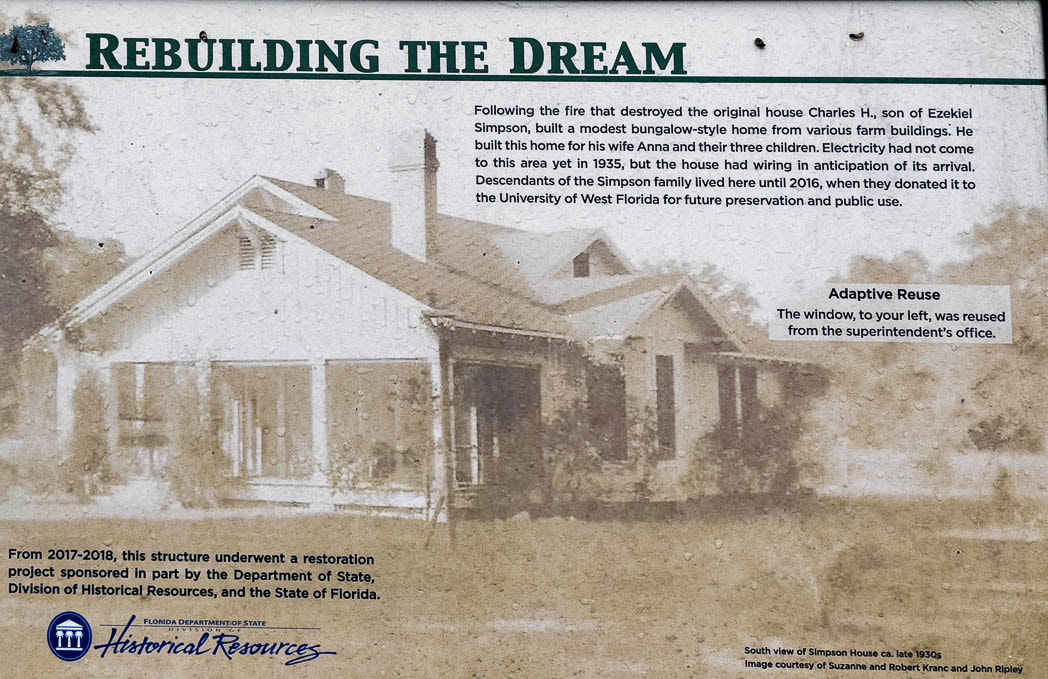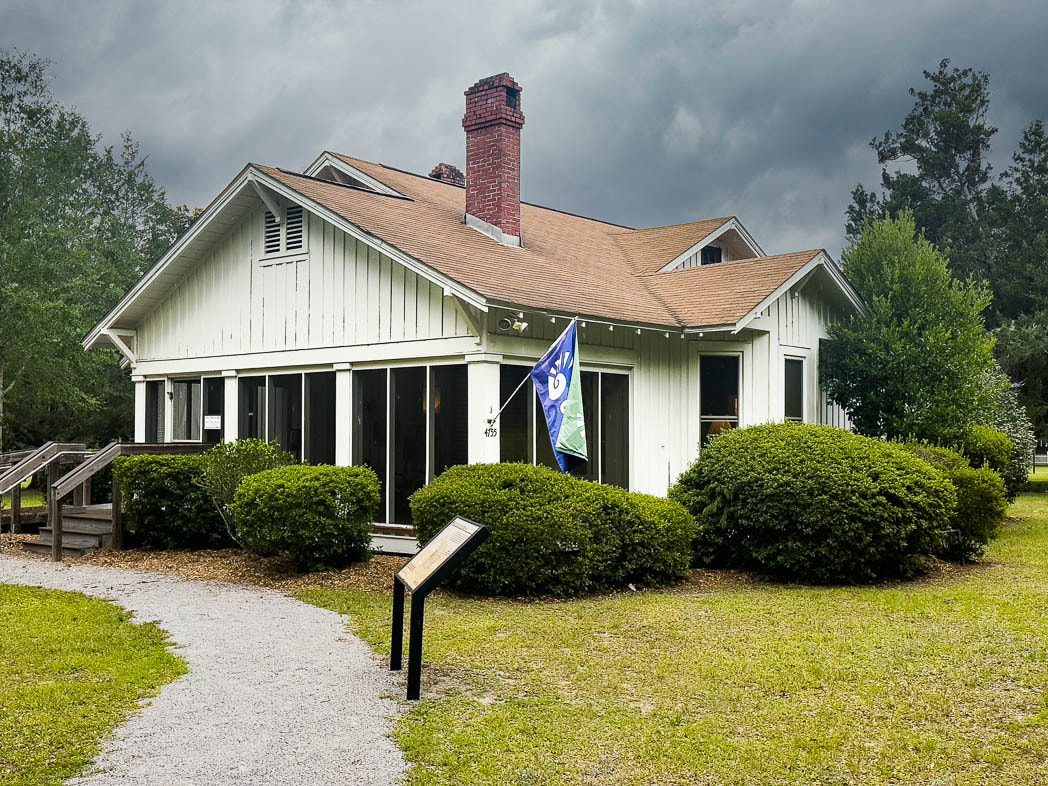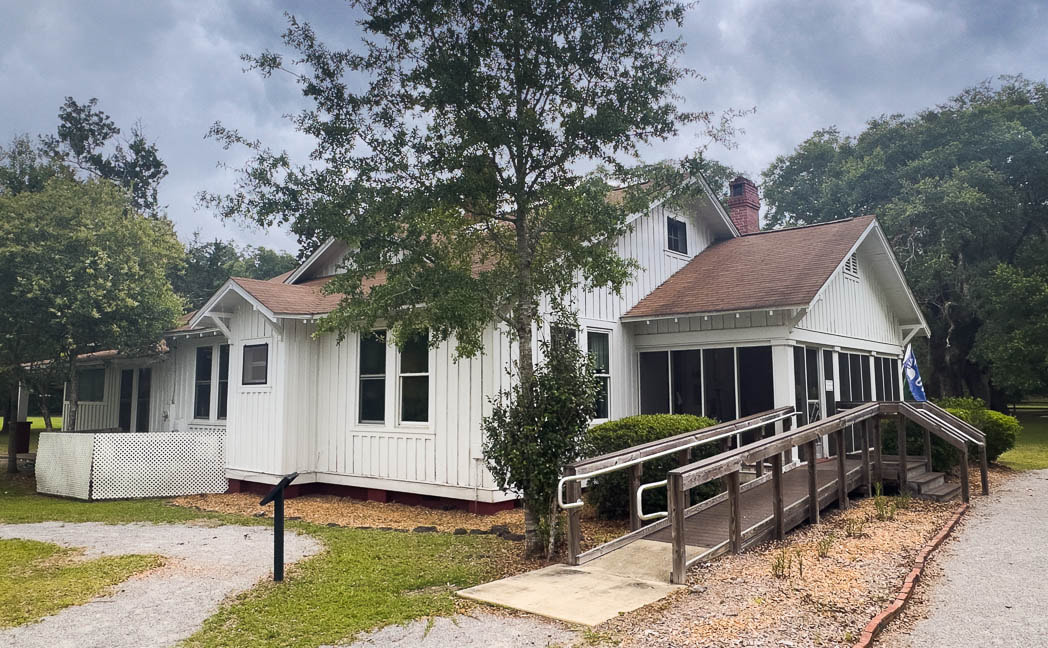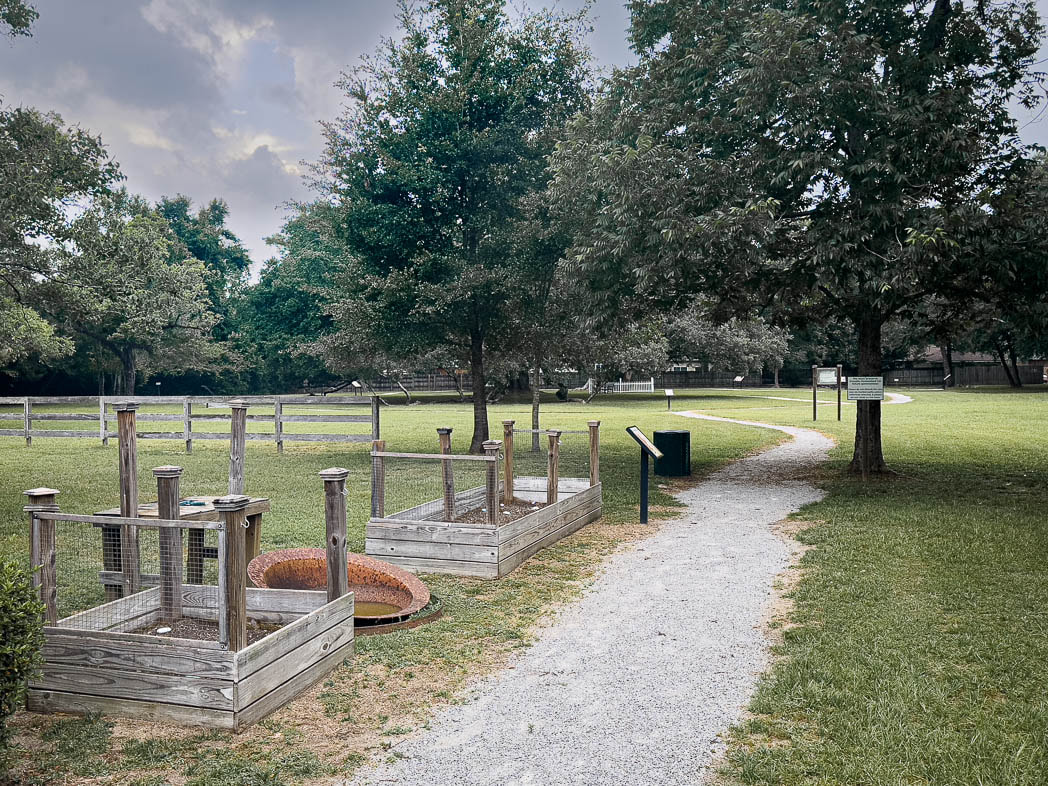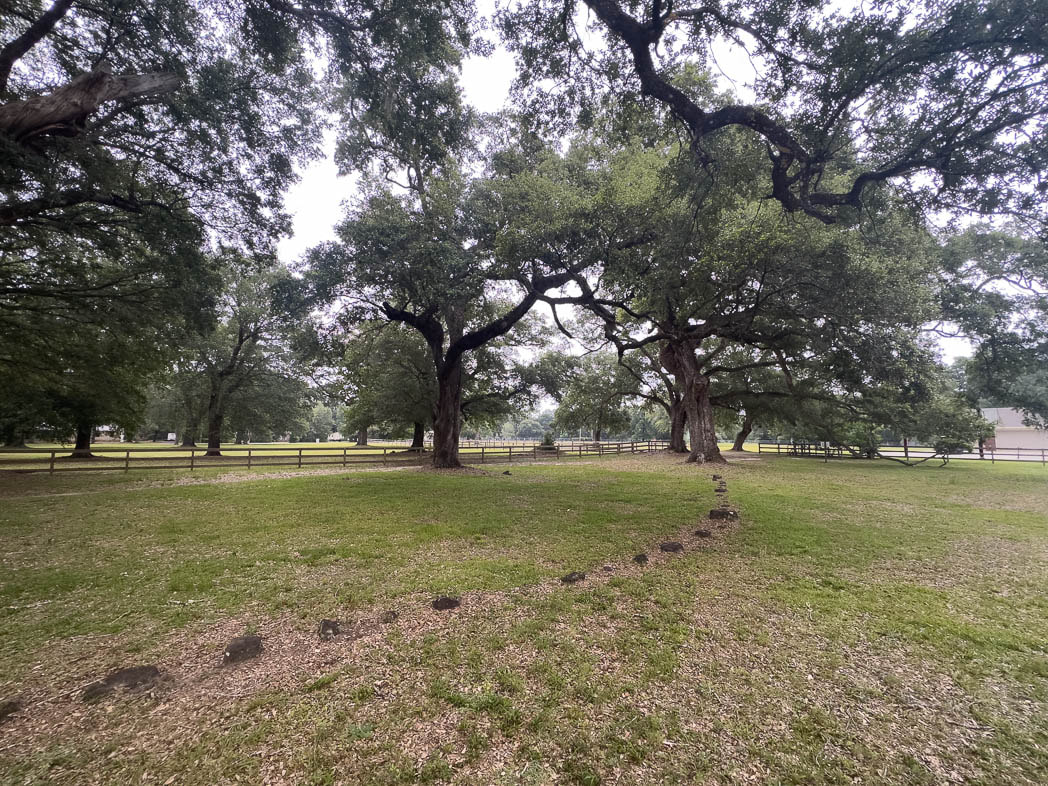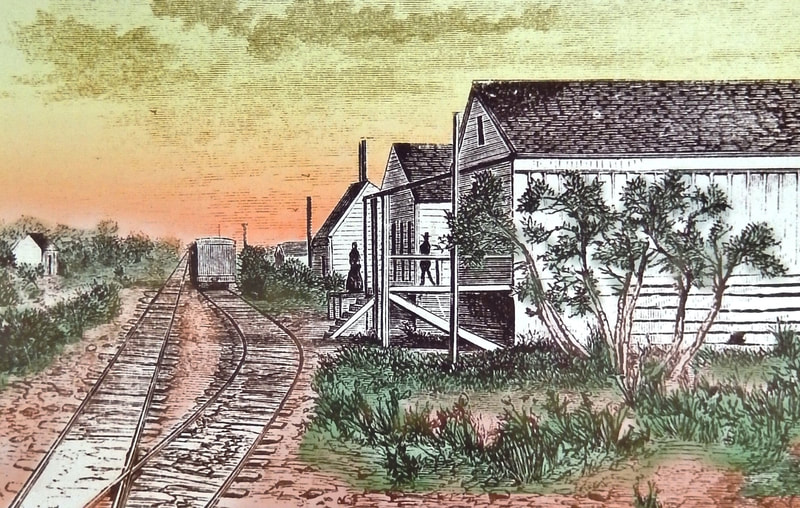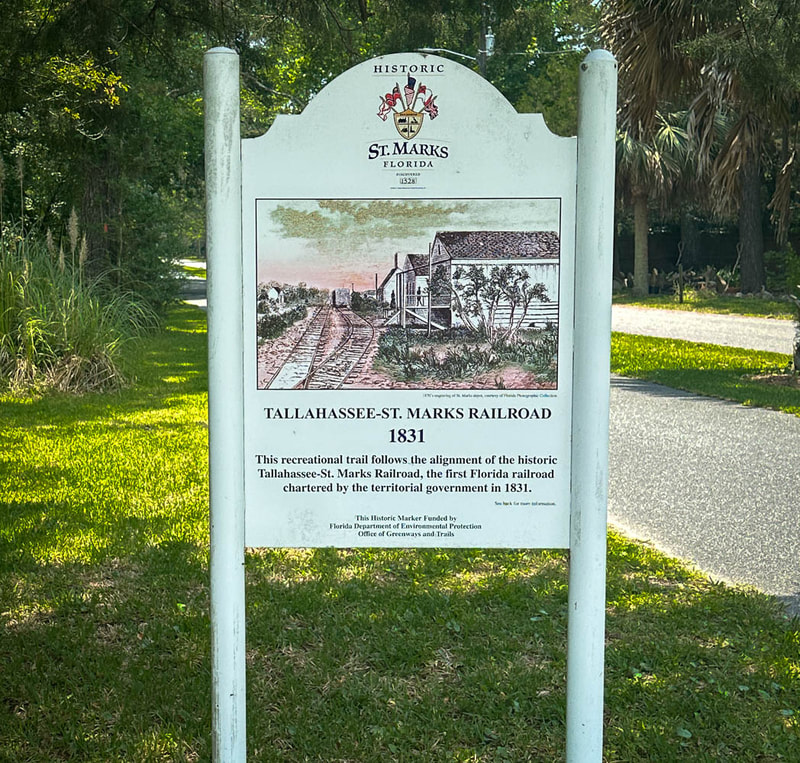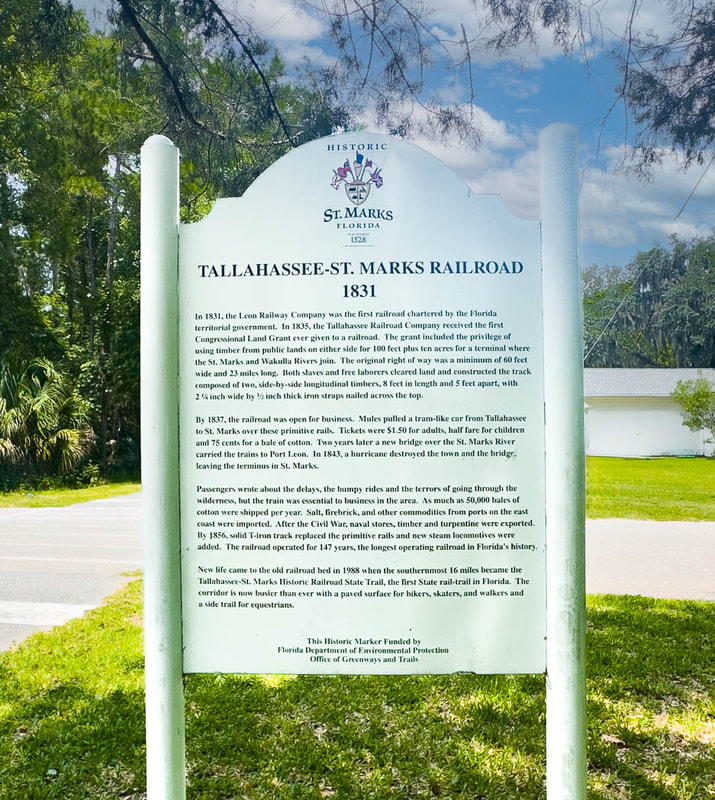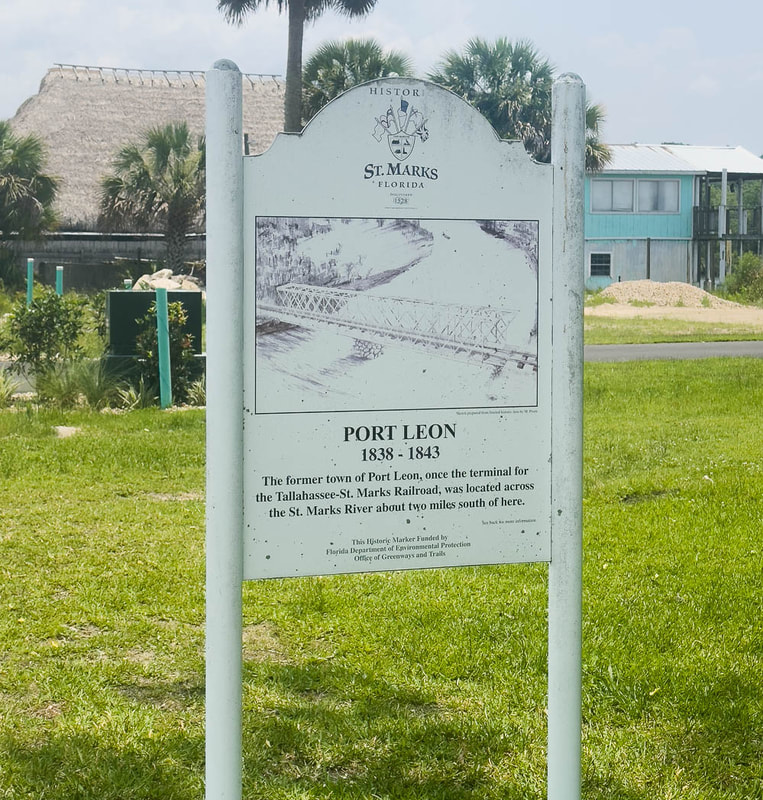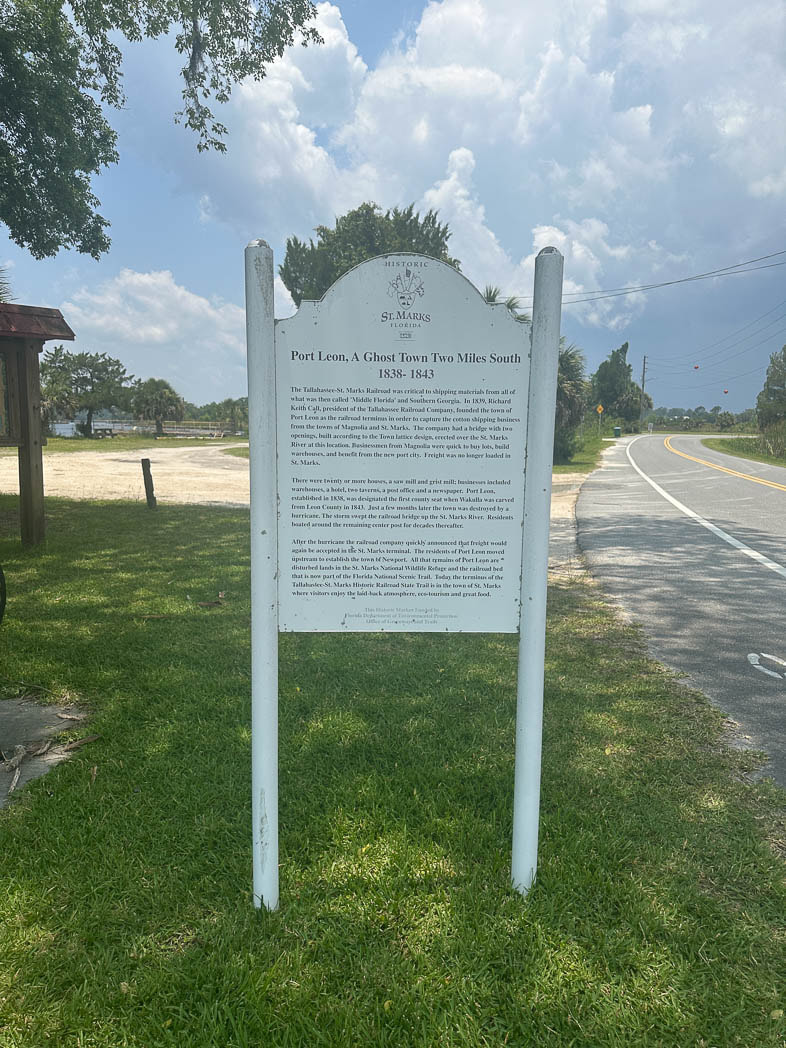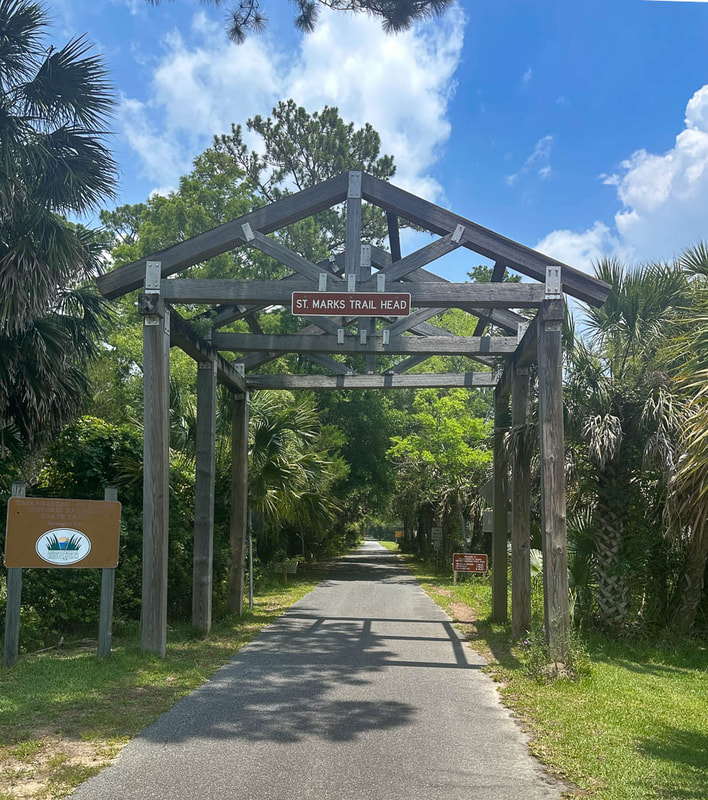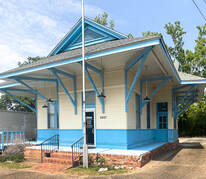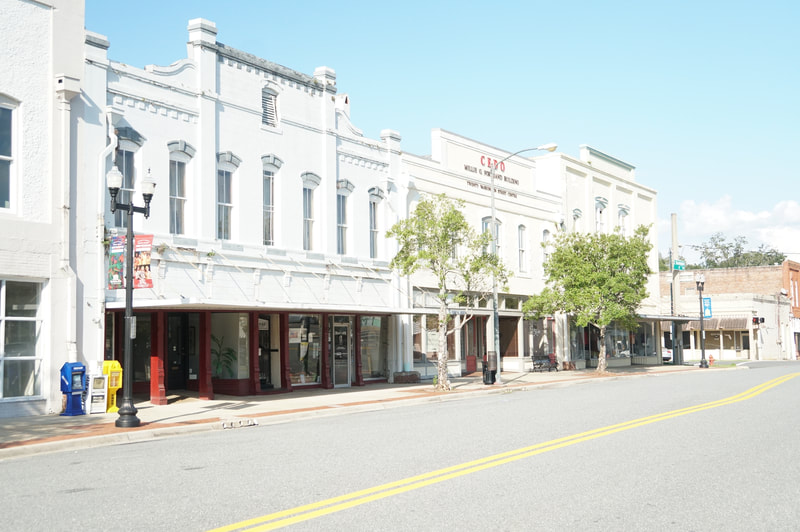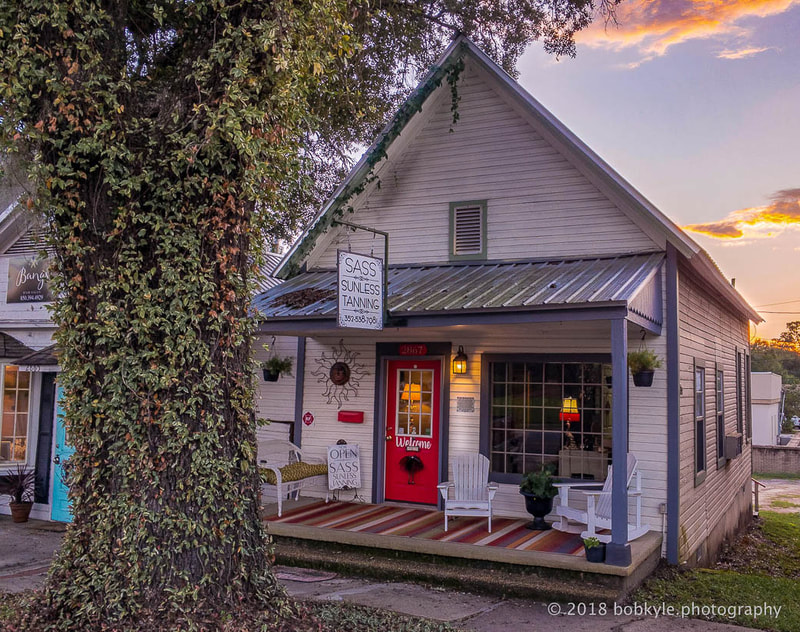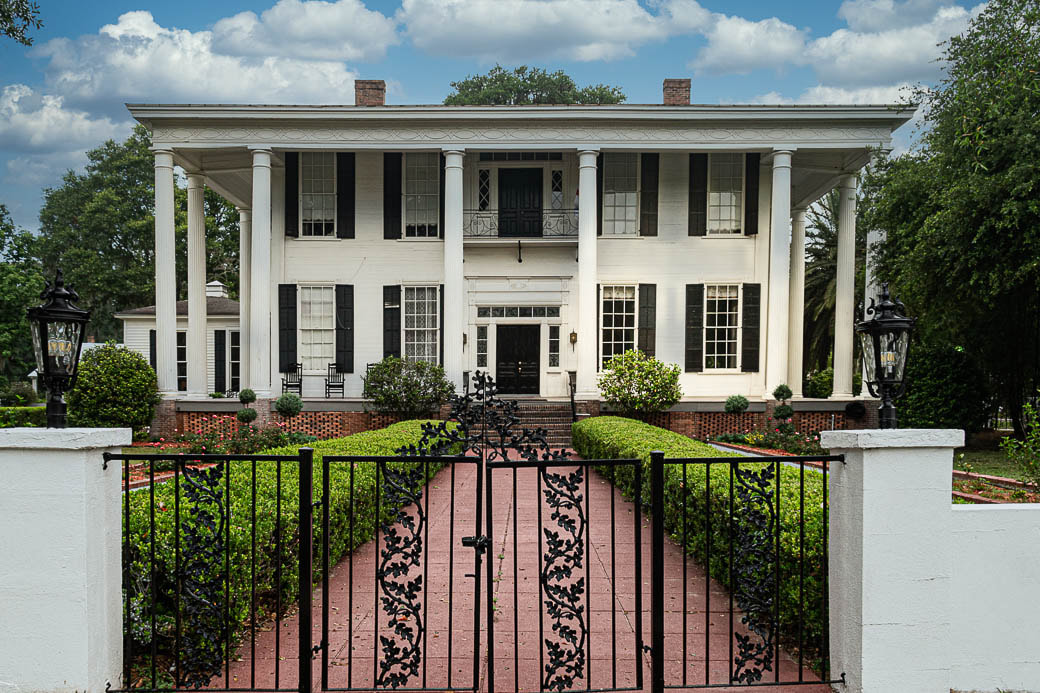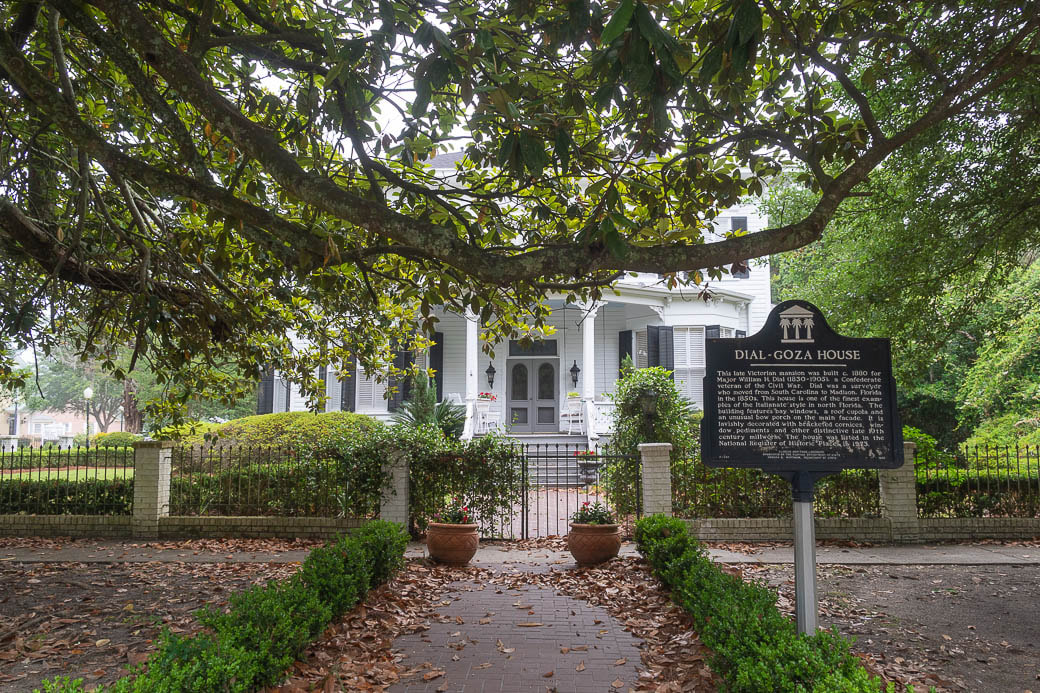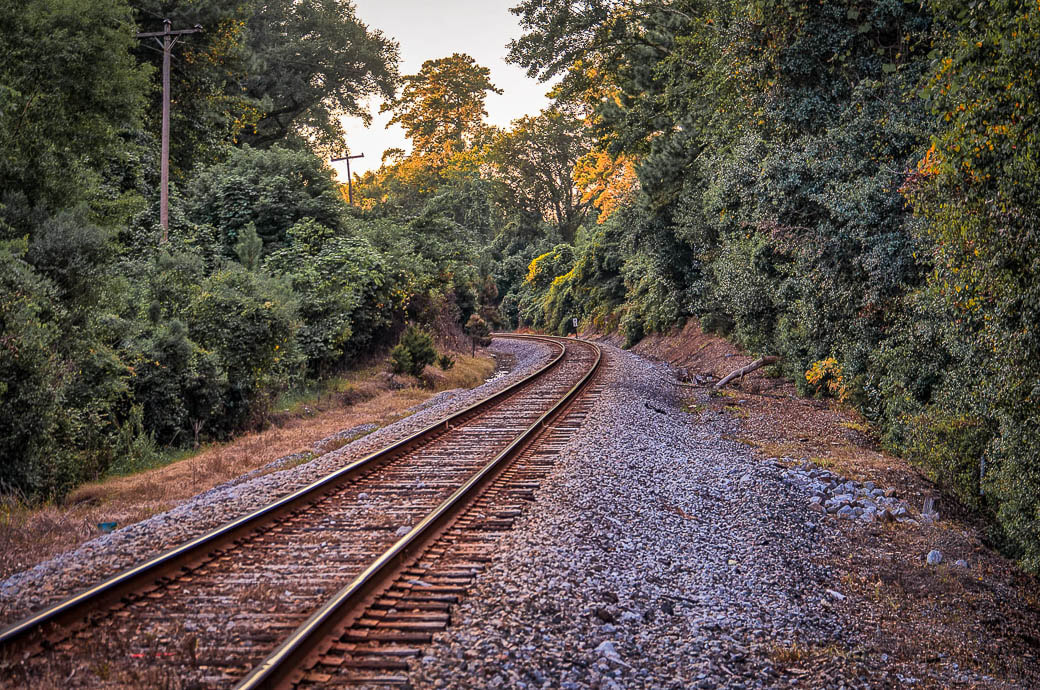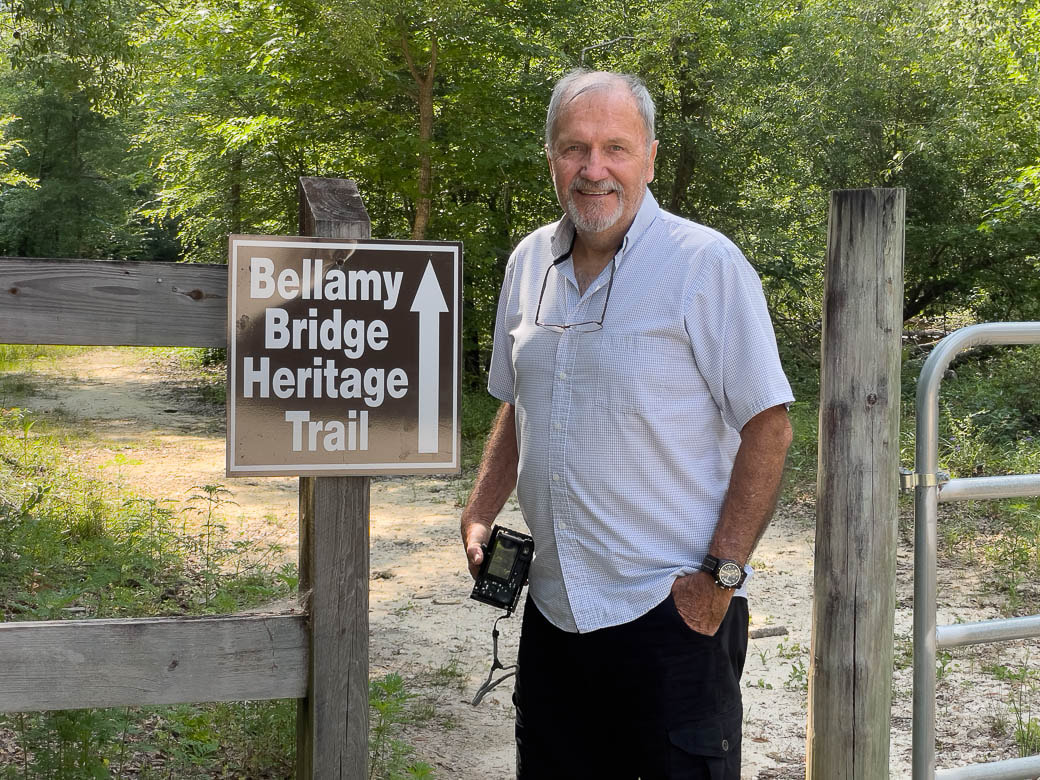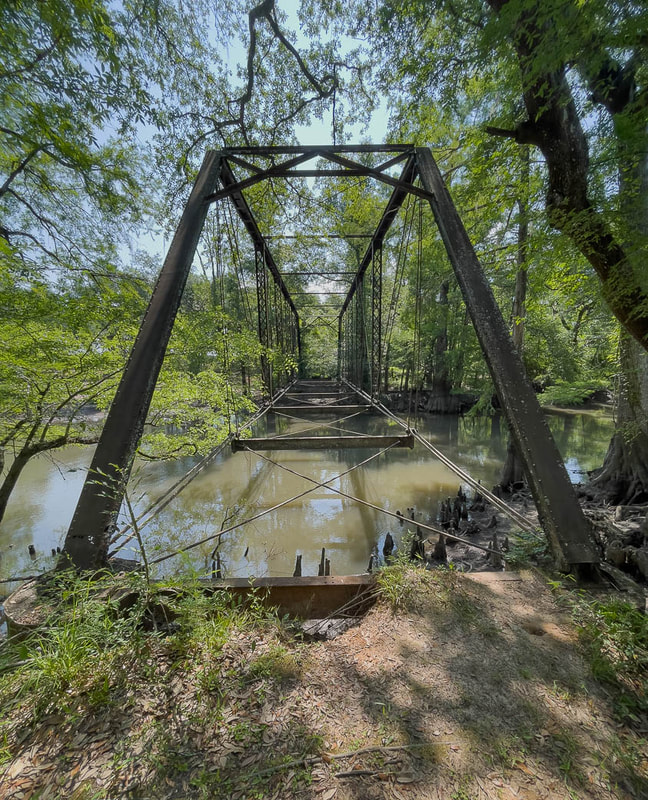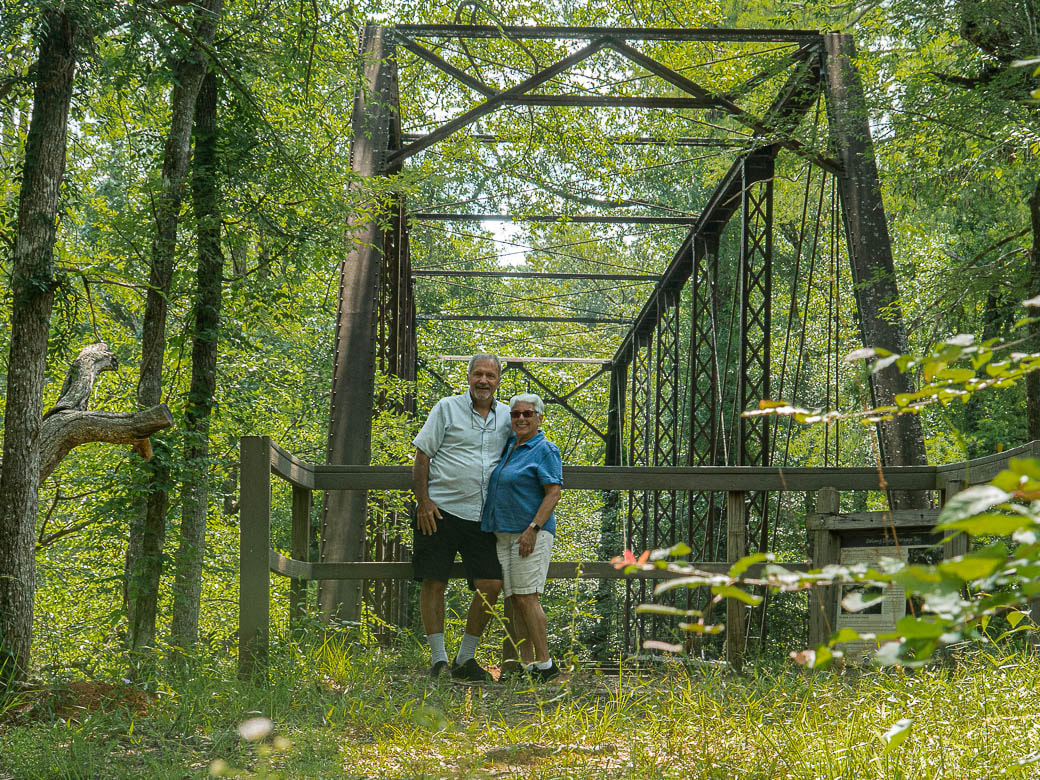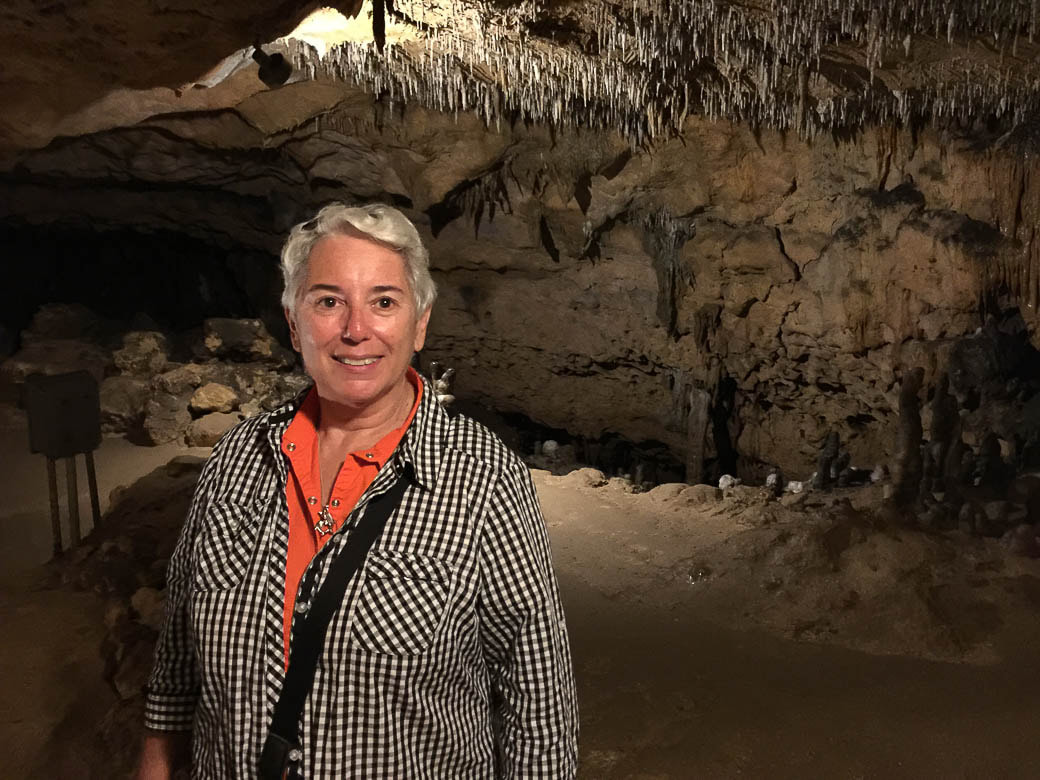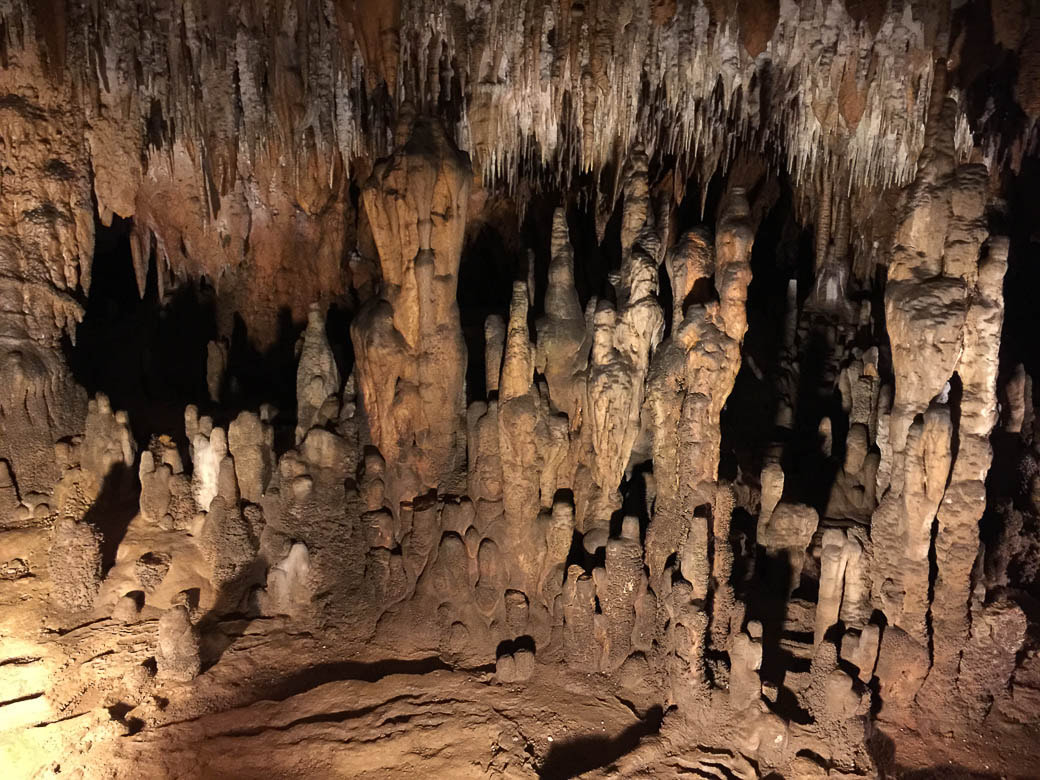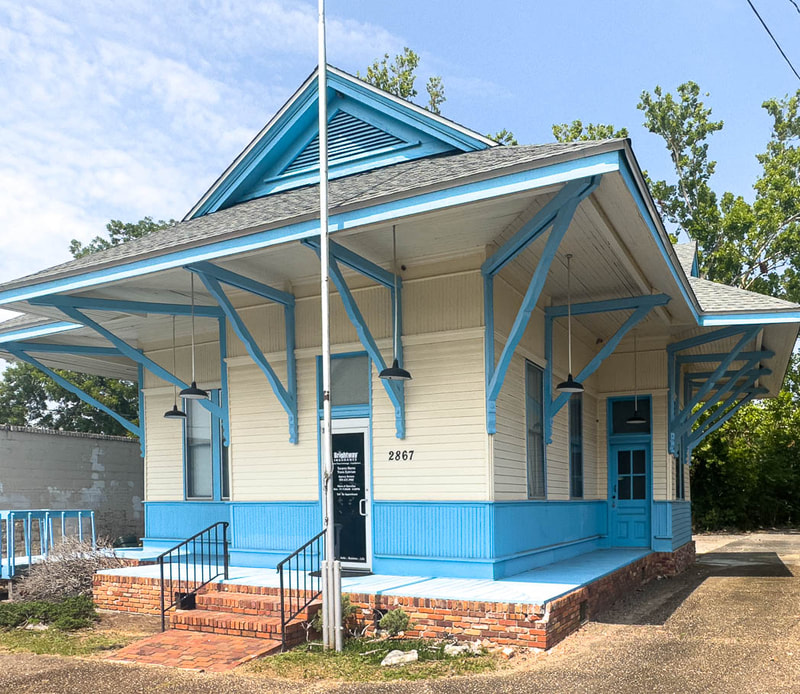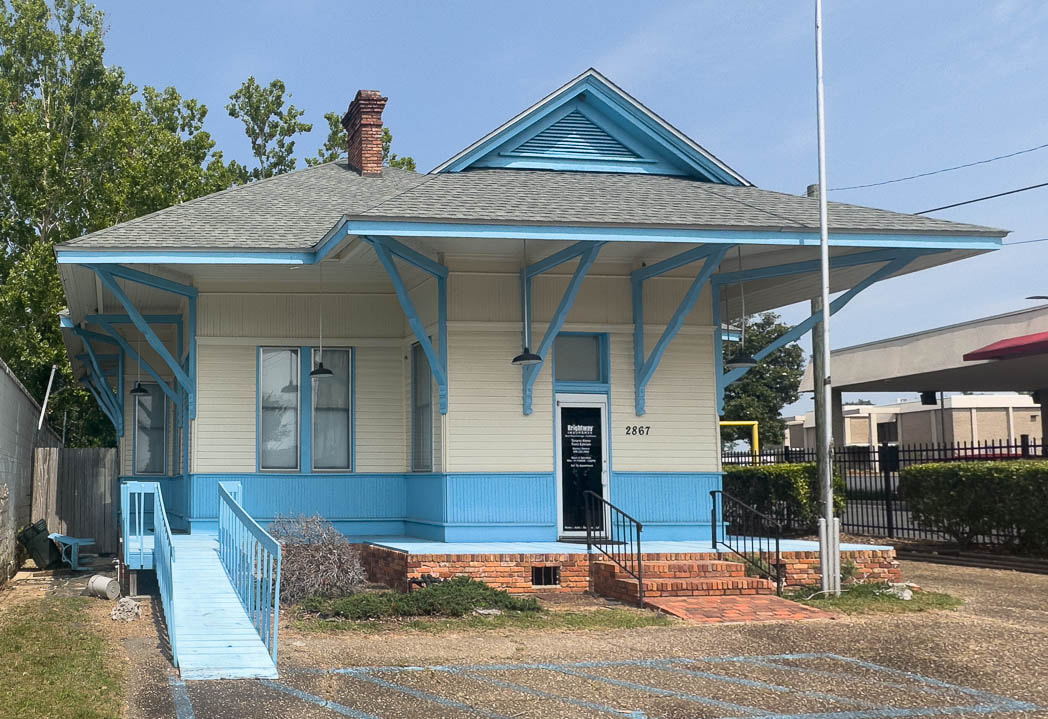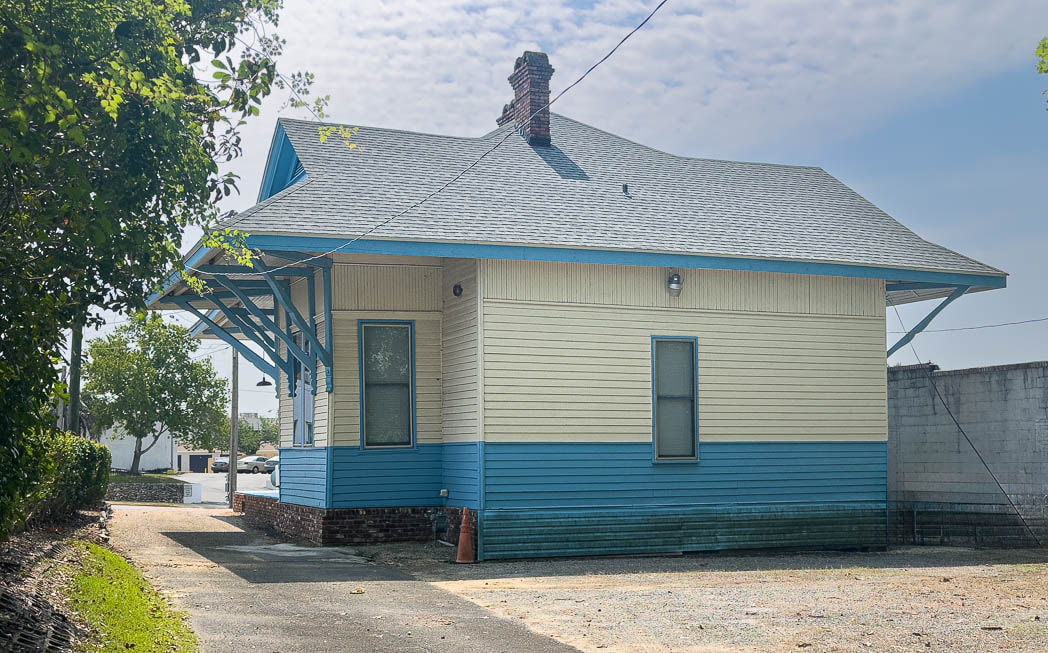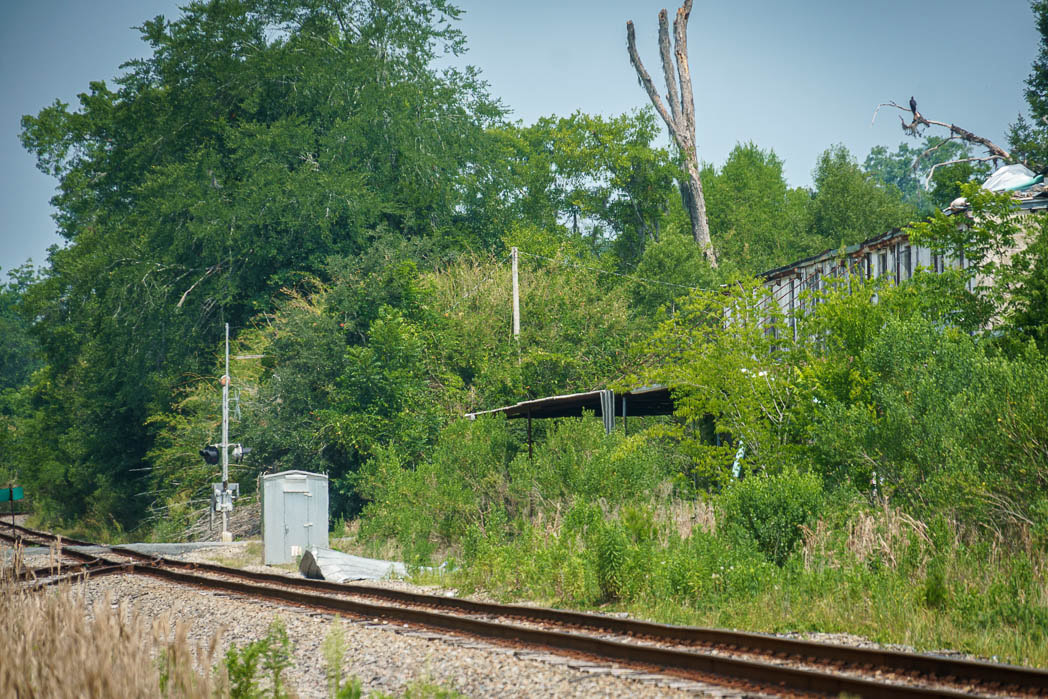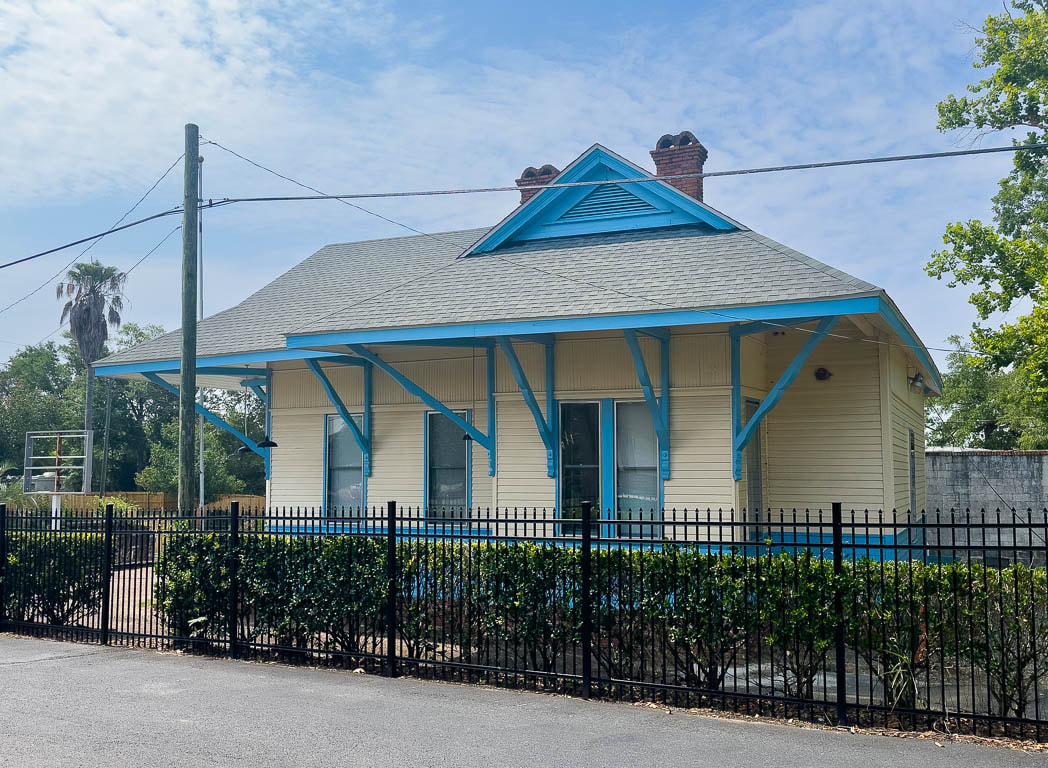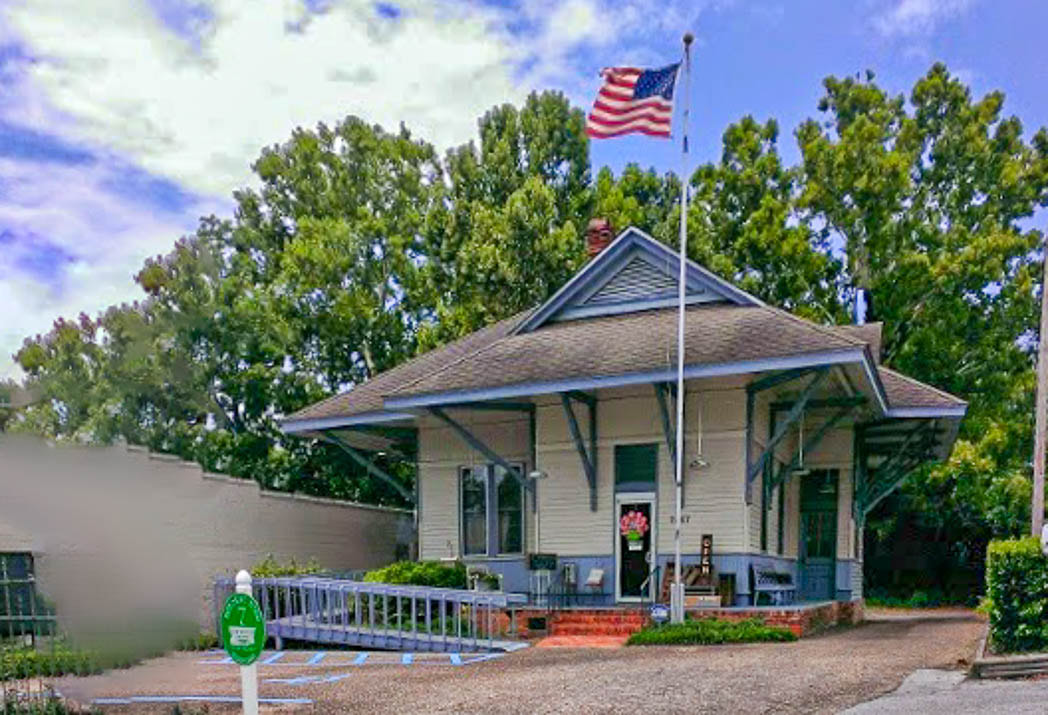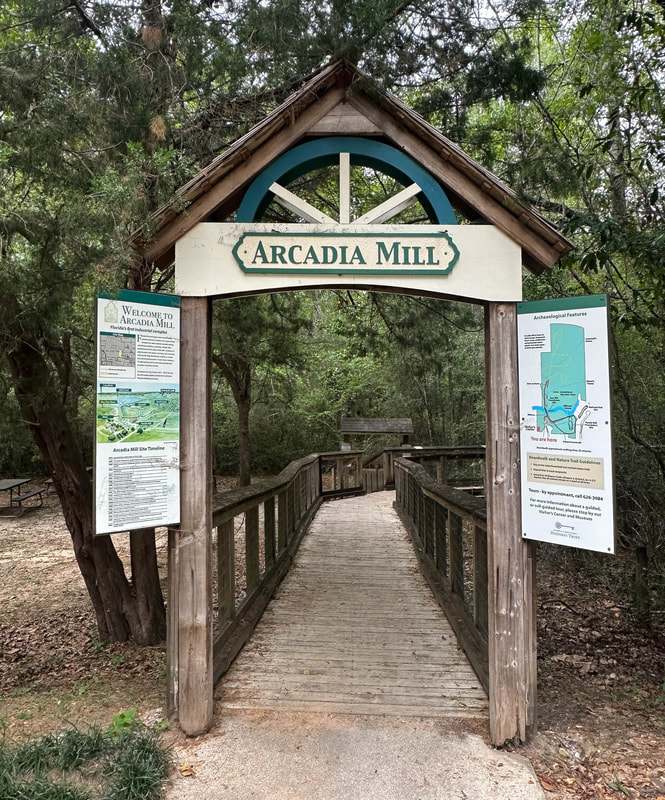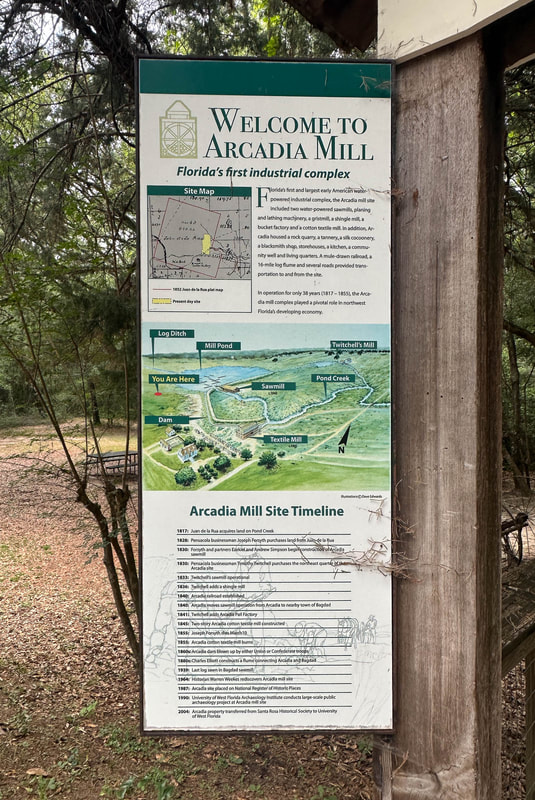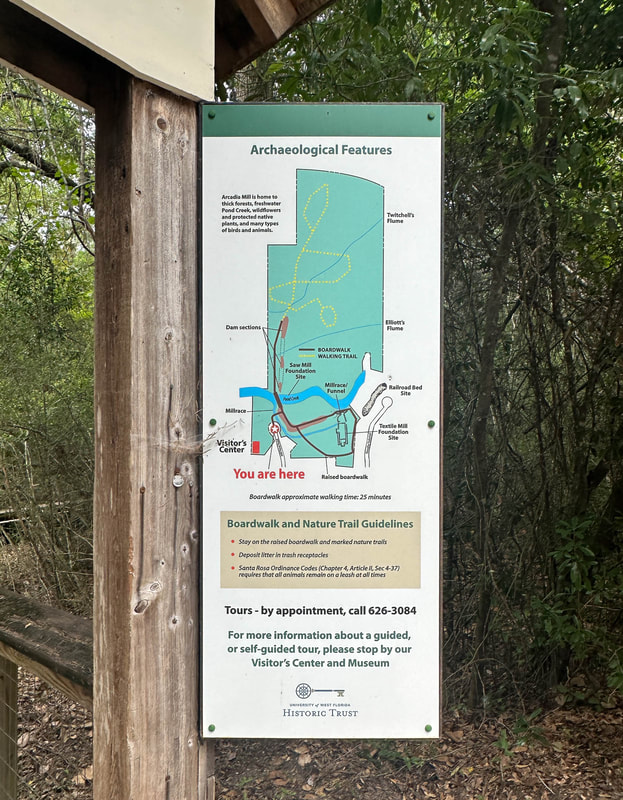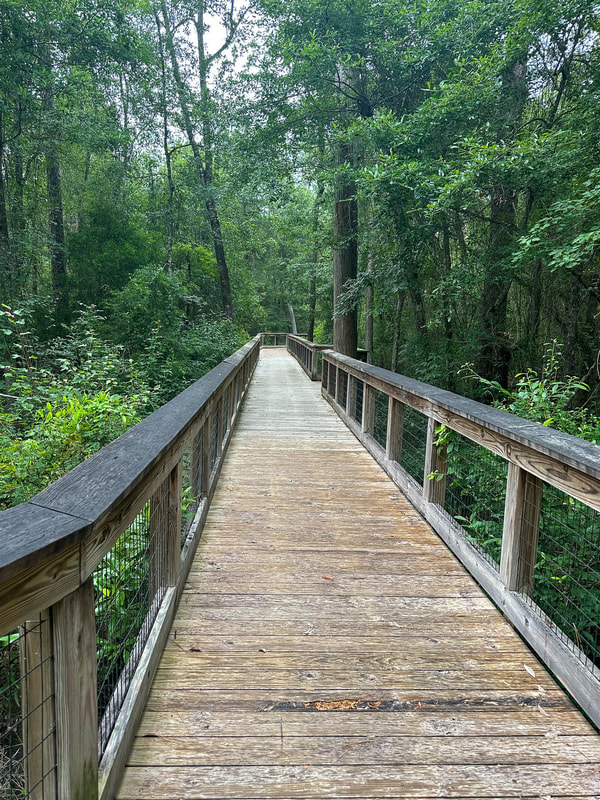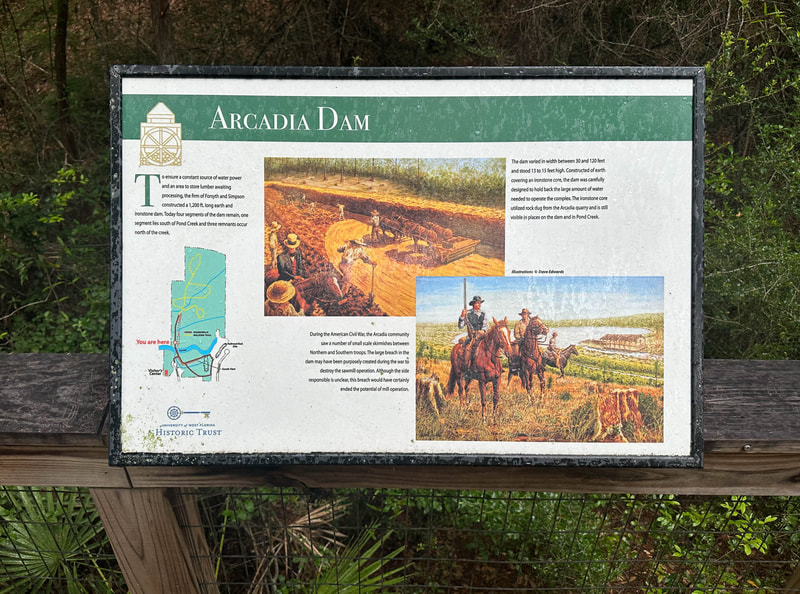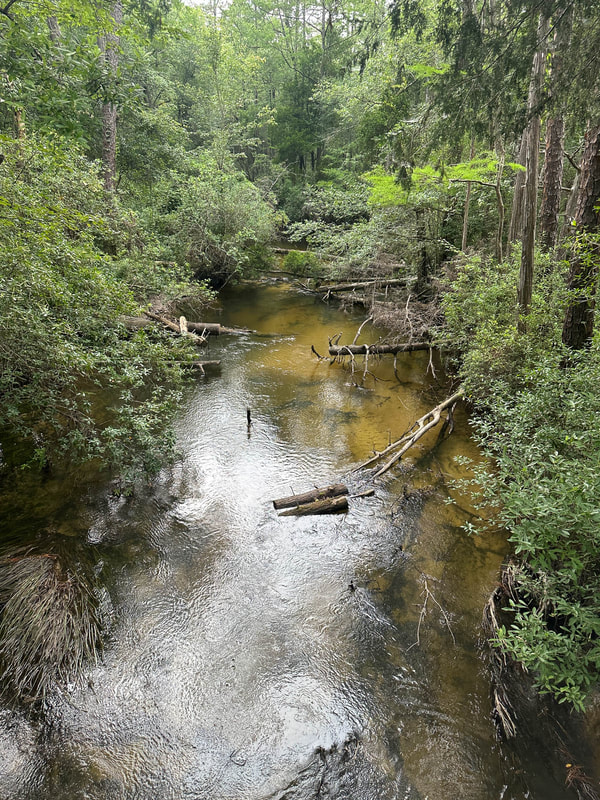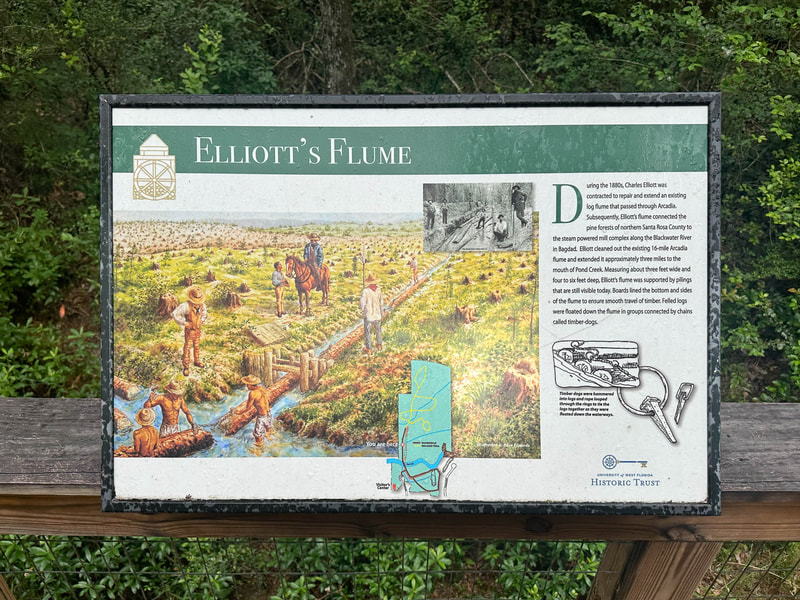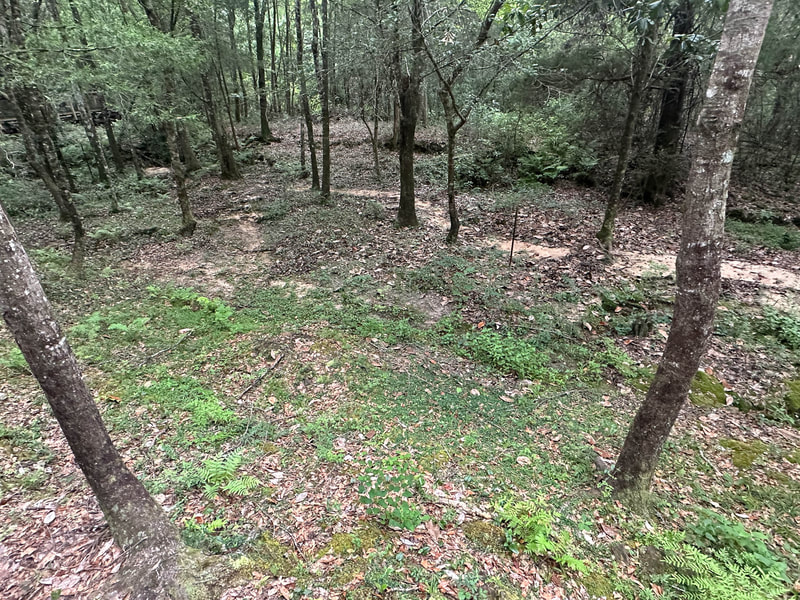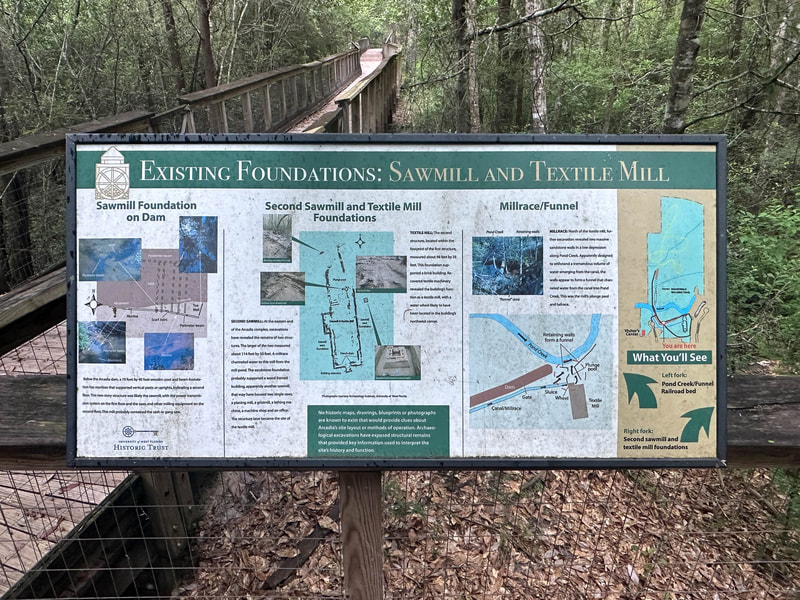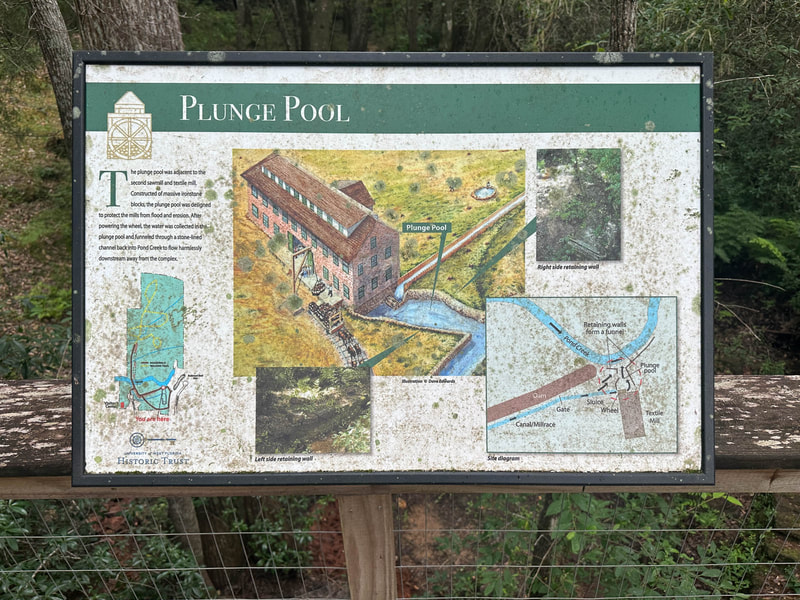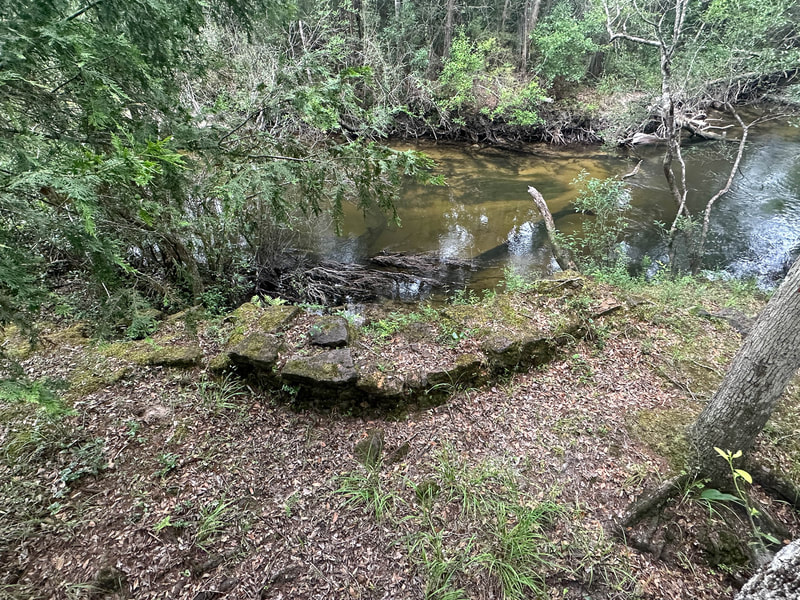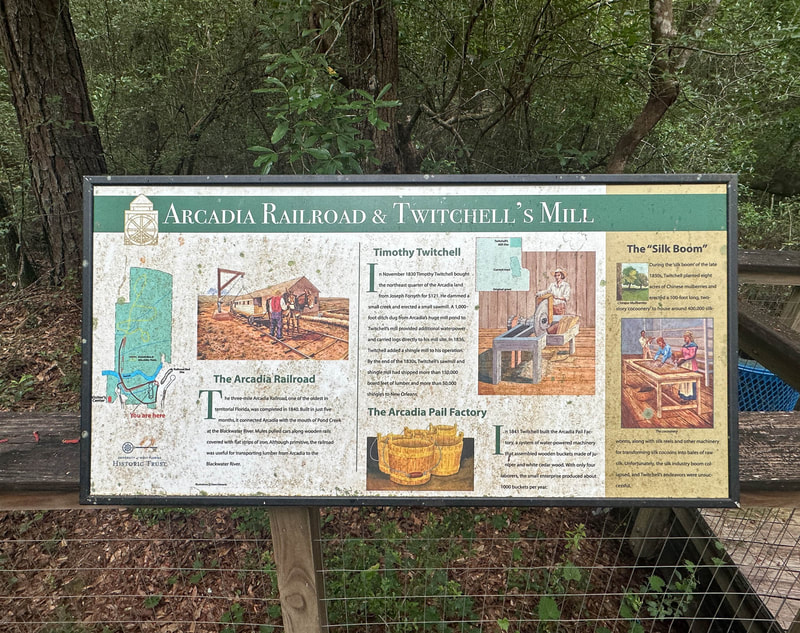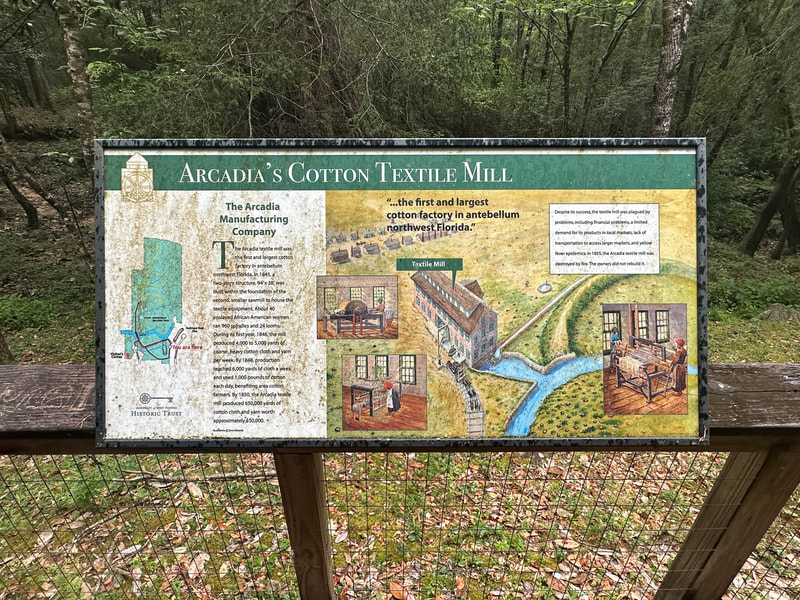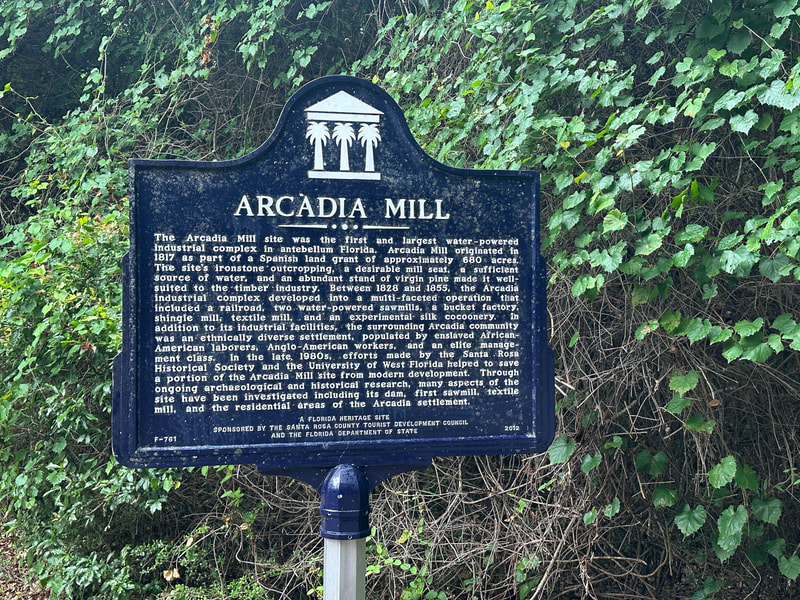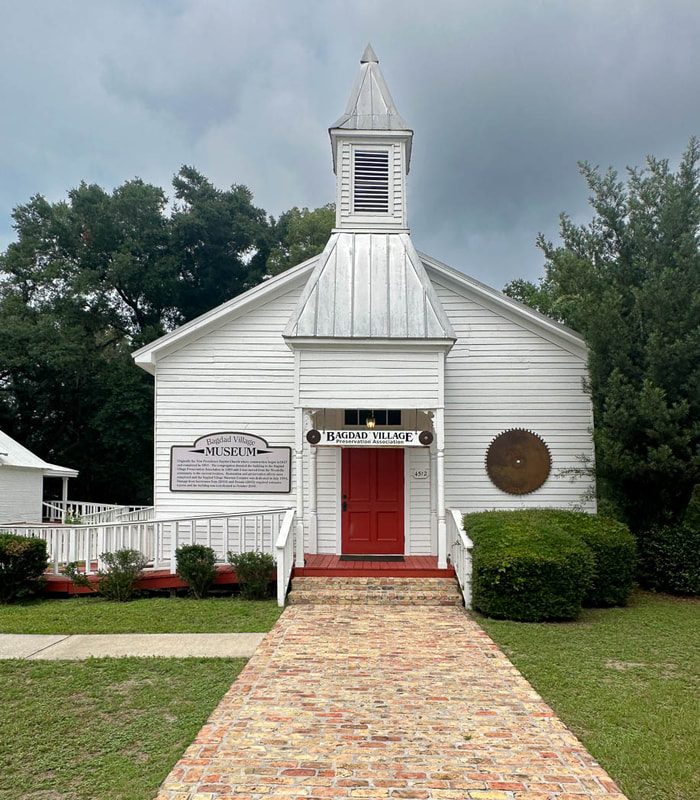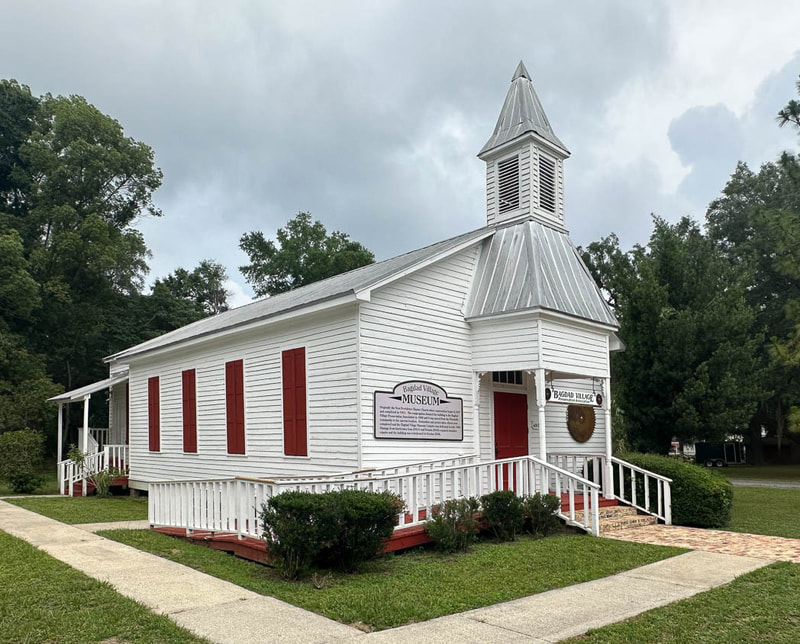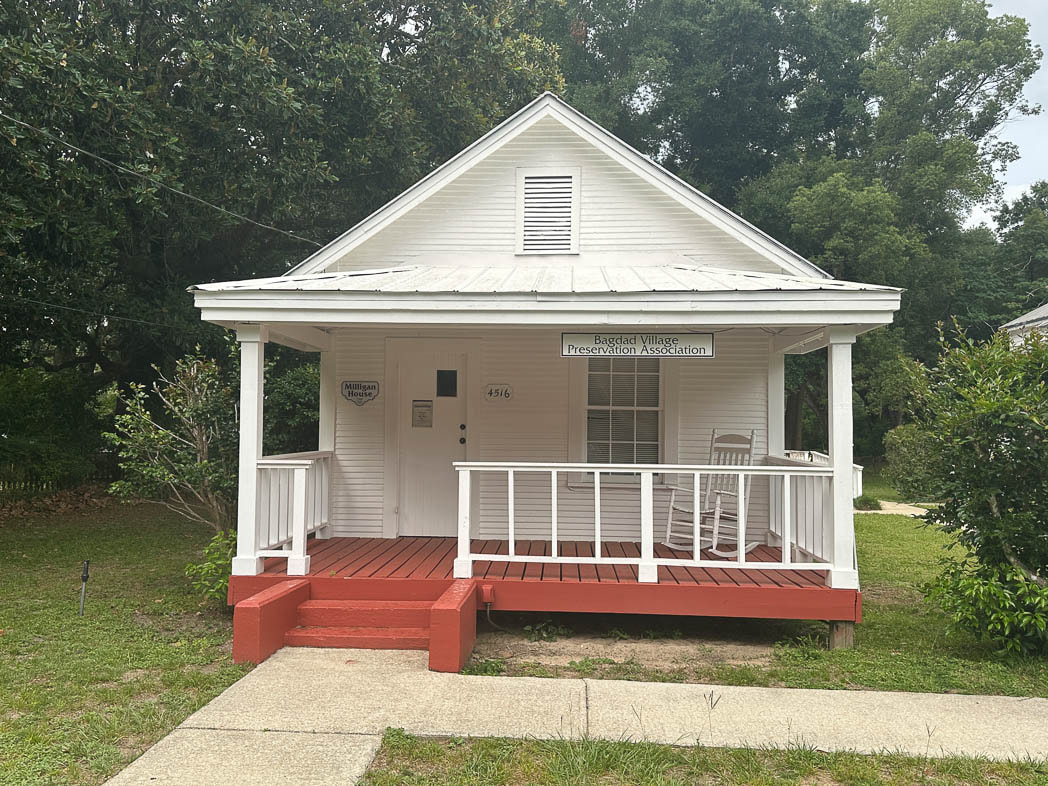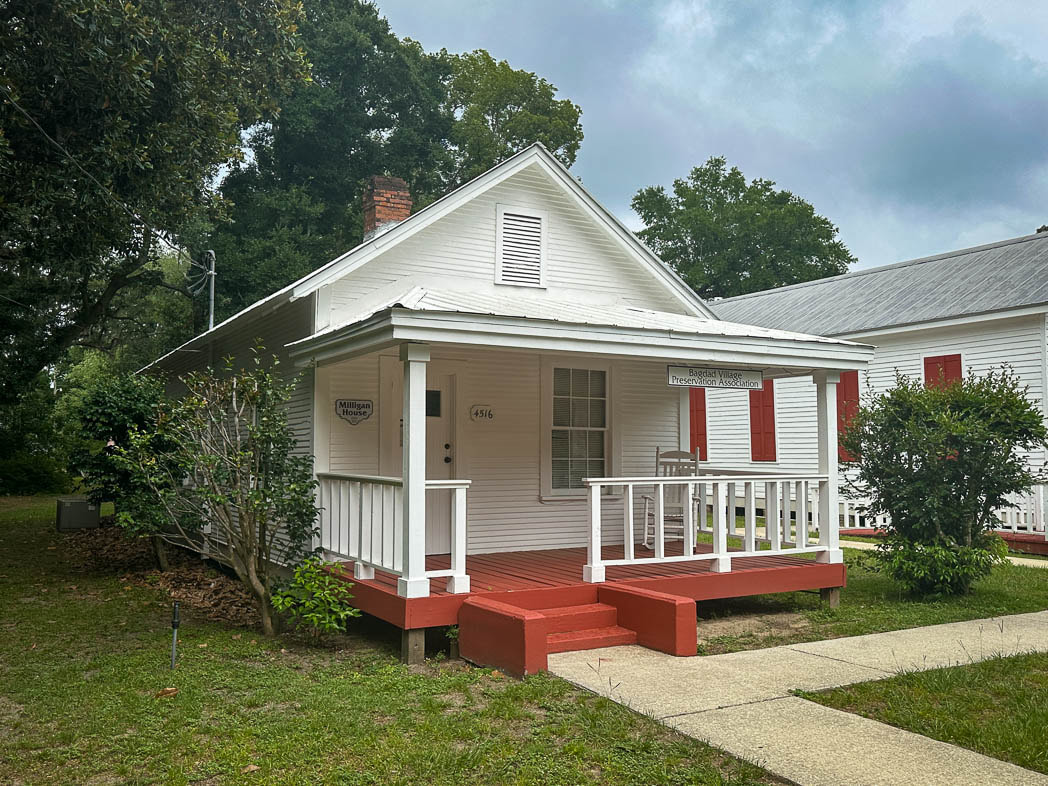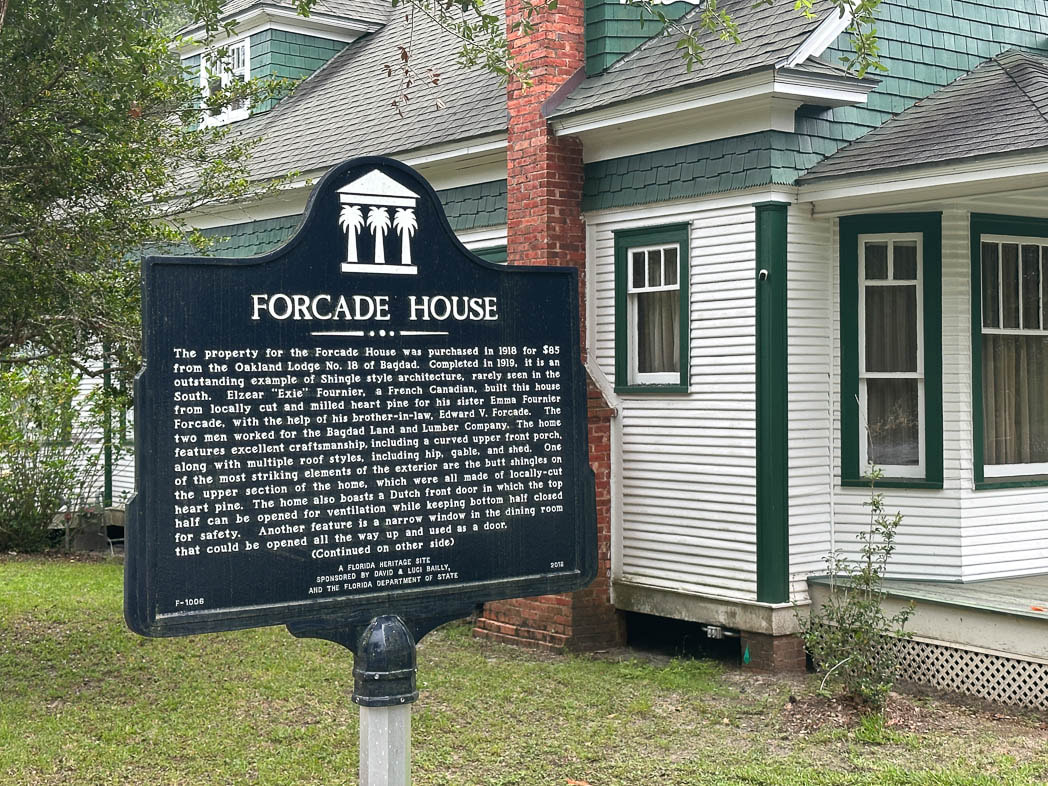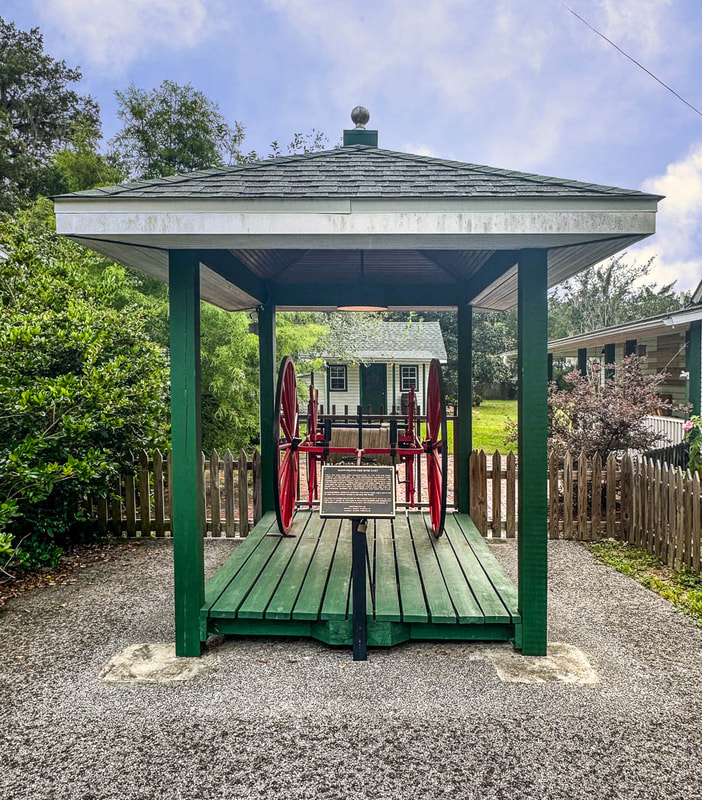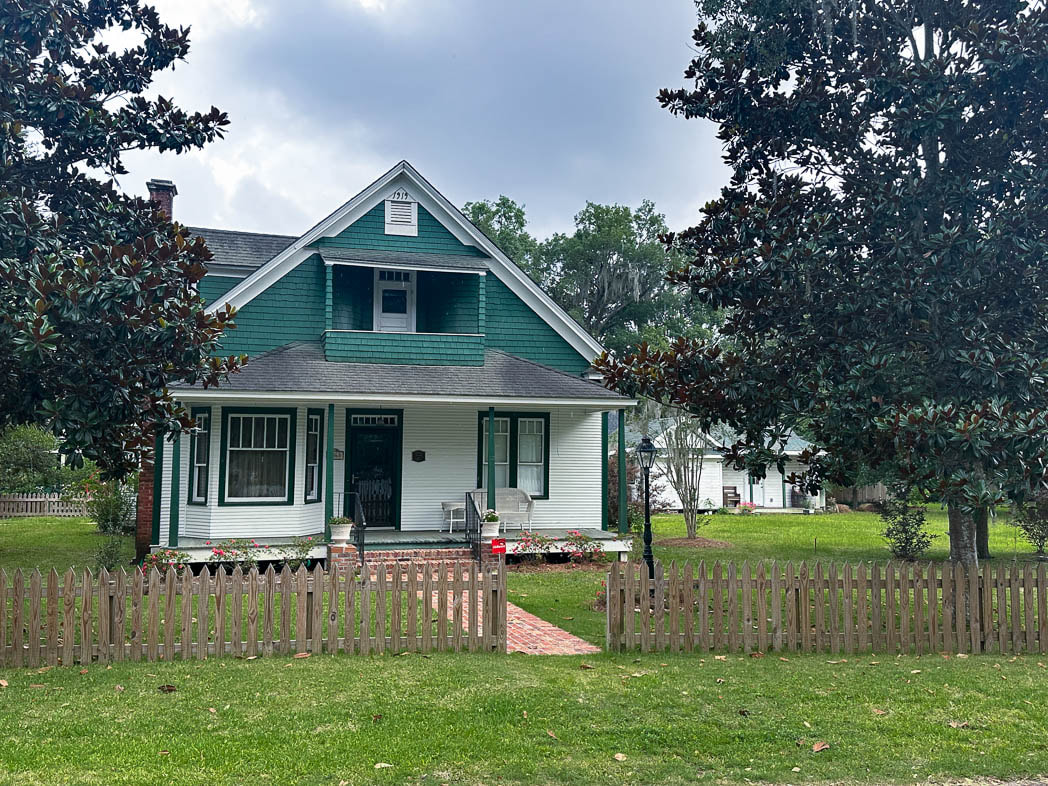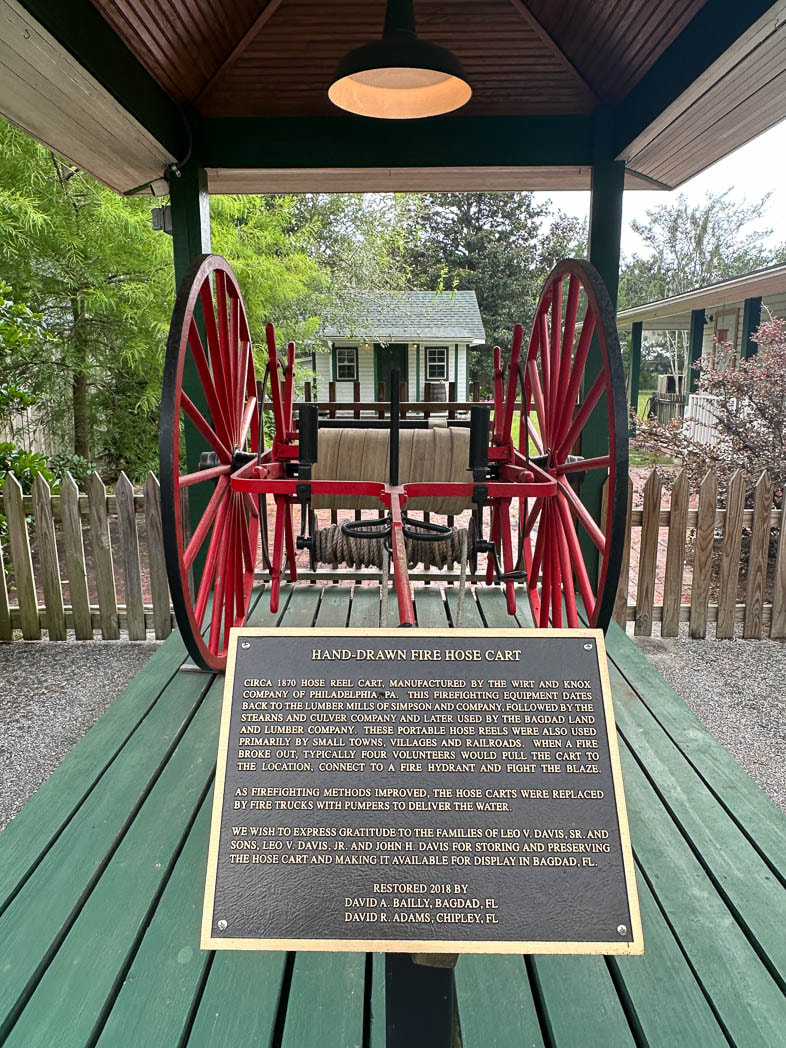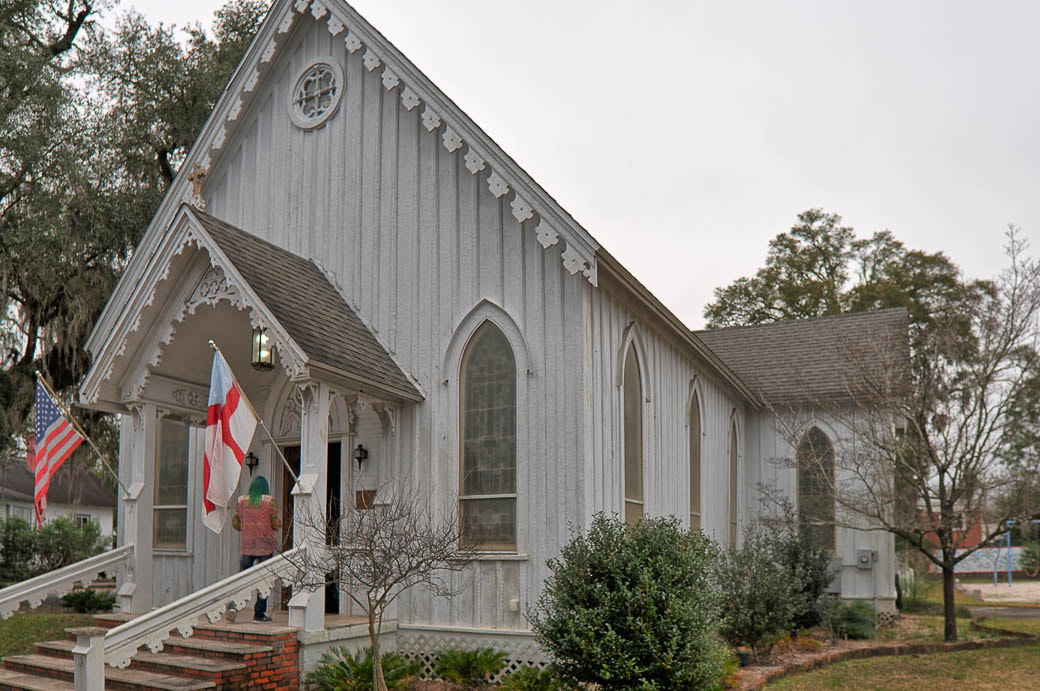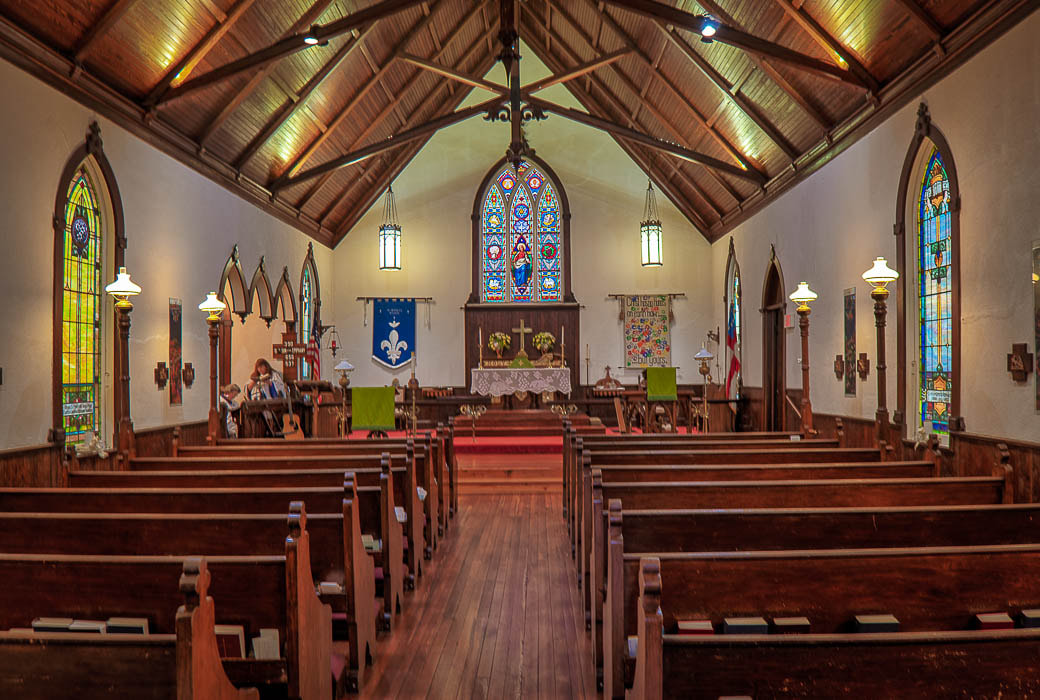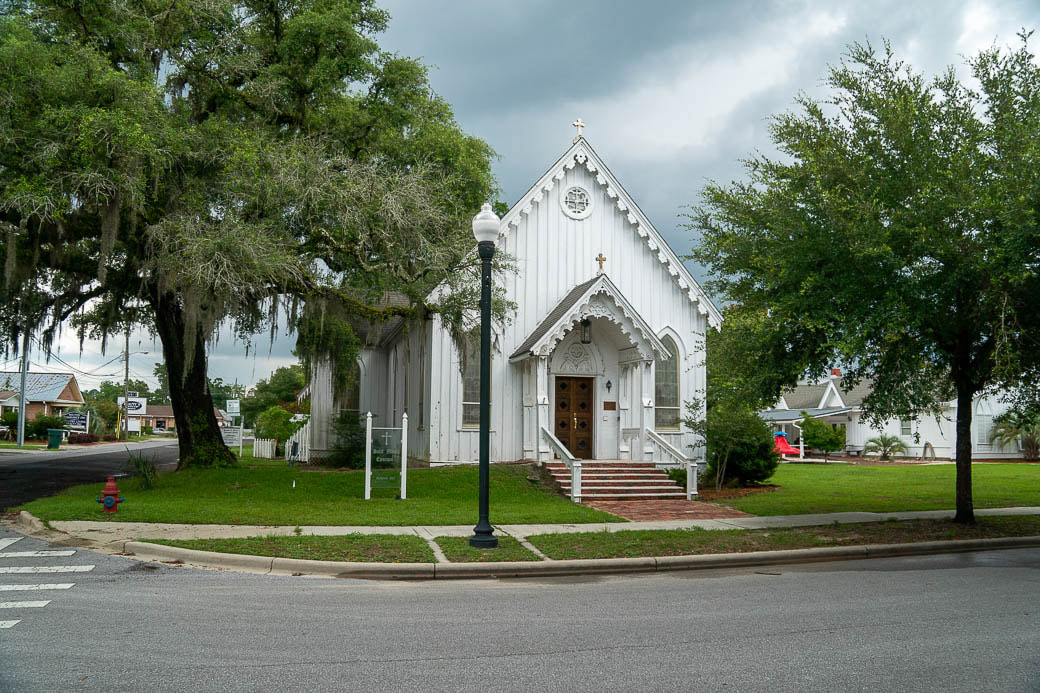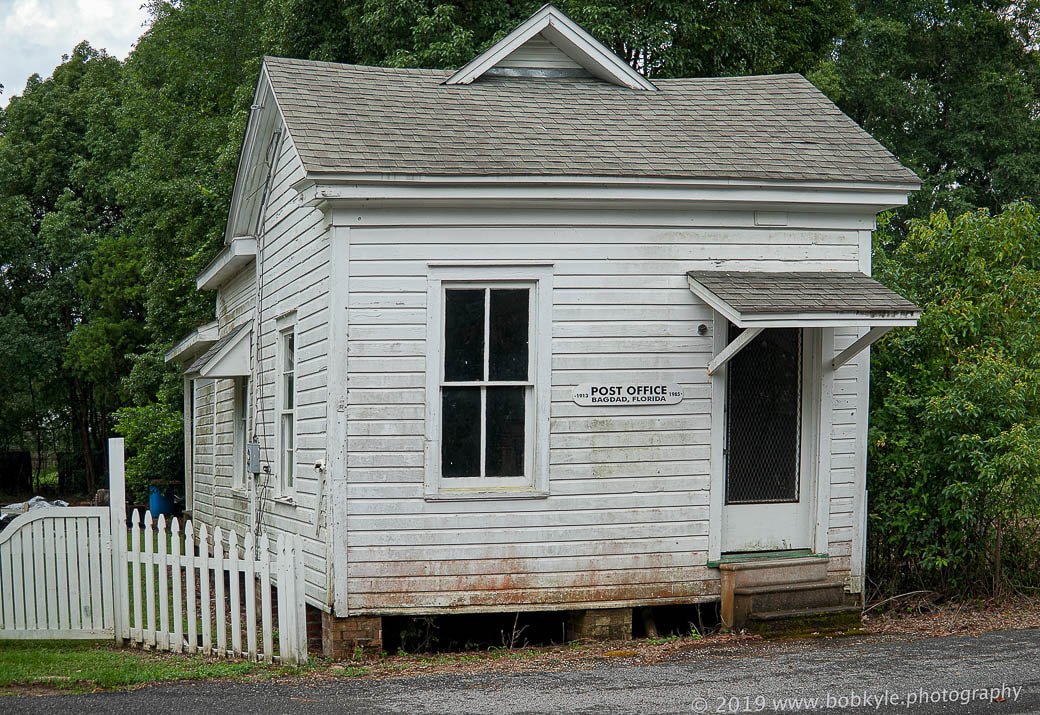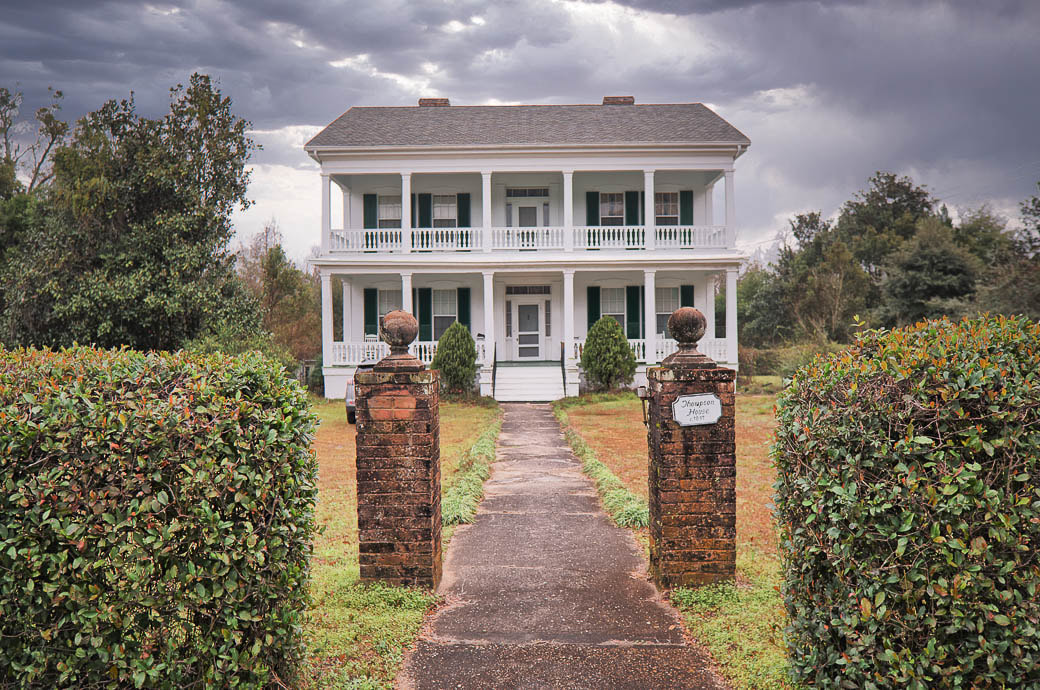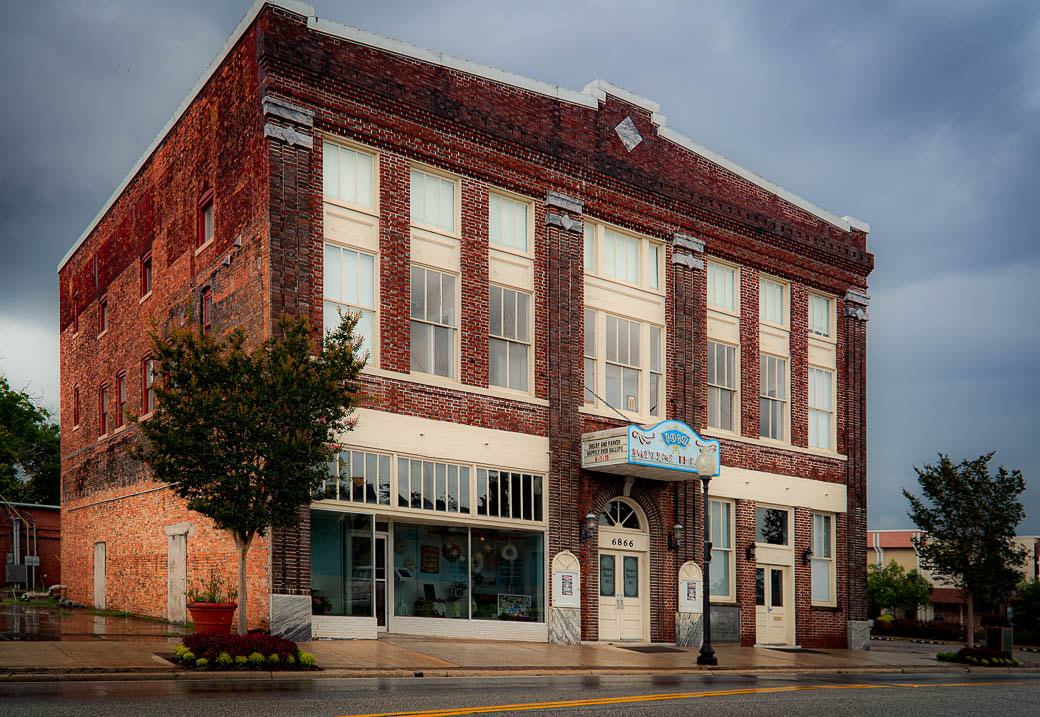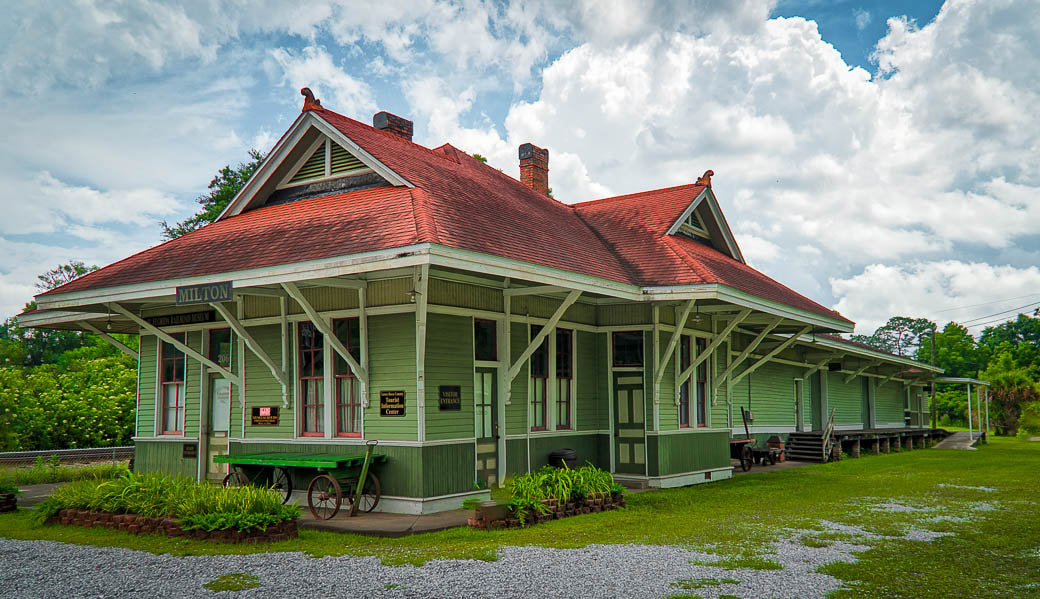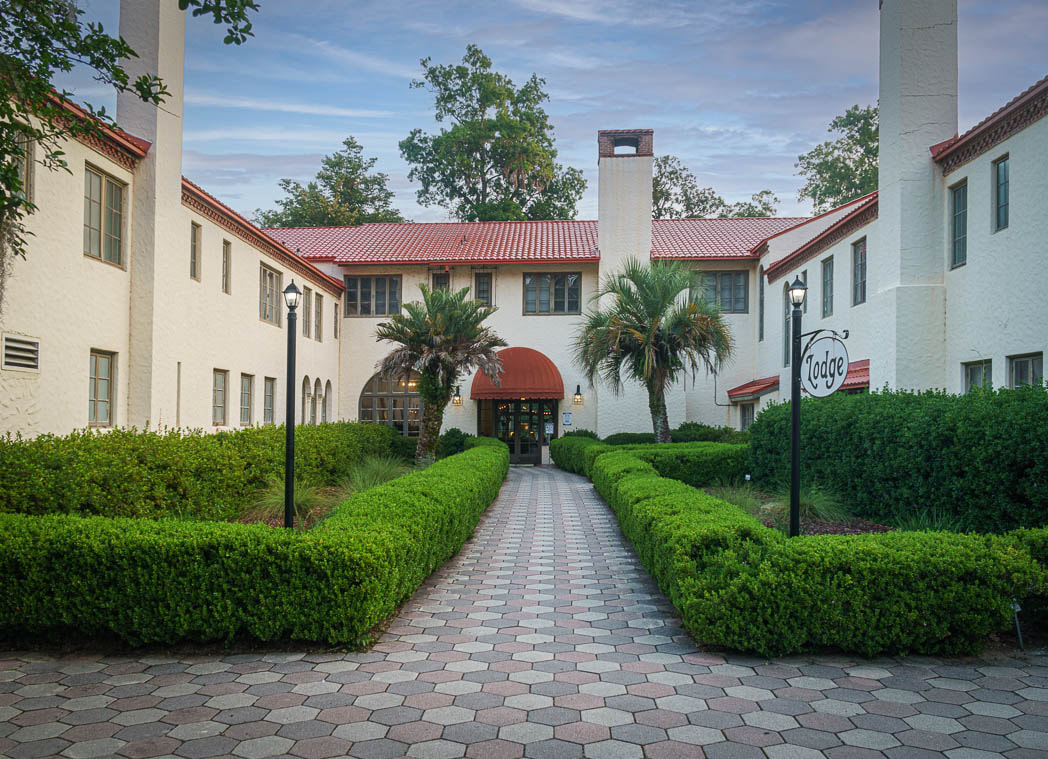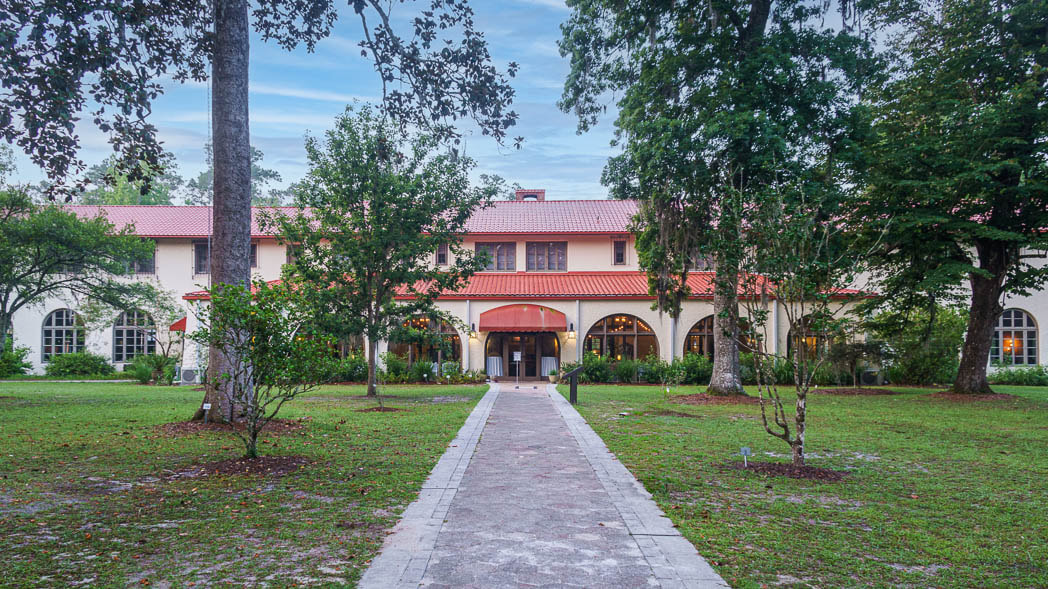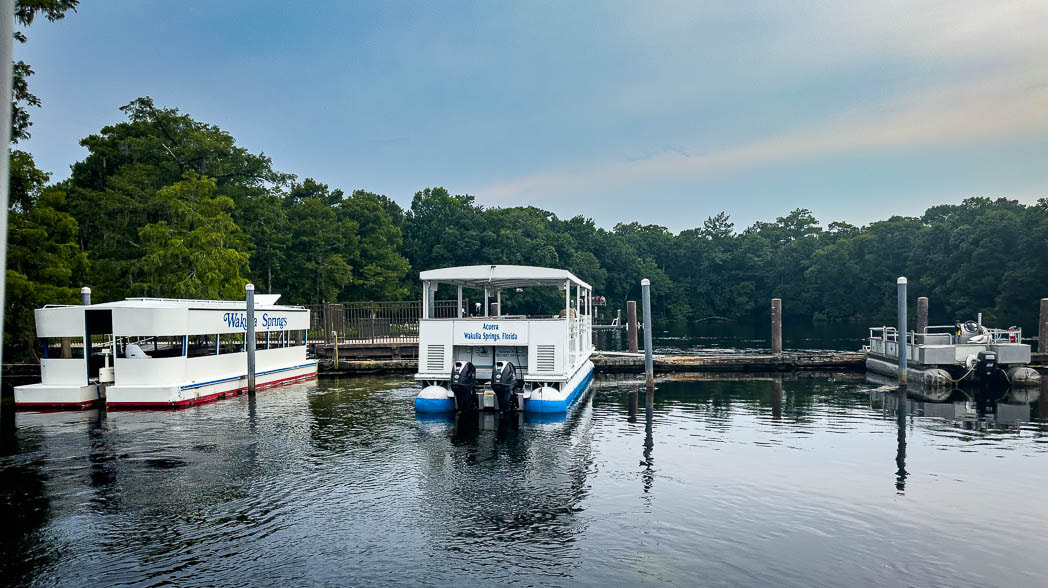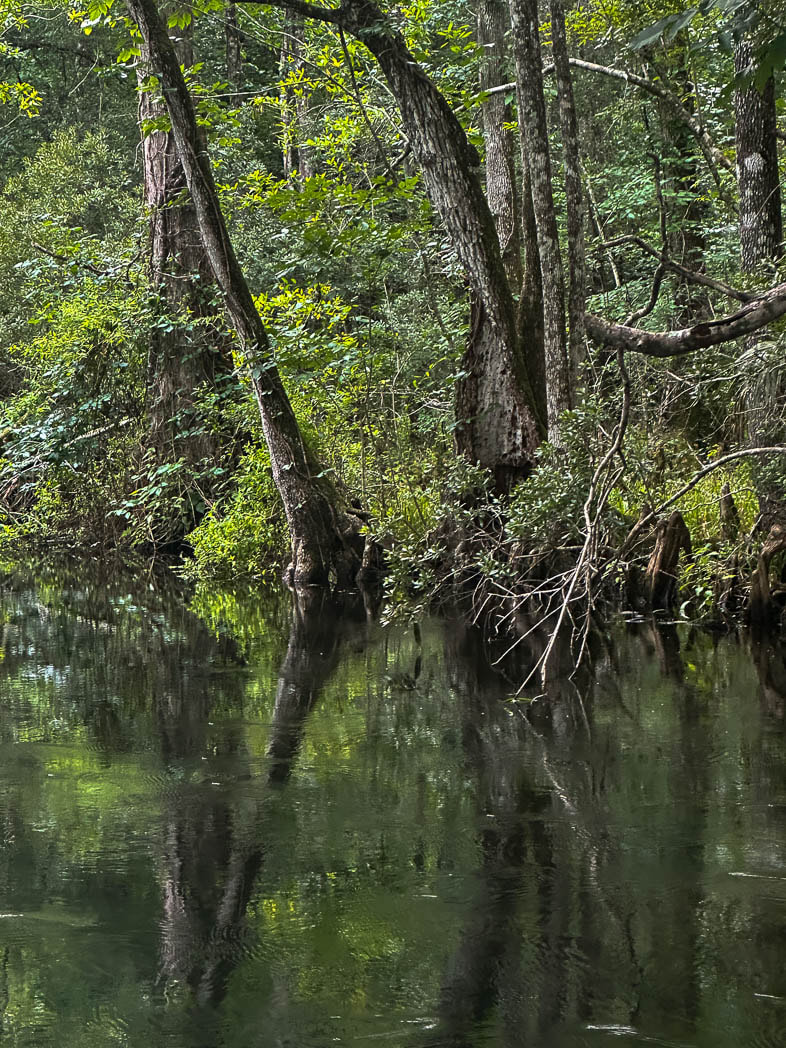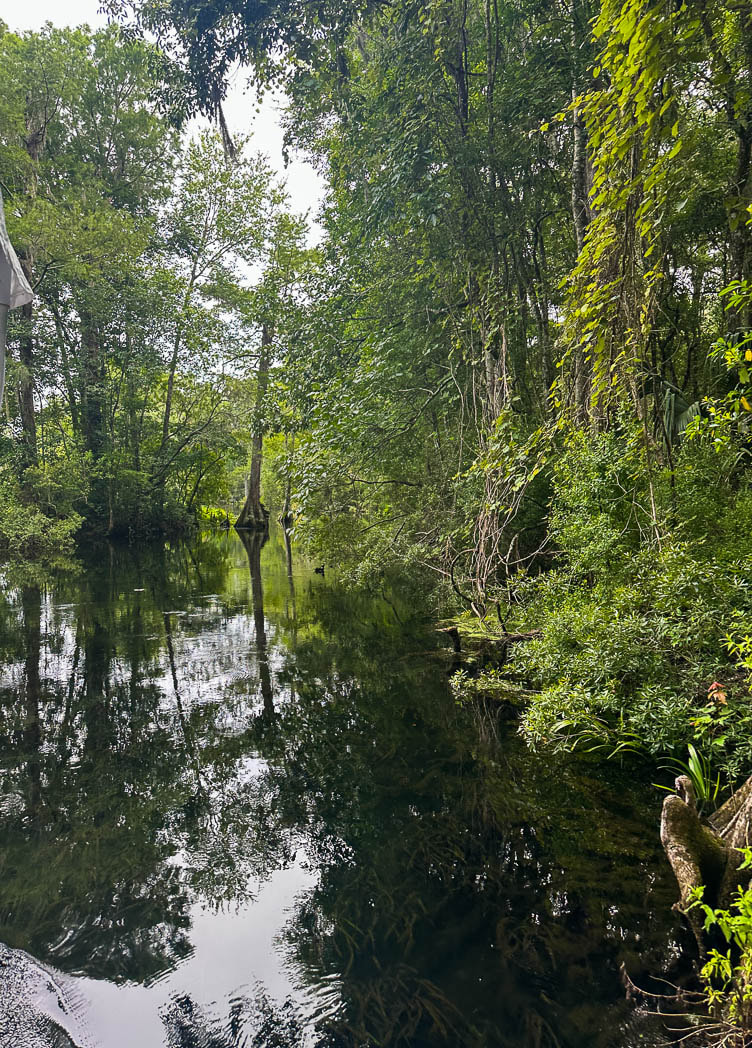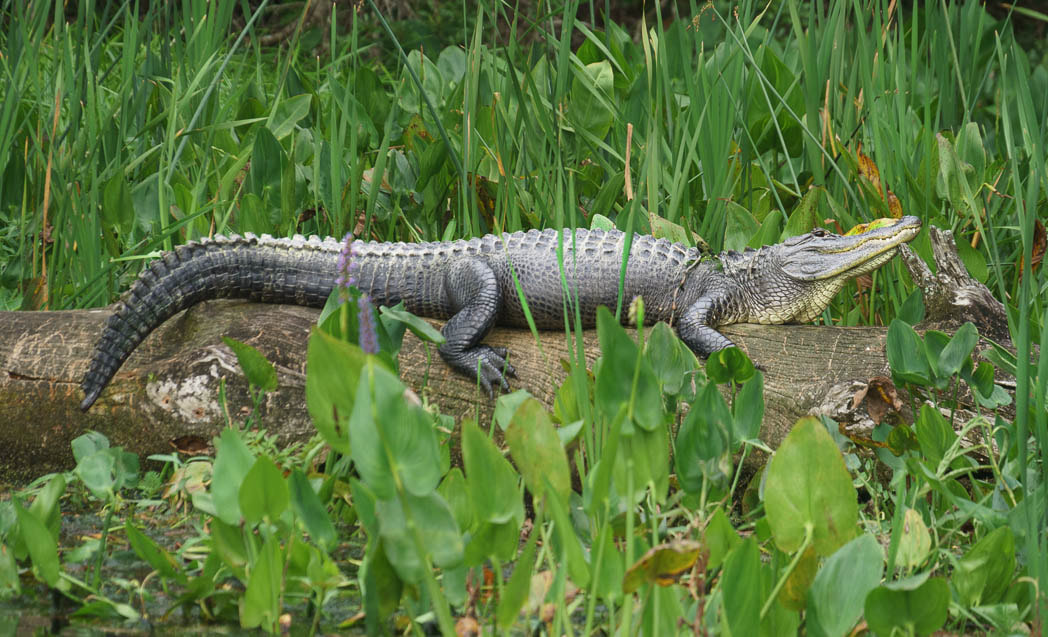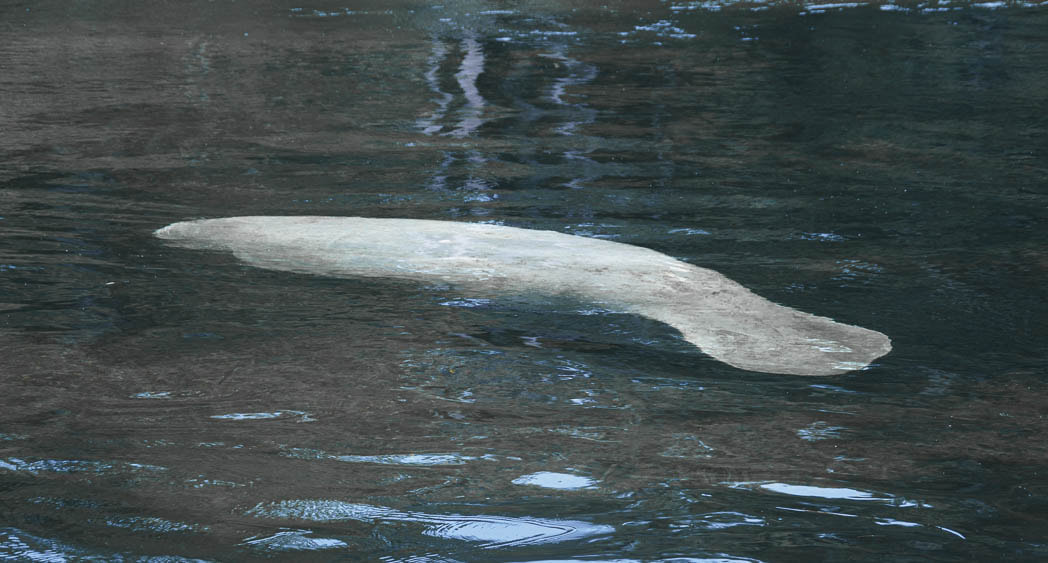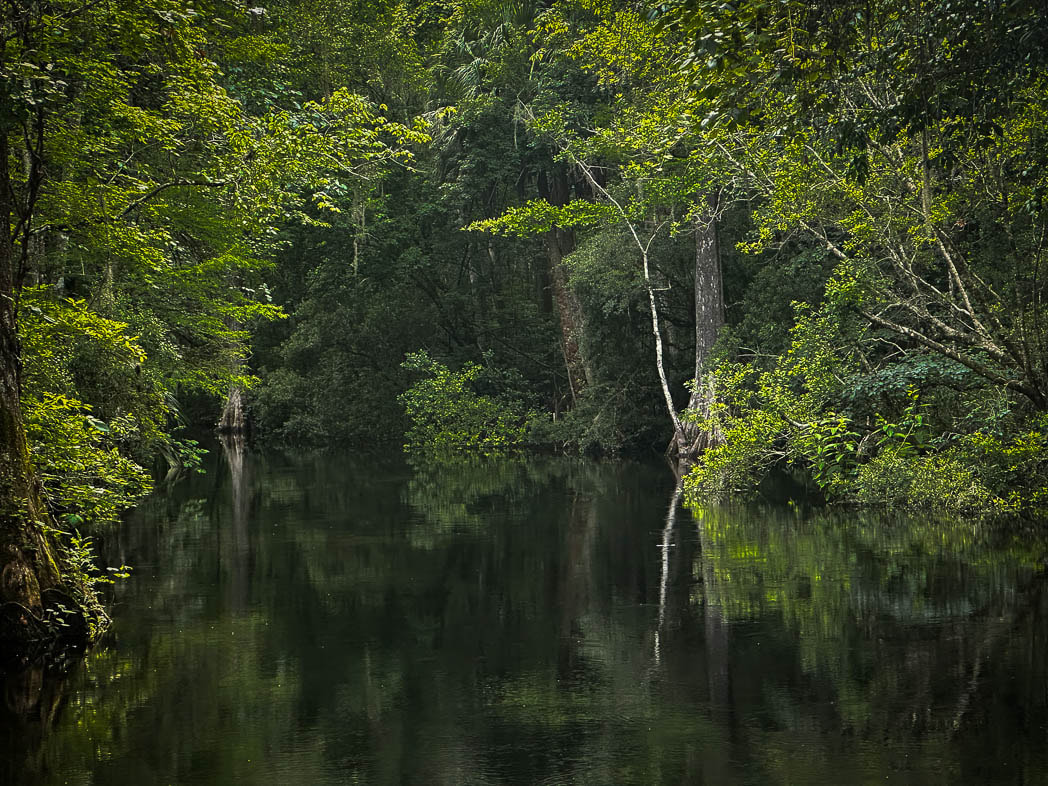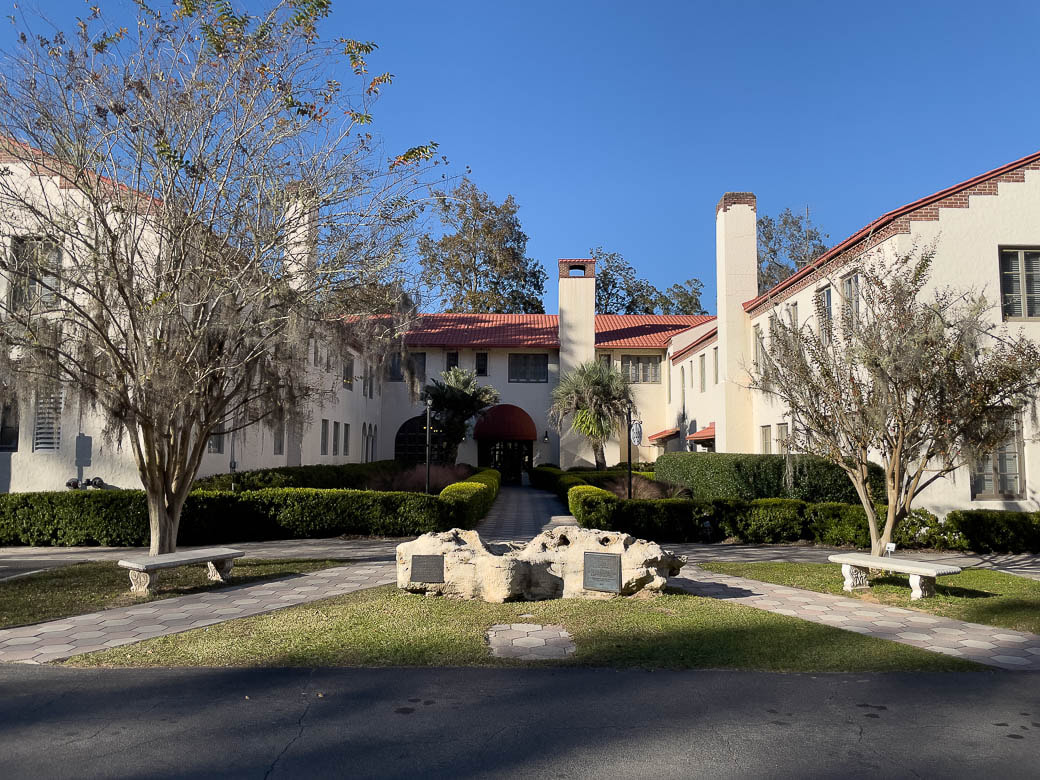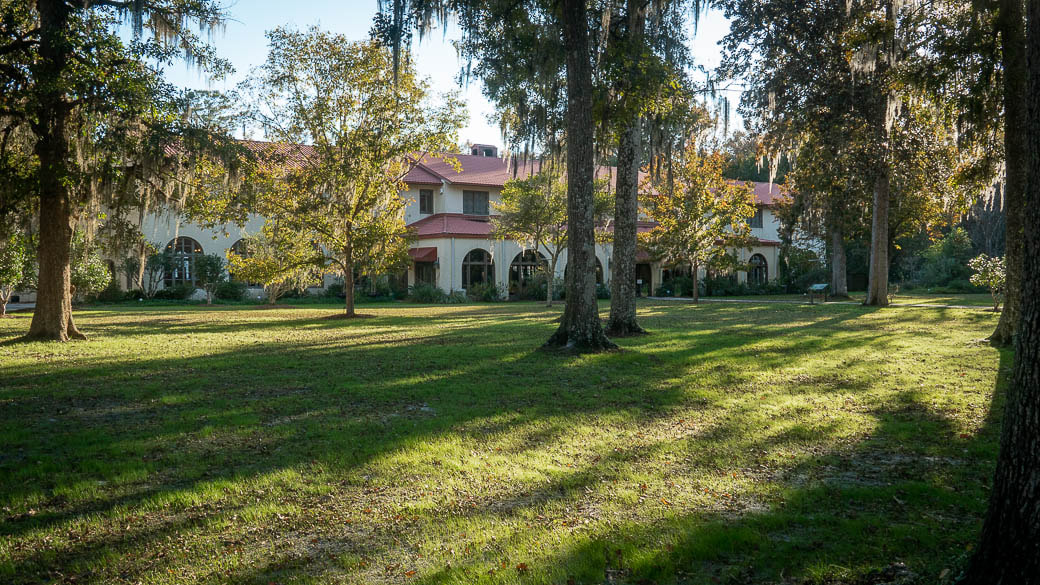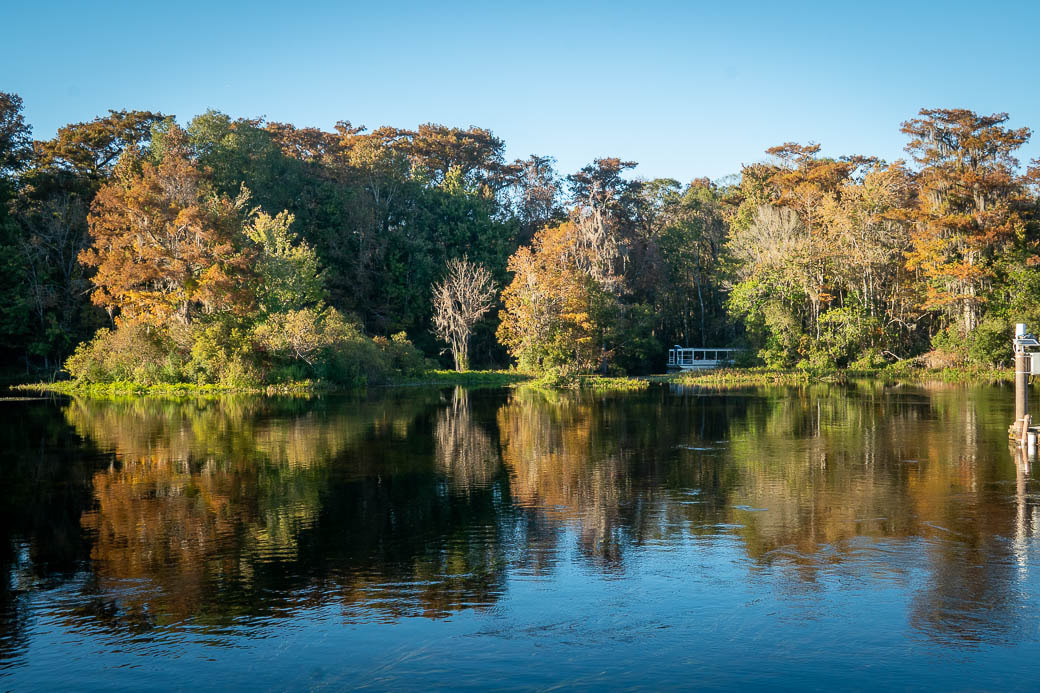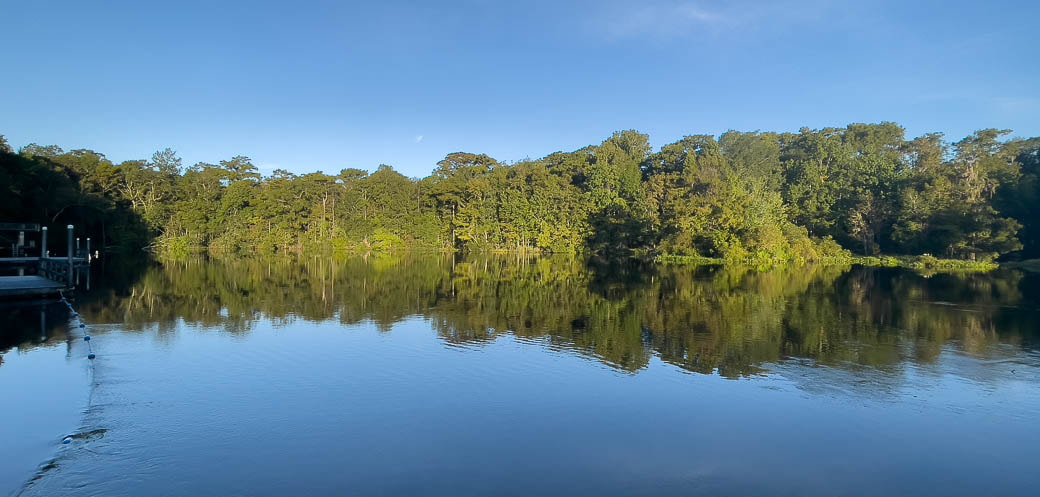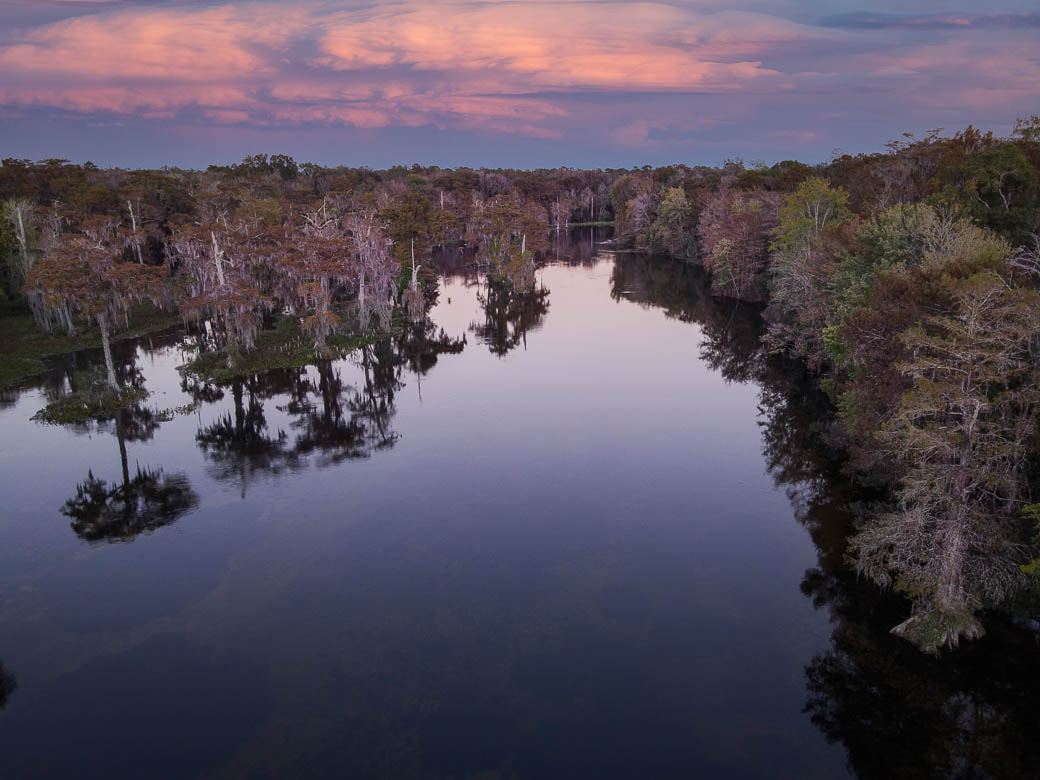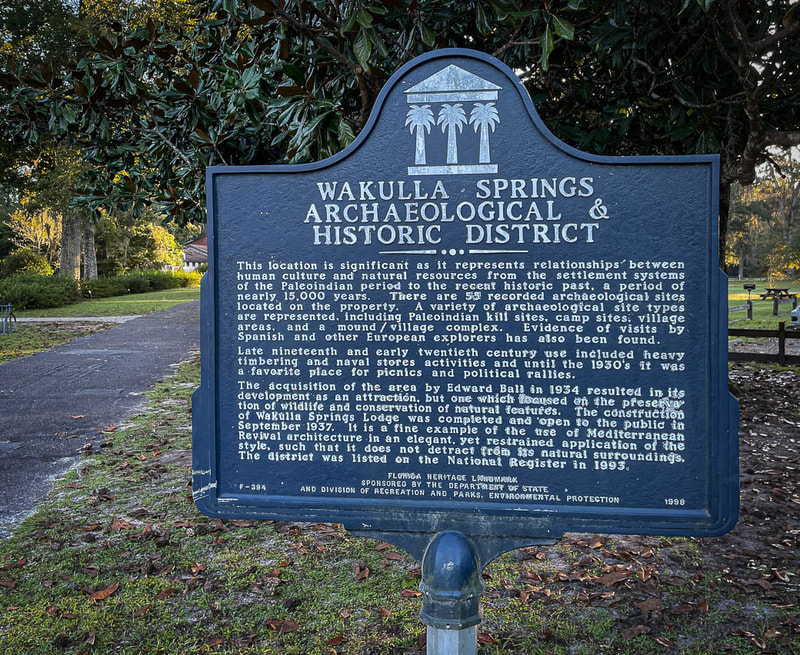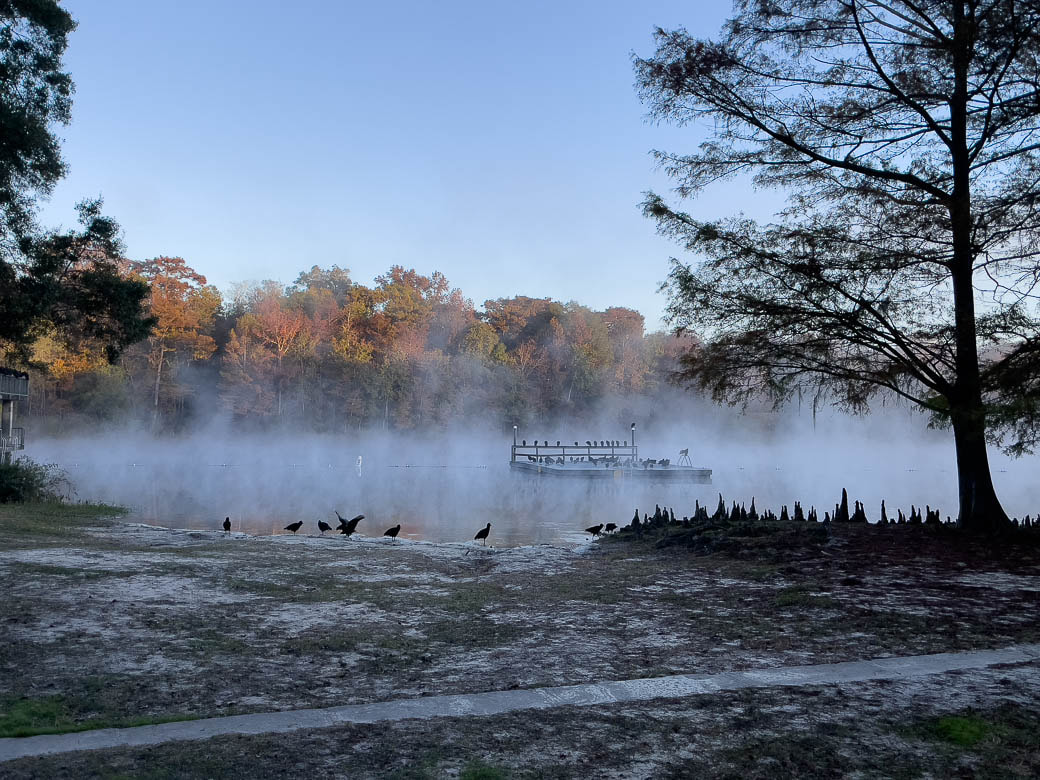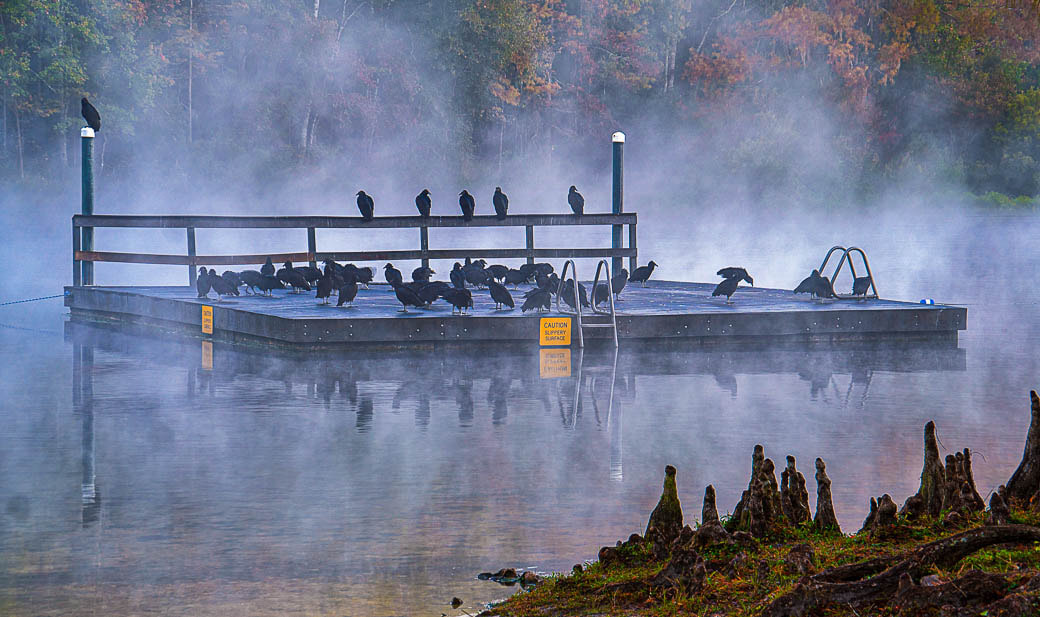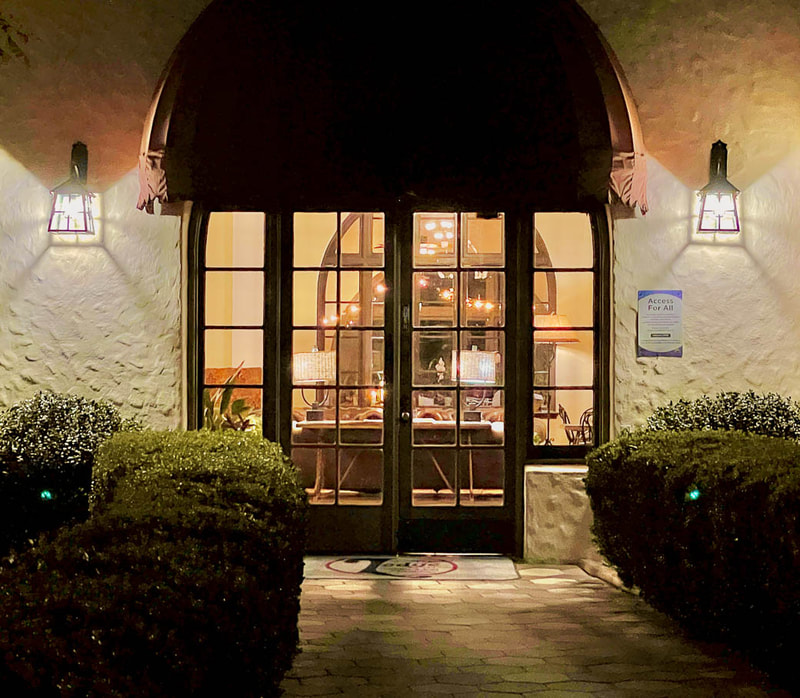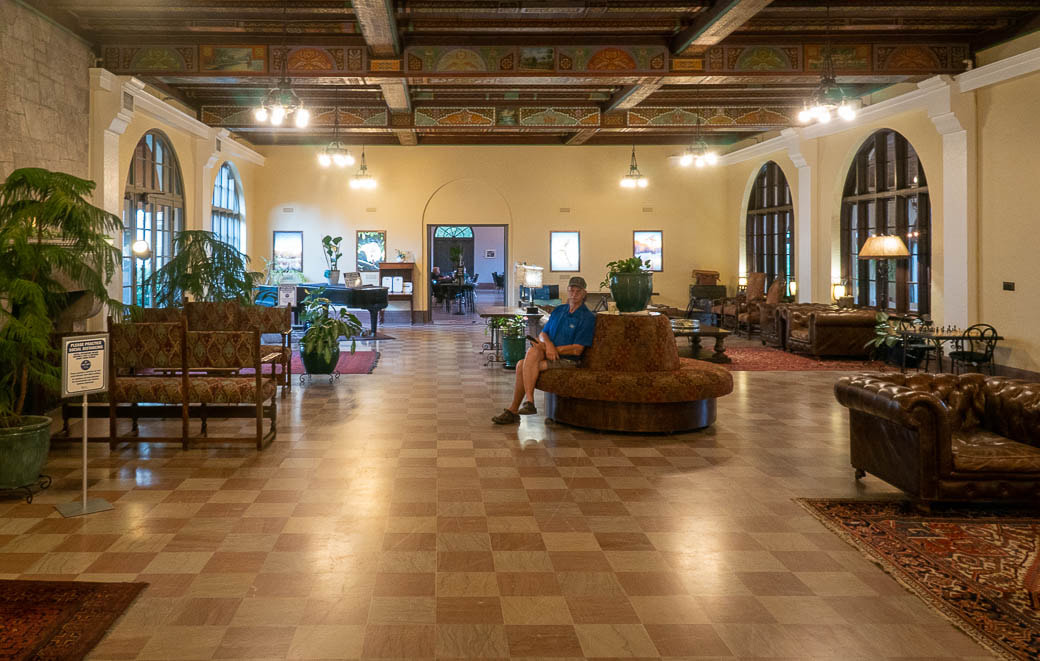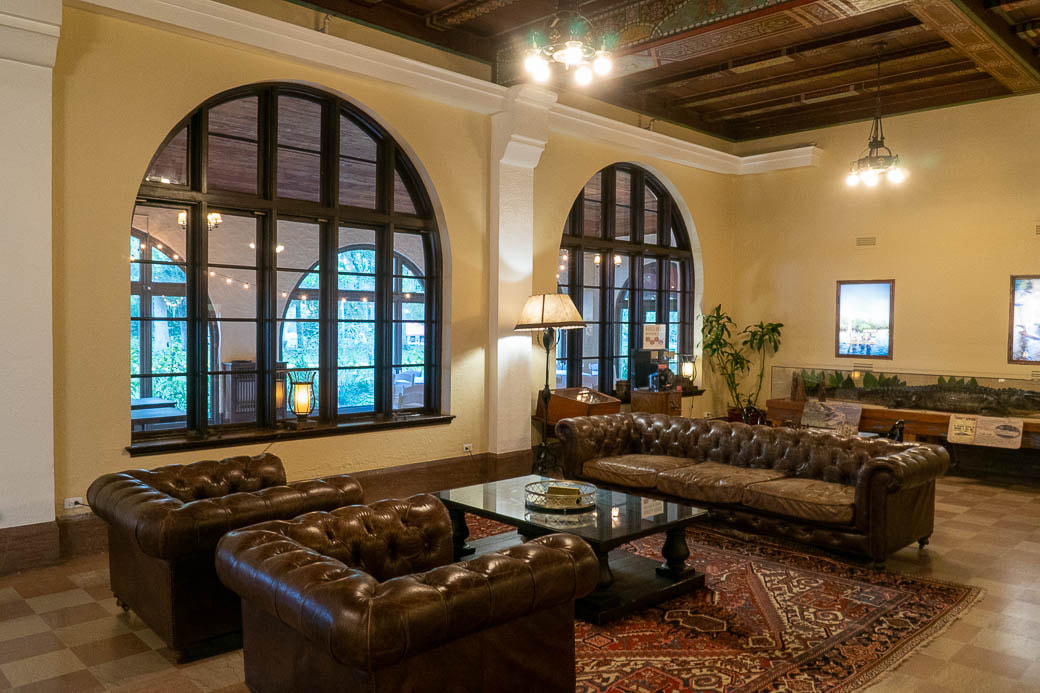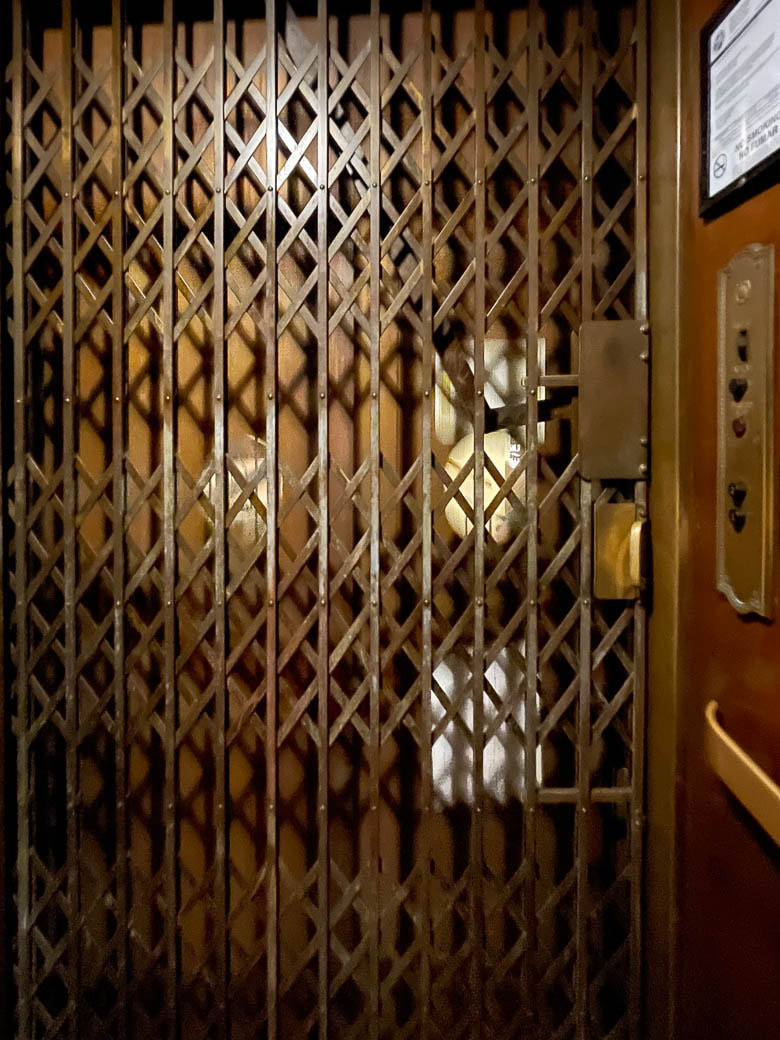|
Opened in 2000 in a converted train depot, this cute museum dips into Lady Lake’s past. The building dates to 1883, and was sold to the Florida Southern Railway a few months later. Ginger and I went on to photograph the historic site of Lady Lake Train Depot. Now a museum, the depot was sold to the Florida Southern Railway in 1884. Inside we explored the rail history and outdoors we captured the historical marker and train. We also traveled through the beautiful horse country of Summerfield.
0 Comments
"Sitting along Lake Hancock between Lakeland and Auburndale, Circle B Bar Reserve is a success story that Aldo Leopold would be proud of. Formerly a cattle ranch, the reserve encompasses more than 1,200 acres successfully restored to its original wetland habitats feeding the Peace River basin."
Explore more ... Florida Hikes - along Lake Hancock Florida Rambler - a Birding Paradise Photo Ops: enjoy exploring the paths around the lake (being careful near the waters). Morning sunlight offers many opportunities for great lighting conditions. You will come across other photographers who patiently wait for the special moment as they shoot (photographically speaking) wildlife. Bring a small bottle of water. We just returned from Italy (well, not really) and enjoyed lunch and a tour of an Italian Market.
... on a side trip to the 'Jungle' neighborhood of St Pete this week, we stopped at Mazzaro's Italian Market. We enjoy every now and then to check out what they have in cheeses, wine and the deli (we were not interested in Japanese A5 NY Strip for $124/lb on this trip) and grab a light lunch. If you haven't been there, it is a must-see in St Pete, 2909 22nd Ave N. There is no taking away from the experience, the food quality and being immersed in shoppers and yelling staff serving customers. We found many of the packaged foods, the cheeses and beef were significantly over priced. We both feel a) you have to visit and b) be sure to have lunch. Links: Mazzaro's Italian Market - mazzarosmarket.com/ Mazzaro's - A Taste of Italy by Trip Advisor "The Hampton Springs Hotel, was built in 1908, after Joe Hamilton, who was directed to a local spring by Indians. When the sulphur-rich spring water eased the symptoms of his wife’s rheumatism, he purchased a government grant to the area. A large plot of land nearby was purchased in 1879 by Benjamin W. and Joseph L. Hampton, and they formed the Hampton Springs Hotel and Mineral Company.
The sulphur springs and baths at the resort became known for their healing powers. The luxury hotel resort eventually included elaborate fountains and gardens, a covered pool, golf and tennis courts, stables, a casino, ballroom, outdoor dance pavilion, and railroad depot. The hotel also had a bottling plant, which bottled and shipped water from the springs to customers around the nation, and a private hunting and fishing lodge. The Hotel burned down in 1954 and The hotel burned down in 1954 and the area was largely abandoned. Ruins of the hotel, including the pool into which spring water still flows, are still visible at the site. There are a few picnic tables and some nature trails for visitors to enjoy while exploring the area." Source: Atlas Obscura - Hampton Springs Personal Note: Traveling the the backroads to Mississippi, we always keep our eyes open for different sites to visit and explore. A small sign on the road caught our eye and we soon located the entrance. As we walked the site we saw one RV parked inside, possibly a caretakers, but no one around. Searching the web on our phones we soon felt a part of it history, saw the springs nearby and many foundations. It has a history very much like one of favorite attractions we have visited several times - White Springs ... Florida's First Tourist Attraction - click here History: The tracks fr this train station were built in the late 1800’s. But there was no station here. Passengers had to “whistle stop” the train so it would stop to pick them up until Florida pioneer Henry Flagler built a stopping place in 1903 by the Florida East Coast Railway (FEC). It served as a transportation hub, connecting Vero Beach to other parts of Florida and beyond through the railway system. For the next 65 years, this was a terminal not only for passengers, but also for the abundant citrus crops produced nearby. But by '68, of course, travelers were coming to Florida by automobile and by plane. The depot features a Mediterranean Revival architectural style, once a wooden building, it today has a wood & stucco exterior, and the design reflects the influence of the Mediterranean architecture that was popular in Florida during the early 20th century. Today it is a museum. Read more: Visit Florida Facebook Post
"The railroad first arrived in Winter Haven in the 1880s when the South Florida Railroad extended its tracks to the area. The rail connection was vital for the agricultural and citrus industries in the region, allowing for easier transportation of goods to other parts of the state.
The current Winter Haven Train Depot was constructed in the 1920s. The 1920s and 1930s were prosperous years for Winter Haven, thanks in part to the railroad and the thriving citrus industry. The train depot served as a transportation center, connecting the community to larger cities and facilitating the shipment of agricultural products. With the rise of automobile travel and the decline of the railroad industry, many train depots across the country faced challenges. The Winter Haven Train Depot also experienced a decrease in passenger traffic and freight shipments during this period. In the 1980s and 1990s, there was a growing interest in preserving historical structures, including train depots. Efforts were made to restore and renovate the Winter Haven Train Depot to preserve its architectural significance and historical importance." Source: ChatGPT Personal Note: very little of the historic structure exists, and now the depot is a Amtrak station serving the area. "In 1910, a Mr. Menzie from Dundee, Scotland, decreed the tiny settlement here should be called Dundee after his former home. He also named one of Dundee’s many lakes, Lake Menzie. Soon after, land speculators and developers realized Dundee’s many attributes. In 1911, with the arrival of the Atlantic Coast Line Railroad’s new Haines City to Sebring branch and the construction of the Dundee railroad station, speculators had a means to bring prospective settlers to get a firsthand view of this beautiful section of Florida." Source: Town of Dundee
"Ft Myers: located on the coast of Southwest Florida, has a little bit of everything: pristine nature preserves, wild waterways, beaches, arts and culture, and plenty of retail and dining options.
In Fort Myers, the hustle and bustle you'll find in cities like Miami is replaced by family-friendly beaches and historic homes – like the Edison & Ford Winter Estates. Both historic figures are credited with transforming Fort Myers into the lush hideaway it is today." .. Sources: US News and Visit Florida Personal Notes: This week we travelled to Ft Myers with Eddie & Linda to explore the City of Palms and Historical Estates. A beautiful area. We picnicked at Snell Park, captured mural art in town and at the Yacht Basin and walked the grounds of the Edison Home. Great weather and a good time. The downtown area called the Historic River District was active with shops (particularly Christmas shopping, sidewalk dining and people). We did (had to) check out the Edison and Ford Winter Estates - magnificent (from the road). The recommended mural collection we were told was over 40 murals around the River Basin Yacht Club. Many murals were damaged from the last storm and they were a little disappointing. See the 'Collections' tab in the navigation bar for photos of murals we did capture or click here. "Murals have become a unique and appealing way of increasing tourism and improving commerce. Fort Myers Mural Society has been working toward this vision of artistic identity and cultural richness in Fort Myers since 2013". Source: Fort Meyers Mural Society
Frostproof is known as the “City of Charm” for its welcoming atmosphere and friendly locals. It got its name when a visiting reporter noted that it was the only place in Florida that was frost proof, due to its location above the frost line. Frostproof is home to some of the oldest and largest oak trees in the state, including “The Wonder of the Oaks” which is estimated to be over 300 years old.
We didn't know this small out of the way town actually existed until we researched historic train depots. It serve for years for transporting citrus crops out of the area. The Depot was bulit in 1912 by Frostproof Atlantic Coastline Railway Depot. Now that Idalia has past, we decided to visit Cedar Key to see how restoration efforts progressed and continue capturing Florida murals in one of the last 10 remaining fishing villages in the state. Acess from RT19 requires we turned onto Rt24 (a two-lane rural road) travelled approximately 20 miles west through wetlands and marshes - entering the Cedar Key Great Scrub Reserve with great views on either side of the road ... at times we felt like we were traveling to locations we have explored similar to travels to Ozello, the Florida Keys and Aripeka.
To our surprise and joy, the perceived damage Cedar Key was to have incurred was limited. In the historic district all the local cafes and breakfast shops were busy with patrons, enjoying friends, good food and a beautiful 70-degree morning. As we explored several buildings for murals, we decided to talk to the hosts at the Historic Island Hotel - which was known for a mural on their walls and they kindly offered a small tour of the interior. The Bartow Train Depot, also known as the Bartow Amtrak Station, is a historic train station located in Bartow, Florida, USA. It has a rich history dating back to its construction in 1888. Here are some key points in the history of the Bartow Train Depot:
Construction and Early Years: The Bartow Train Depot was built in 1888 by the South Florida Railroad Company, which was later acquired by the Atlantic Coast Line Railroad. The depot served as a transportation hub for the region and played a significant role in the development of Bartow and surrounding areas. Source: ChatGTP (not reliable) Personal Note: We could not locate the station and the address sent us to Sonny's BBQ. After reading more of the history, we realized that the depot had a mural (the only one existing) INSIDE Sonny's. So after taking photos outside, I walked around to the service area and entered (politely0 the kitchen. I was stopped by a worker who quickly went to get the owner. Very nice lady, and after some chit-chat allowed me inside the closed dining area to photograph the mural, seating and menu! In 1911, the Lake Wales Land Company was formed. In June of that same year, the Atlantic Coast Line Railroad (ACL) was extended from Haines City to Lake Wales, ending the relative isolation of the community by providing access to prospective settlers and an avenue to northern markets for the citrus industries and the products of the naval stores.
With confidence bolstered by the arrival of the railroad, the Lake Wales Land Company invested in the infrastructure of the town. In its first year, the town’s structure included a general store, a hotel, a turpentine still, an ice plant, and a small railroad depot. A second railroad, the Seaboard Air Line Railroad (SAL), completed construction in 1915, with its first train arriving on April 5, 1915.[6] By March of 1916, the population of Lake Wales had risen to 300 residents. Source: Lake Wales Atlantic Train Depot. The Lake Placid Train Depot, also known as the Lake Placid Seaboard Air Line Railway Station, is a historic railroad station located in Lake Placid, Florida. The station played a significant role in the development of the town and the transportation of goods and passengers in the region. Here's a brief history of the Lake Placid Train Depot. It was constructed in 1927 by the Seaboard Air Line Railway, which was a prominent railroad company in the southeastern United States.
The station was built in Mediterranean Revival architectural style, featuring stucco walls, red roof tiles, and arched windows, which was common for Florida train depots during that era.Rail Service. The train depot served as a crucial transportation hub, linking Lake Placid to other towns and cities in Florida and beyond. It facilitated the movement of agricultural products, citrus fruits, and passengers, playing a vital role in the economic development of the area. In the late 20th century, there was a growing interest in preserving historic structures, including old train depots. Efforts were made to preserve and restore the Lake Placid Train Depot, and it was added to the National Register of Historic Places in 1993 and serves todays as the Historical Society Museum. Opened in 1924, the Mediterranean Revival style passenger depot was built as part of the Seaboard Air Line Railway’s (SAL) expansion into central Florida along what it dubbed the “Orange Blossom Line.” The new rail line offered direct access to the Northeast, thereby bolstering tourism efforts aimed at promoting the area’s year-round mild climate. Nearby, the SAL also erected a freight building.
The Atlantic Coast Line railroad (ACL) came to Sebring in June of 1912 on the branch reaching southward from Haines City. The coming of the railroad opened this virgin territory to development in lumber, mining, citrus and tourism. The railroad also provided the main route in for new residents, as an unpaved sand trail was the only other means of access at first. Source: Great American Stations One of Florida's prettiest small towns, Lake Placid boasts nearly 50 outdoor murals adorning its downtown buildings. Found in the lake-intensive center of the state and known as the Caladium Capital of the World, Lake Placid’s attractions include 27 freshwater lakes, Toby's Clown School and a small-town charm people love. The annual Caladium Festival is held the end of July. Enjoy the Depot Museum, home of the red caboose and local history artifacts. Source: Visit Florida Personal Notes: Knowing that there were over 45 Murals in town, upon arriving in Lake Placid, we first found the Historic Lake Placid train depot - now a museum. On the way there however, we passed and captured at least 12-15 murals in downtown. All the murals were beautiful, telling a story of the town and area through wall art. At the Museum, we met a very nice gentleman who shared more history and suggestions for additional murals. Learning the most popular mural was on the Tractor Supply store, we proceeded their passing and capturing maybe 6-8 more murals.
We see the mural but first go in the store to check for seed Ginger needed, and we found the deal of deals and nicest store attendant who helped us find diatomaceous earth for the garden ... AT A SALE THAT WAS 60-70% LESS THAN HOME! We pack up, headed home and 30 minutes away I said "we forgot to take a photo of the #1 mural. That made it easy to say "We'' be back". Travel from Redington Beach to Biloxi and return Rt19; Rt98, Rt10, 263, 71 and more
... to be continued Below are the Florida destinations we have explored and want to share. Note: the date of the post may or may not represent the calendar date the destination was visited. Most often it does, but as updates are made, the post date changes to the last time post was visited. So this is a great page to just scan destinations visited. To view specific towns, go to Destinations page here or use Navigation bar at the top of each page. Those options will launch the Towns by Region page. Click the town of interest. Search for a Town of Interest The restored Simpson House is a 1,430 sq. ft. historic house museum highlighting life at Arcadia Farms during the Great Depression. Source: Arcadia Homestead
The Tallahassee-St. Marks Historic Railroad State Trail runs 20.5 miles from Florida's capital city to the coastal community of St. Marks. Through the early 1900s, this historic railroad corridor was used to carry cotton from the plantation belt to the coast for shipment to textile mills in England and New England. Read more: The Old Store on the Wakulla River
Date May 15, 2022 Marianna was founded in 1828, and named for the Scottish founder's wife Mary and her friend Anna. Marianna's downtown has a nicely restored historic district, and it has been recognized as a Florida Main Street Town. Click here for additional Marianna details and photo opportunities. Notes: We found Marianna was a quiet town, sort of laid back. This may be because each time we visited the town it was either on a Sunday morning, after Hurricane Michael or post COVID. We found several interesting subjects to shoot, but after hurricane Michael, there is what I will call recovery efforts underway even today (June 2022). Not directly in town, but we did have an opportunity in May 2022 to hike to the famously known Florida Ghost Story - Bellamy Bridge. Just after Hurricane Michael the entire area was flooded severely. Access to the trail was underwater and we (at that time decided to postpone any attempt). Finally, on our trip in 2022, we accessed the trail and believe we saw the Ghost of Bellamy Bridge (no it was a backpacker). Nearby, we had previously visit the Florida Caverns State Park where we enjoyed a guided tour of the underground caverns - one of Ginger's most enjoyed stops where we went 'deep' into the caverns 'where no light existed'. Photo Ops and places of interest
Resources: Wiki ... en.wikipedia.org/wiki/Marianna,_Florida The Ghost of Bellamy Bridge ... exploresouthernhistory.com/bellamybridge Florida Caverns State Park ... www.exploresouthernhistory.com/floridacaverns.html "Despite its antebellum prosperity, Marianna had to wait until after the War Between the States (or Civil War) for the railroad to arrive and connect it to points east and west. There had been many promises and speculations over the years. In 1881, however, Col. W.D. Chipley and Frederick R. De Funiak joined with others to found the P&A Railroad, so named because it would connect Pensacola on the west with the Apalachicola River on the east. The line was incorporated by the Florida Legislature on March 4, 1881." Source: Two Egg Blogspot
Notes: Locating this depot was similar to a road rally search. Multiple 'train' sites ignored this depot and little reference was see. Then checking an abandoned blog I recalled called Two Egg - reference was made to this depot. See Two Egg's photo below taken in 2014. "The Arcadia Mill Archaeological Site in Milton represents the largest 19th-century water-powered industrial complex in northwest Florida. This site was the location of a multi-faceted operation that included a water-powered sawmill, a lumber mill with planning and lathing machines, grist mill, bucket and pail factory, shingle mill, cotton textile mill, and even an experimental silk cultivation operation. Initially, iron stone was quarried and shipped to Pensacola.
The Arcadia Mill complex also included other structures that supported the textile operation such as living quarters for the over 40 enslaved women and their families, a kitchen, storehouse, blacksmith shop, and community well. Although the complex only operated from 1817 to 1855, it played a pivotal role in the political and economic development of northwest Florida. Unfortunately, little in the historical record describes the site, its construction, or operation. No maps, drawings or photographs are known to exist. Furthermore, very little of the site complex is above ground, which makes it a unique archaeological destination." Source: American Heritage. Additional Reading: Visit Florida - and - Arcadia website Notes: We were unaware that Milton had such a unique history. This little town off of Rt10, After quickly reading about it I was hoping to see physical structures and abandoned equipment, we found the site posters and walk through the area interesting and mildly exciting to realize Florida's history, how entrepreneurs really contributed to development and how time takes it's toll on things. It was neat to walk the site boardwalk and stop and read along the way (envisioning what was there). Sites I read indicated no structures remain above grade. June 10, 2023 Additional exploration of Milton-Bagdad provided some gems of history including 100 year old structures and a 1870 hose reel cart used in town at the Forcade House. "The property for the Forcade House was purchased in 1918 for $85 from the Oakland Lodge No. 18 of Bagdad. Completed in 1919, it is an outstanding example of Shingle style architecture, rarely seen in the South". Source: HMdb What was most interesting was our walk on the Arcadia Boardwalk, learning the history of our first industrial complex Arcadia Mill. Nearby was the Arcadia Homestead highlighting life during the Depression. June 9, 2019
"You really cannot separate these two towns. Milton is one of the oldest cities in the state, having been incorporated in 1844 before Florida became a state. Florida was still a territory and did not achieve statehood until the following year, 1845. Bagdad is a small historic town on the south edge of Milton that has also done a good job of preserving some of their old buildings". (Backroad Florida) Notes: It is interesting to see some of the oldest towns in Florida and how the community recognized them as historical and continue to maintain and restore many building. Milton/Bagdad are almost inseparable. We couldn't recognize if we were in Milton or Bagdad (except for the Post Office). No matter what town you visit, it is always more to see and find when you pass through a second (or third time).We loved the church and met the Pastor who was kind enough to invite us in for 'photo peek'. Photo Ops and interesting Sites:
Resources: Milton History Bagdad History Florida Backroads Travel - Milton June 9th, 2023 Return visit to Wakulla Springs 𝑻𝒉𝒆 𝑪𝒓𝒆𝒂𝒕𝒖𝒓𝒆 𝒇𝒓𝒐𝒎 𝒕𝒉𝒆 𝑩𝒍𝒂𝒄𝒌 𝑳𝒂𝒈𝒐𝒐𝒏 ... for Ginger's birthday we decided to return to Wakulla Springs (one of the world's largest fresh water springs) and Lodge. This time we toured the 'back channel' of the springs where the original 'Creature from the Black Lagoon' and 'Tarzan' movies were filmed. We love the Old Florida 'feel', the natural beauty of the area, the trails, and staying in the 1920's Lodge. Of course we will check out the historical sites in St Marks, Crawfordville and more. Nov 16th, 2021
"The invigorating 70 degree waters are sure to refresh you on even the hottest summer days. The historic lodge is an elegant remnant of old Florida, and the ancient cypress swamps made the perfect backdrop for old Hollywood movies. Wakulla Springs is a place where history stretches back thousands of years, from early Native Americans who lived in shoreline villages to filmmakers who recognized the primeval quality of the park’s swamps and wildlife when they decided to film Tarzan’s Secret Treasure (1941) and Creature from the Black Lagoon (1954) here." Source: Florida State Parks Notes ... As Ginger and I travel, we enjoy finding alternate routes to our destinations especially through the Panhandle. We always seem to reflect on the how surprised we are to see so many different sites and historical locations as we travel. On our past travels heading west through the Panhandle, we have seen markers for Wakulla State Park ... but never took the time to see what it was about. Then about in mid 2021 we said "let's try it!" . Pulling into the State Park, passing the ranger's hut, we came to an 1920's lodge looking like we envisioned was old Florida, beautifully situated in the park and surrounded by wooded forests. We talked to several staff at the Lodge and learned the 'spring' is the world's largest and deepest freshwater springs. Not having planned for an overnight, we did return to Wakulla for an overnight and explore the quaint towns around the area with friends. Wakulla is on our 'top 10' list for photographic destinations, and we plan to return again. Photo Ops:
Note: As all 'facts' shared on the web, conclusions like first, oldest, largest boils down to 'depends'. For example Pensacola IS the oldest town in Florida (still controversial), while St Augustine is the oldest 'continuously occupied' ... so they both are the oldest. Based selected criteria such as: gallons of spring water, acreage, depth, etc., Wakulla Springs can be the 'largest' fresh water spring but truly is 'one of .." Resources: Wiki ... en.wikipedia.org/wiki/Edward_Ball_Wakulla_Springs_State_Park Wakulla State Park ... www.floridastateparks.org/WakullaSprings Worth Exploring ... www.floridarambler.com/big-bend-getaways/wakulla-springs-state-park/ |
|







